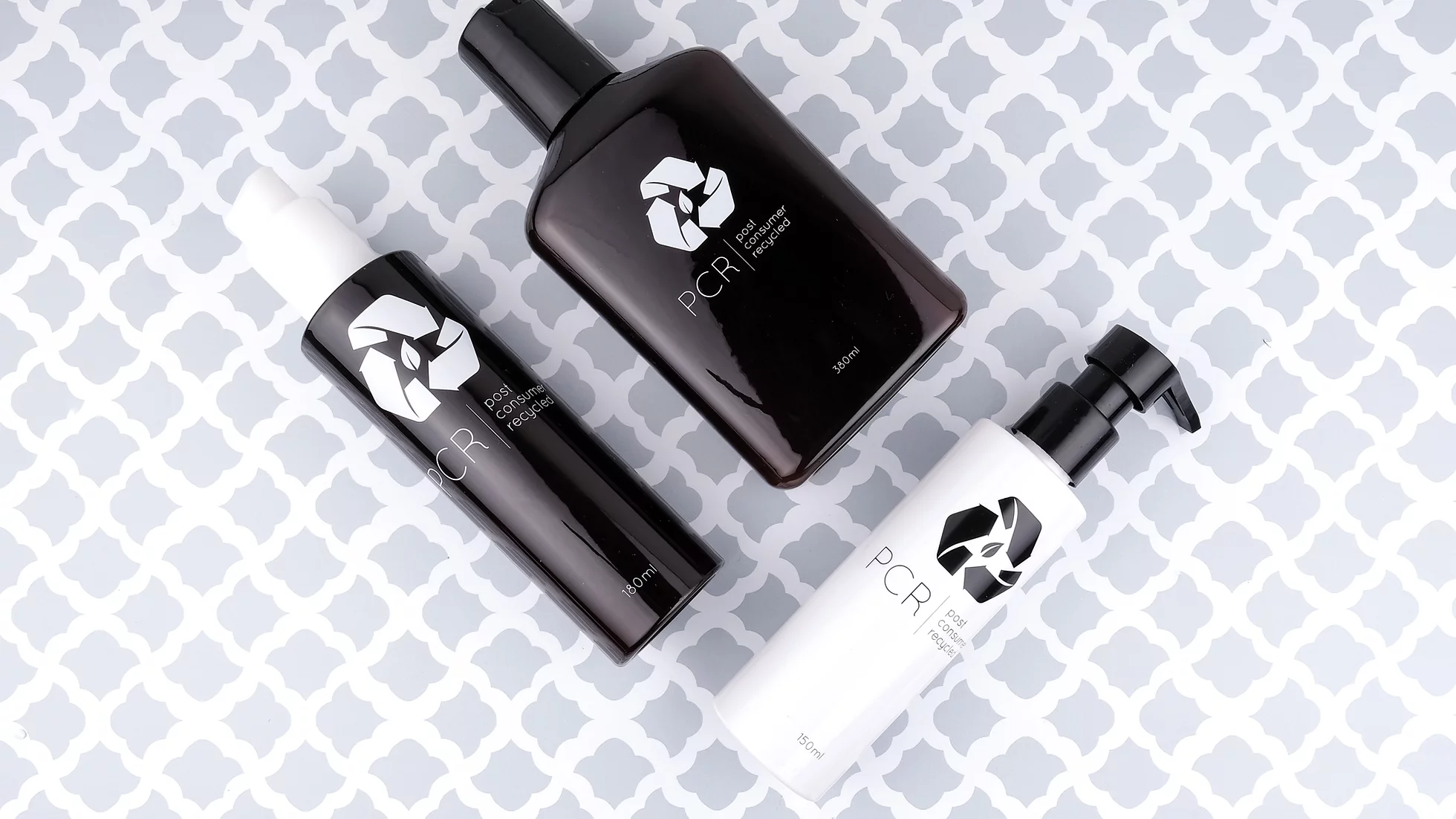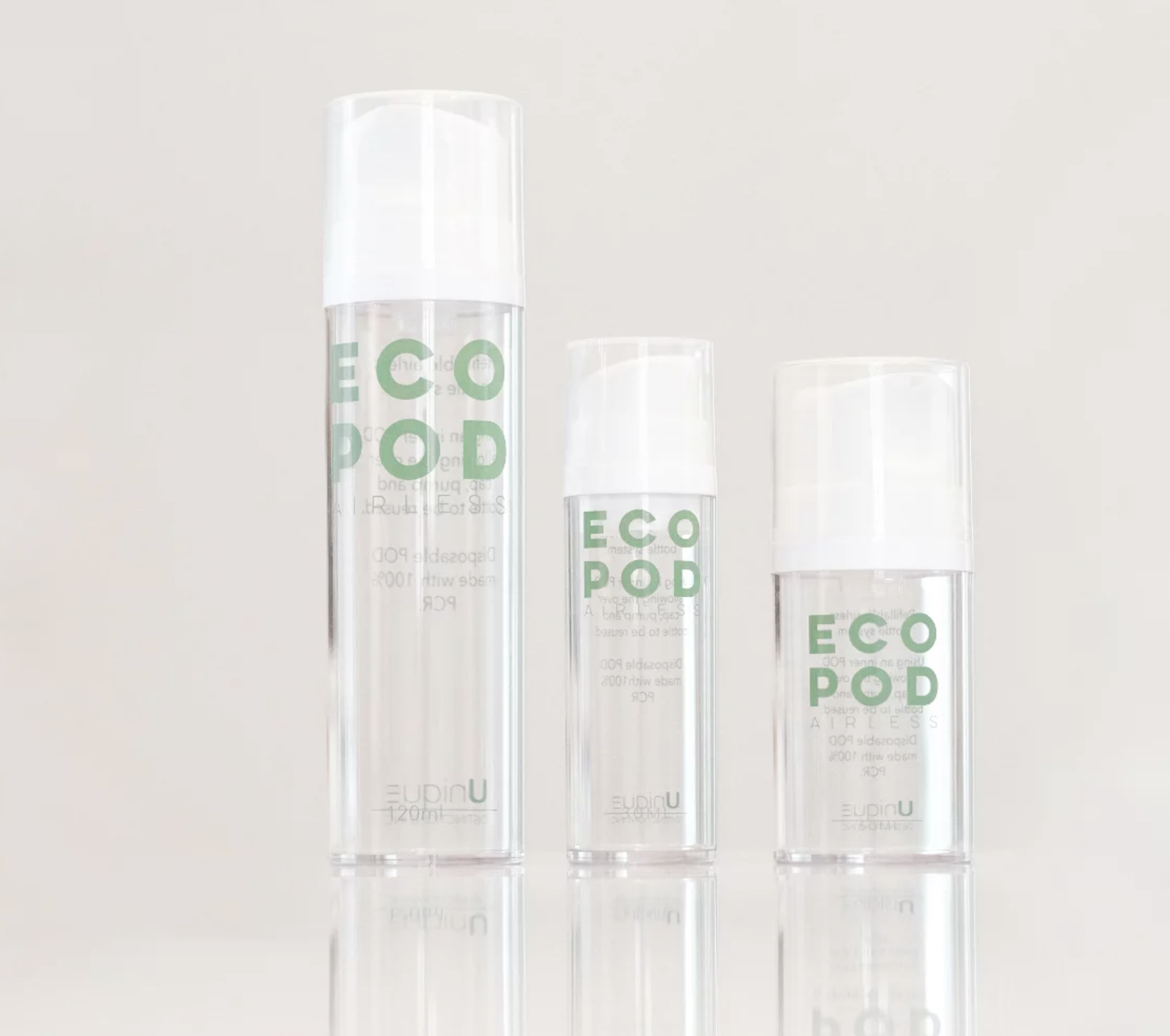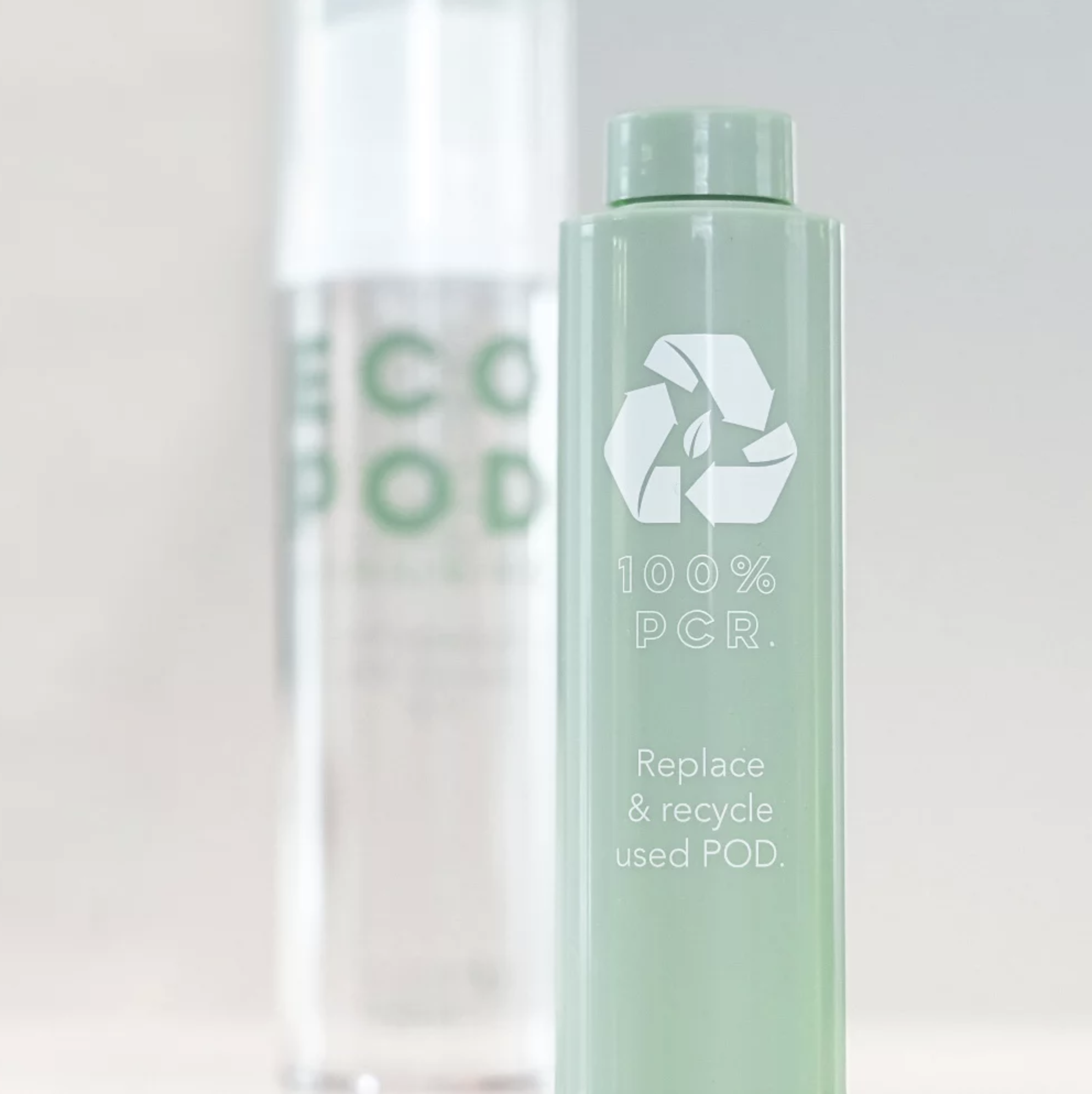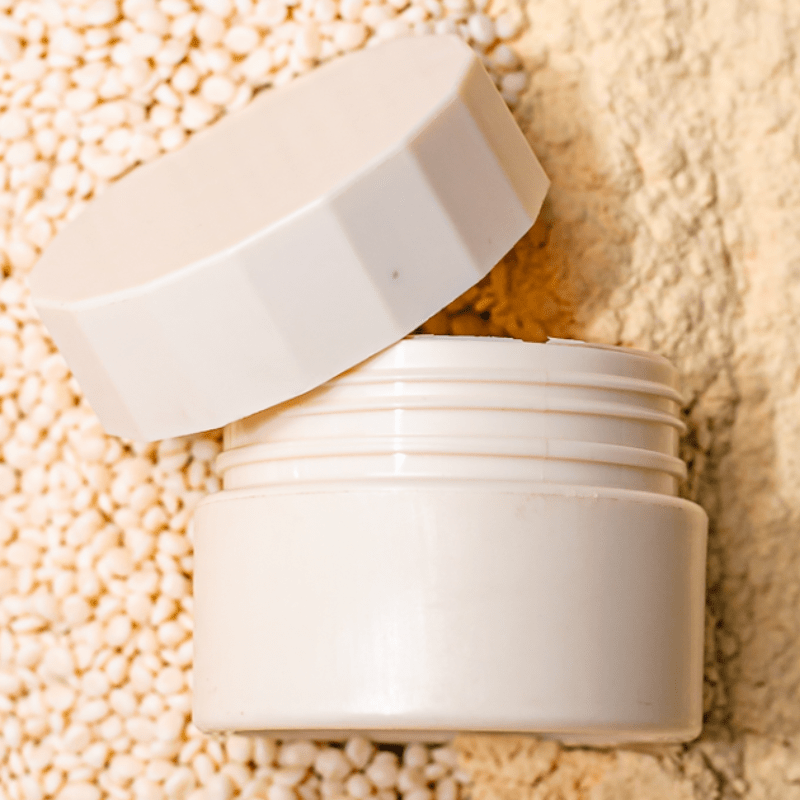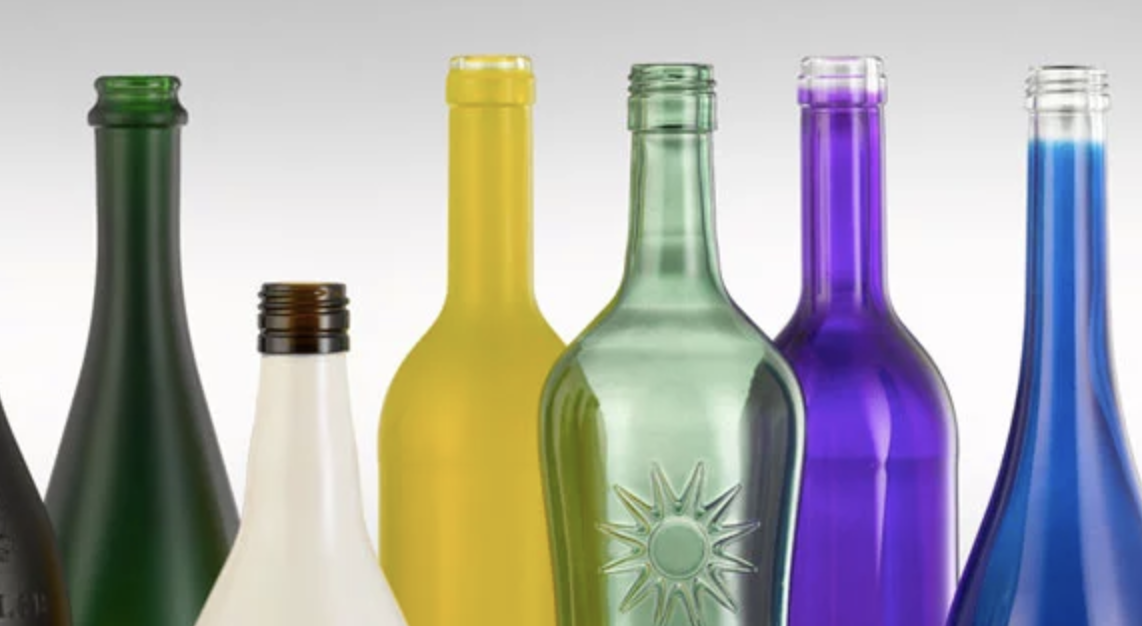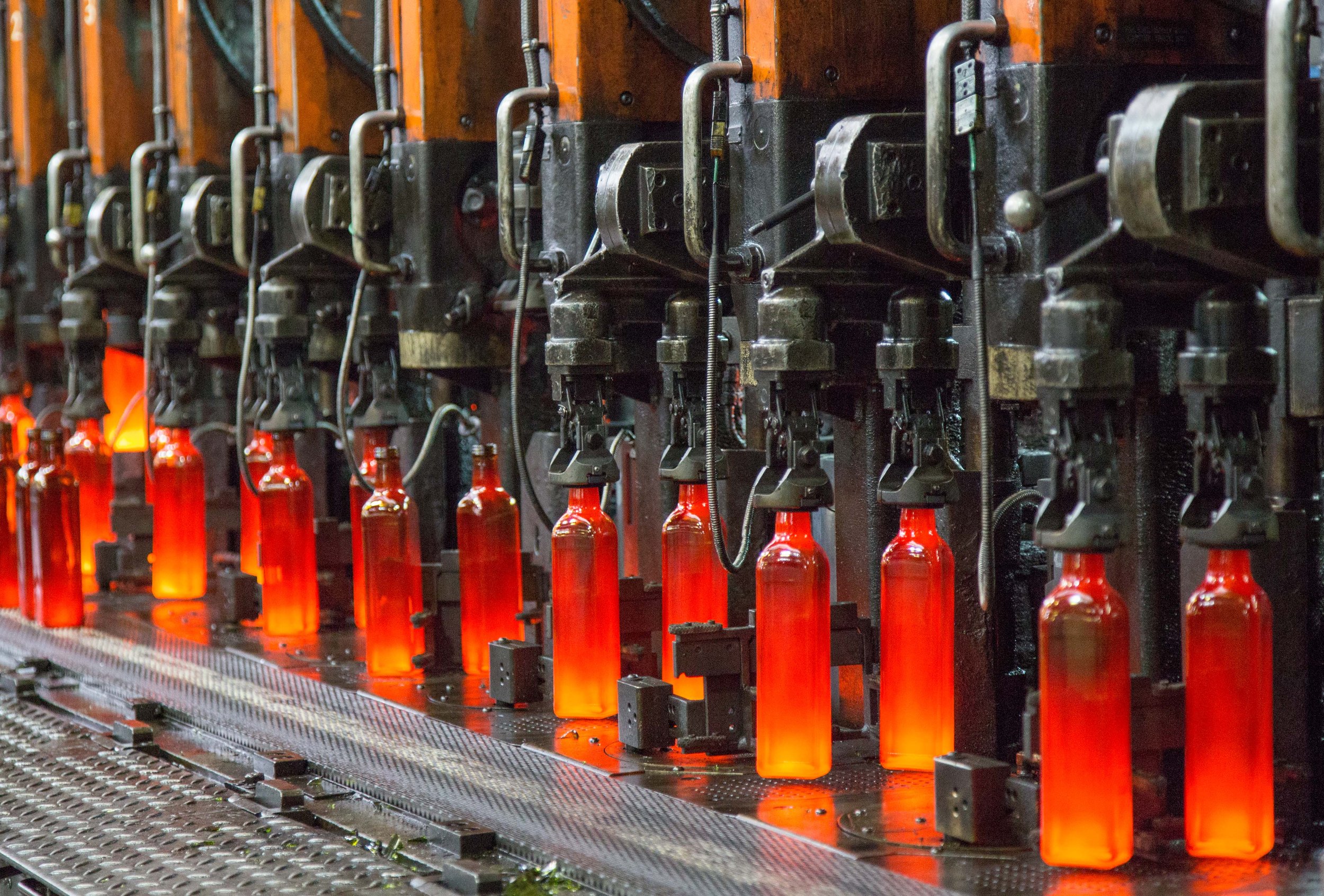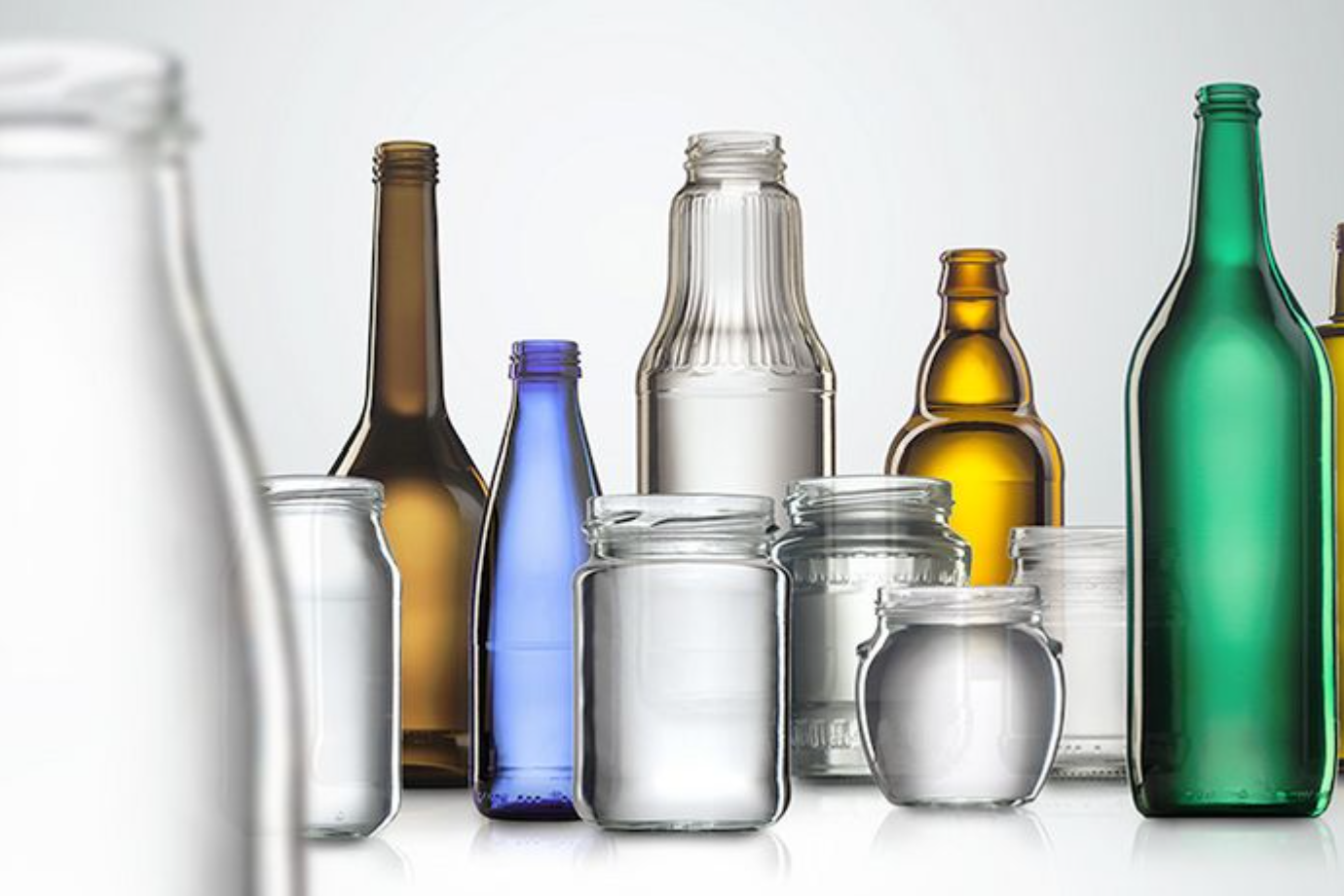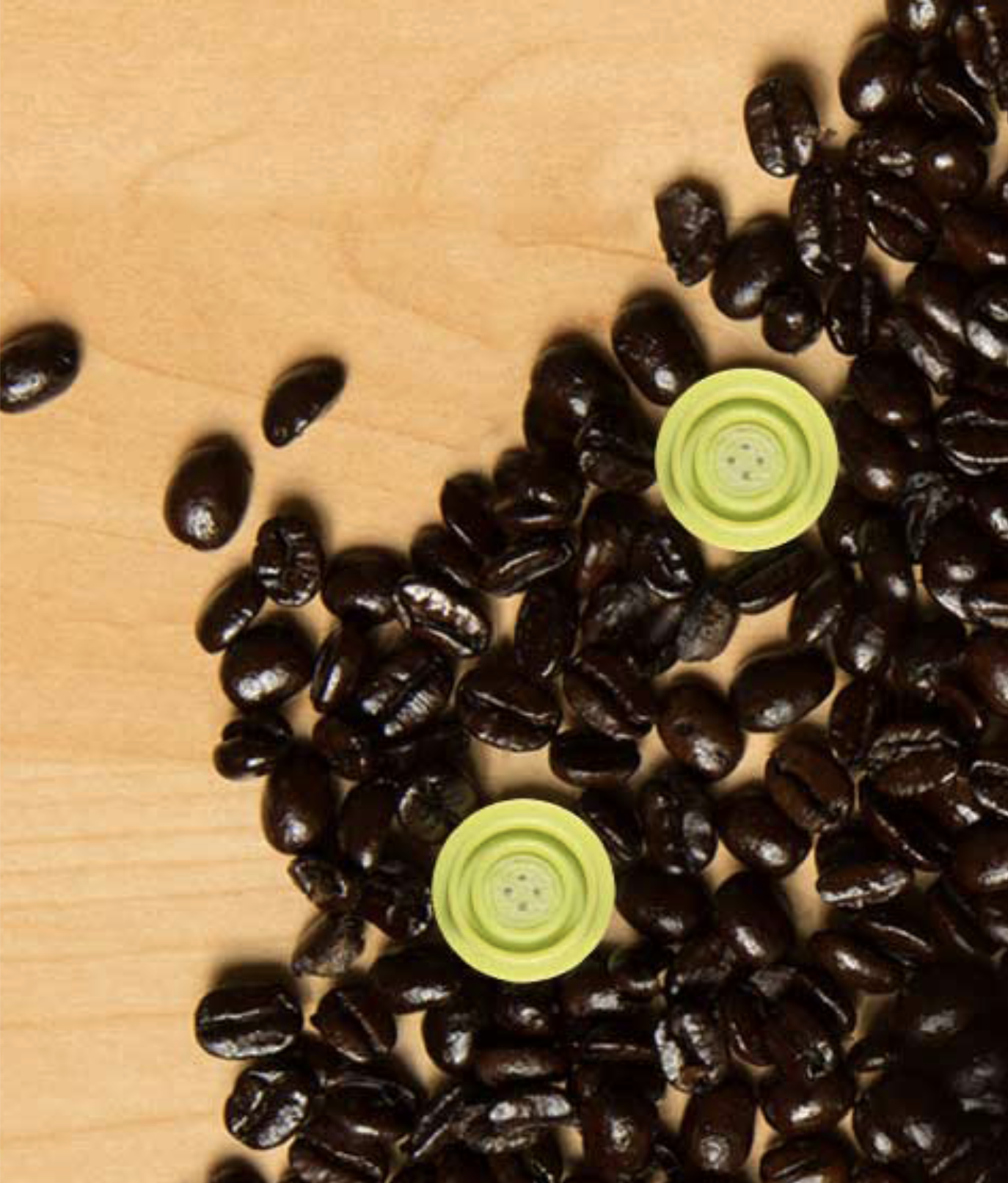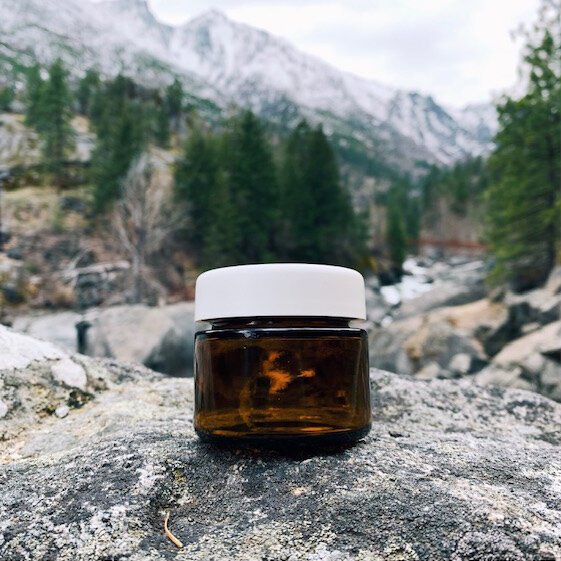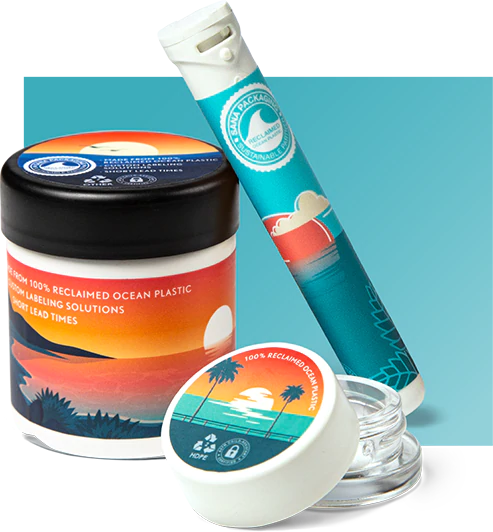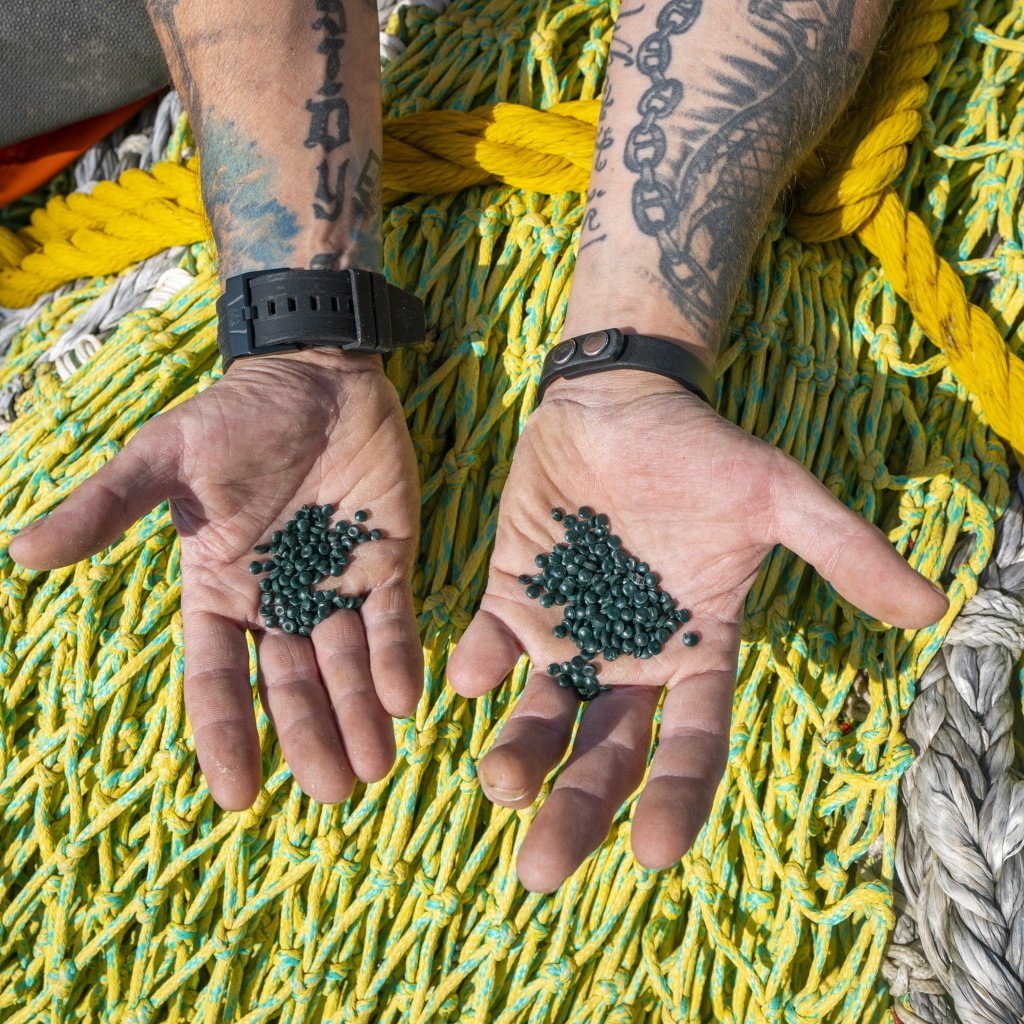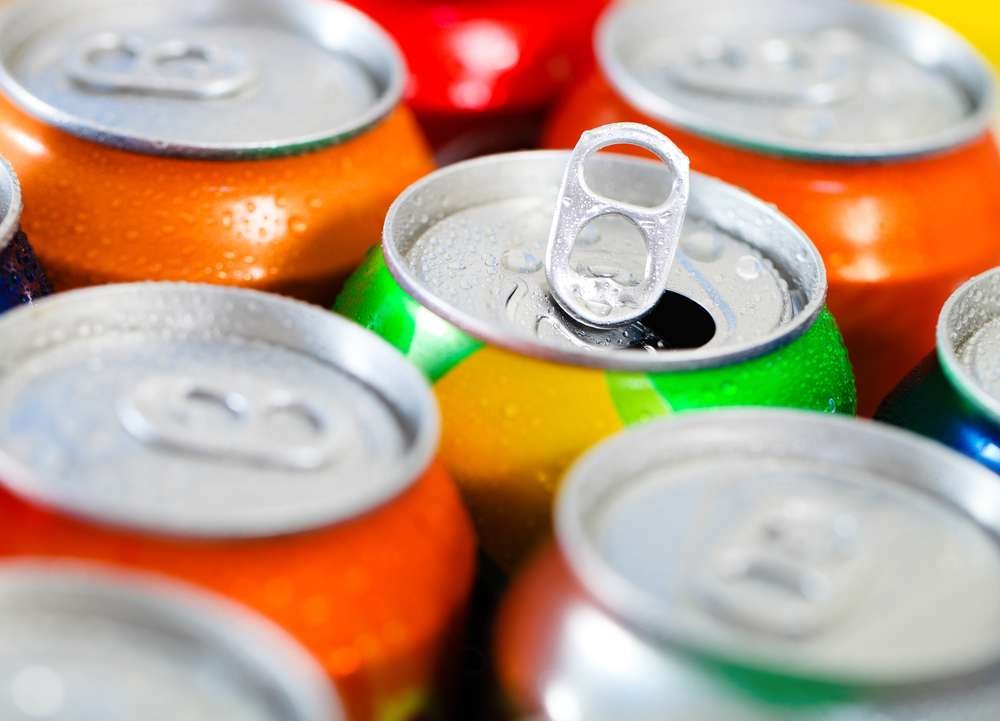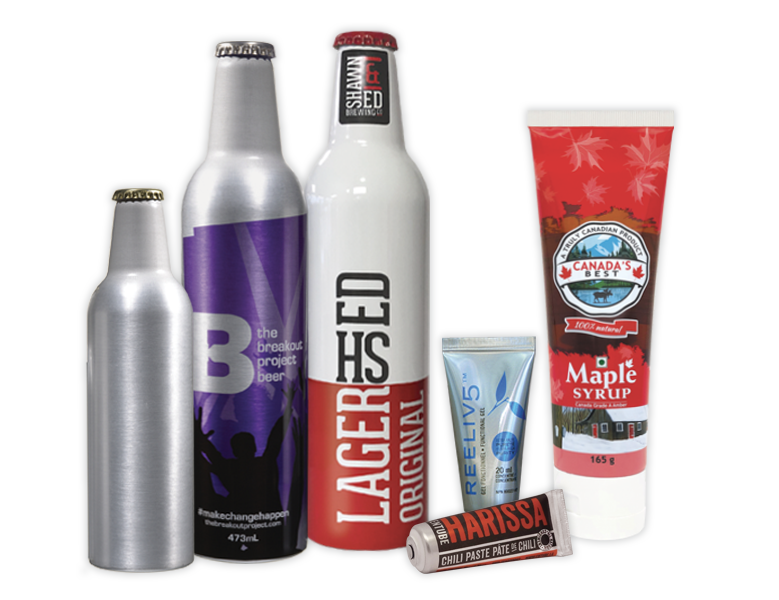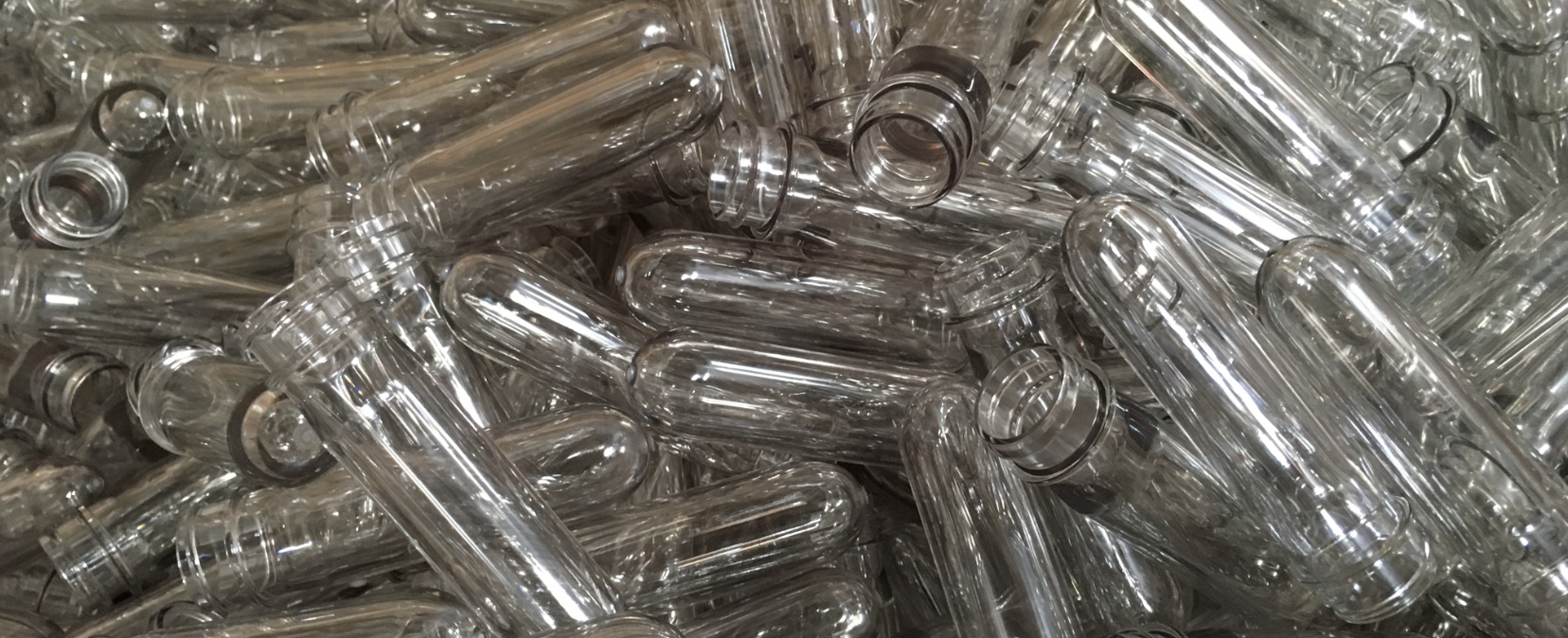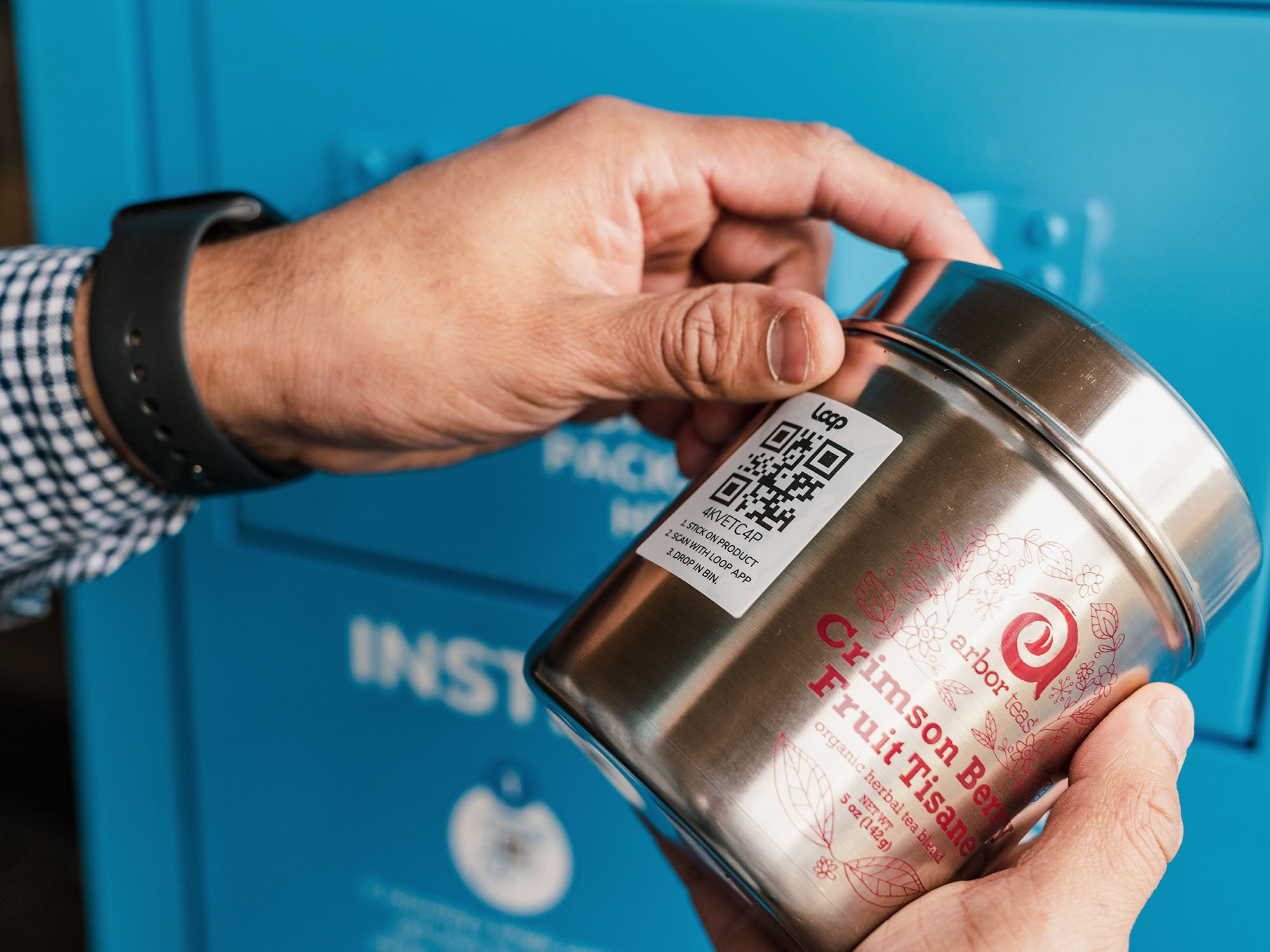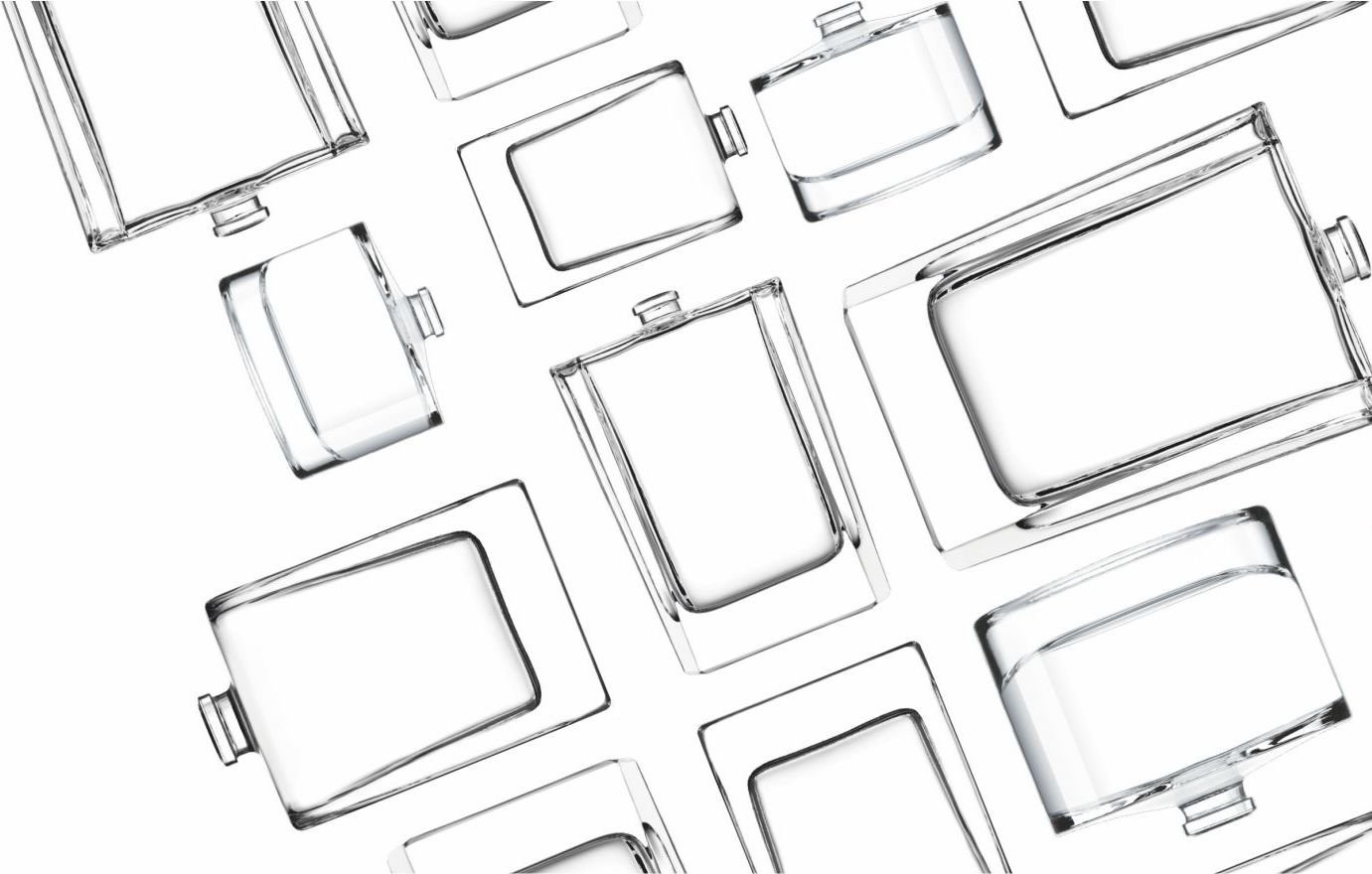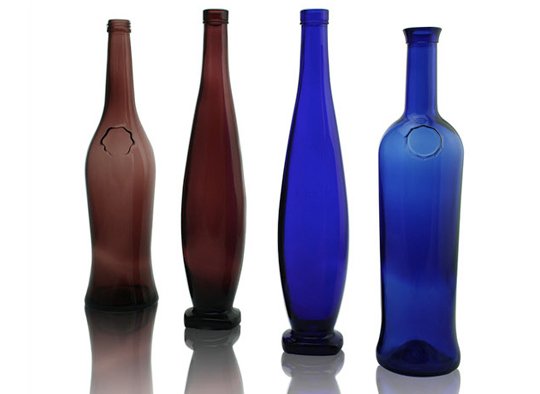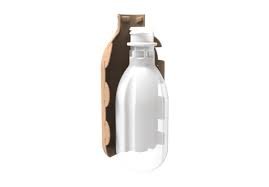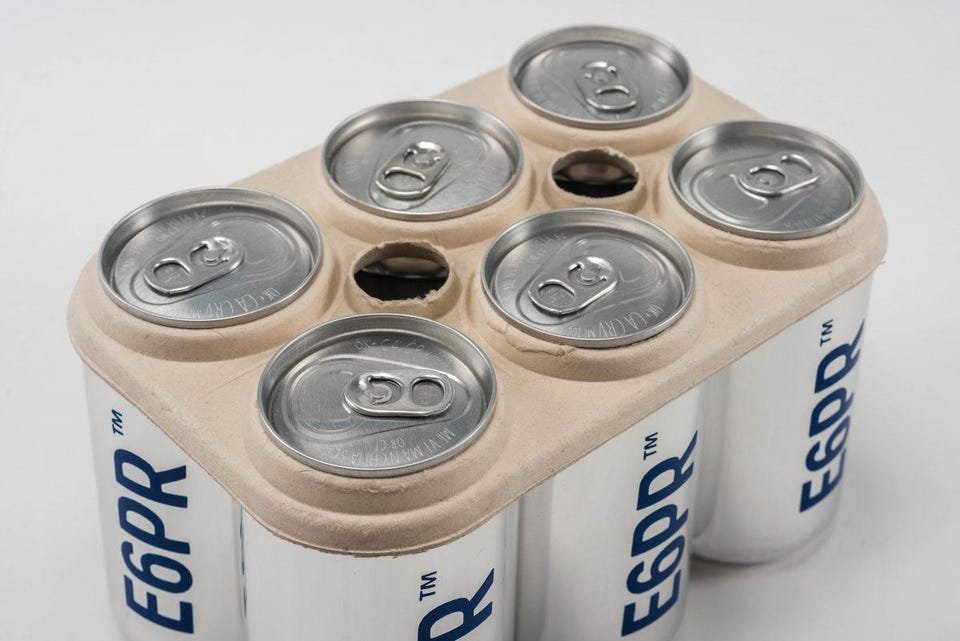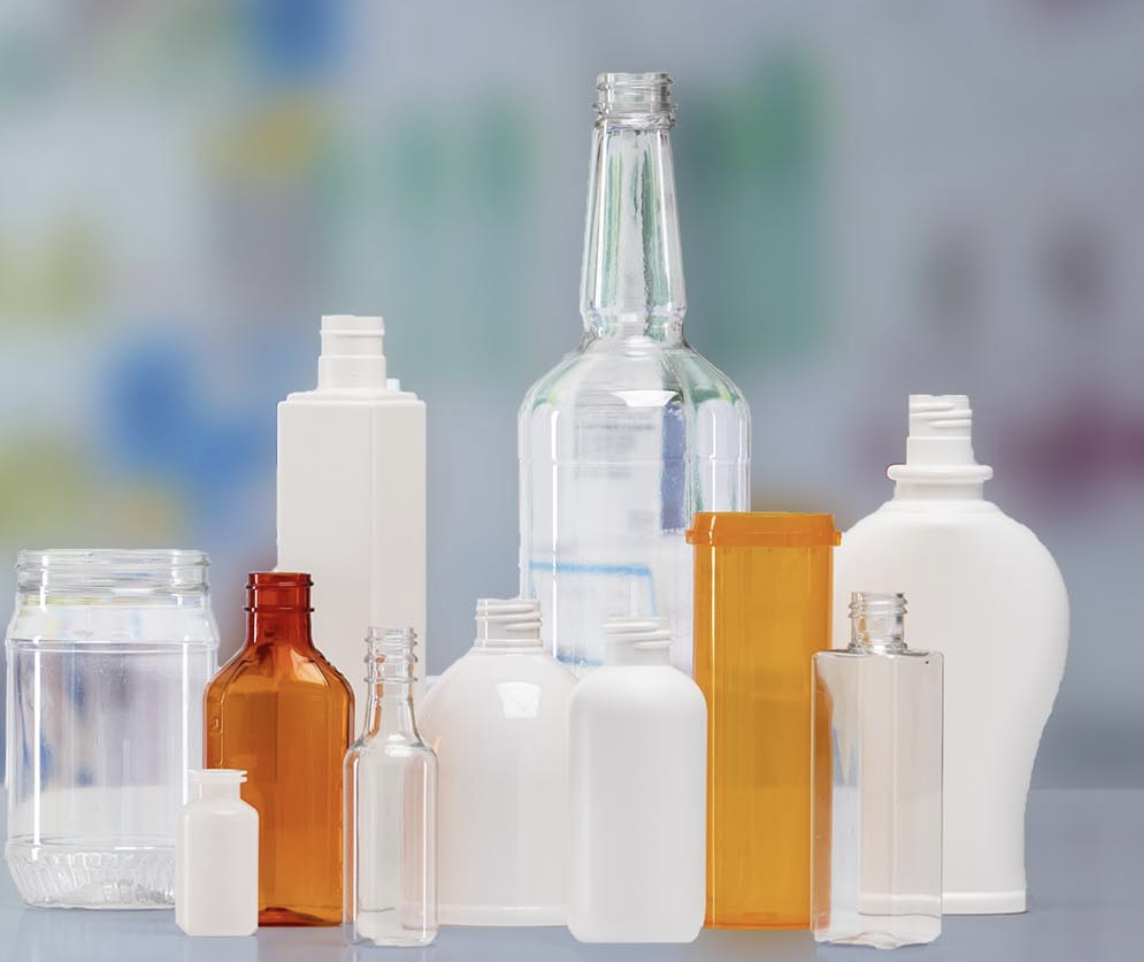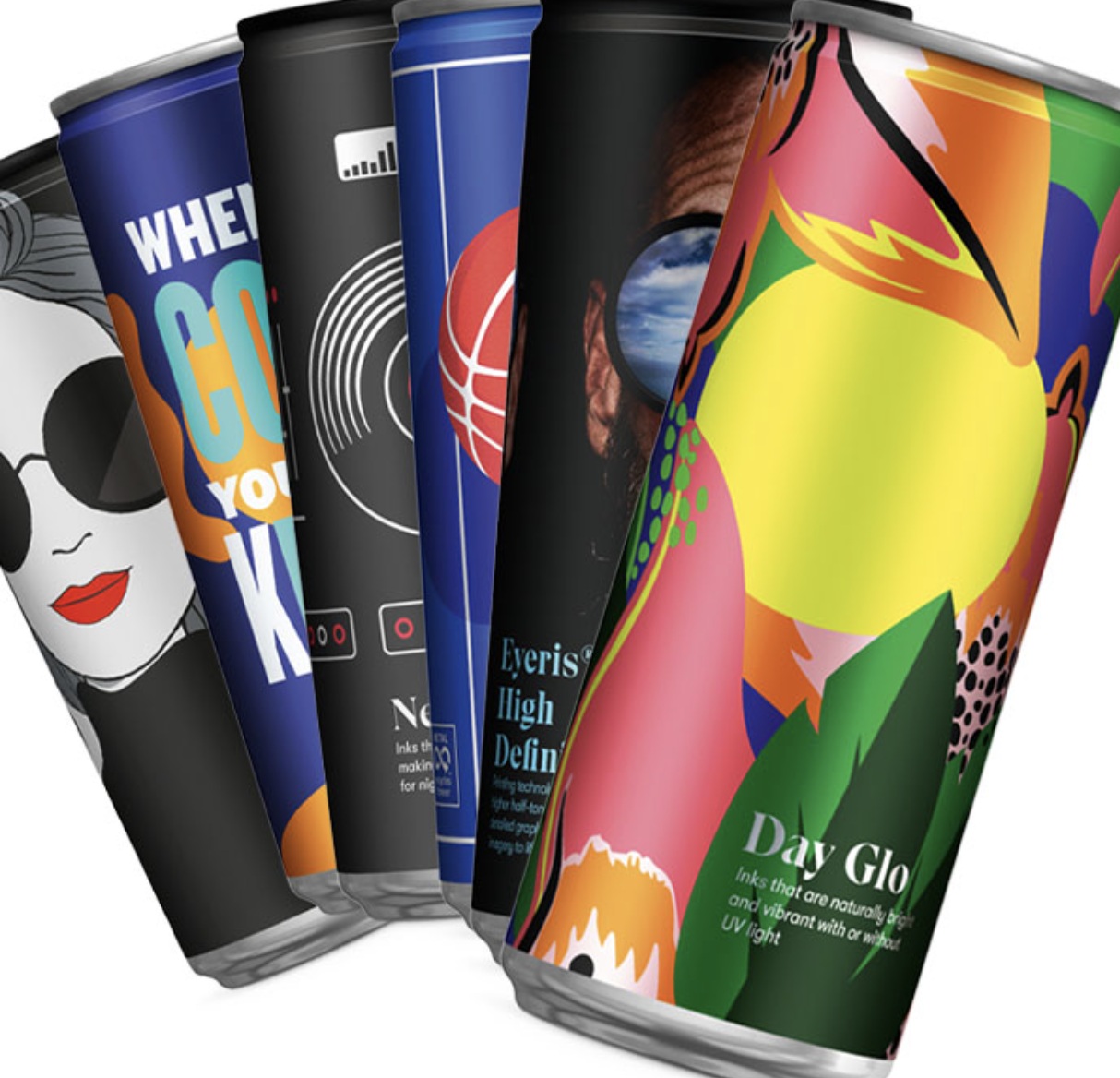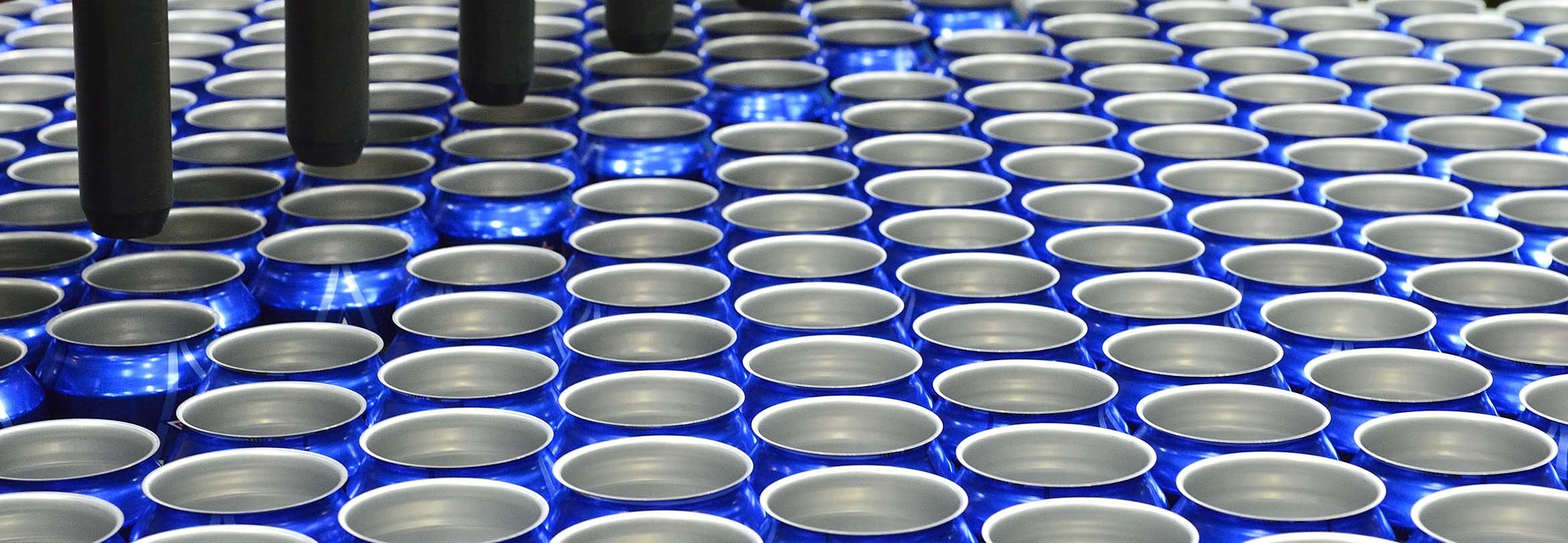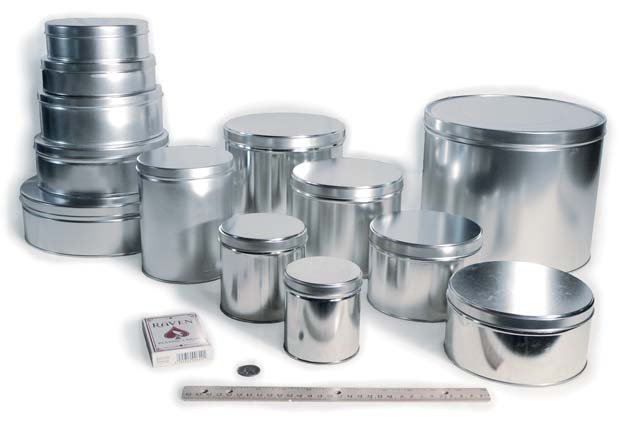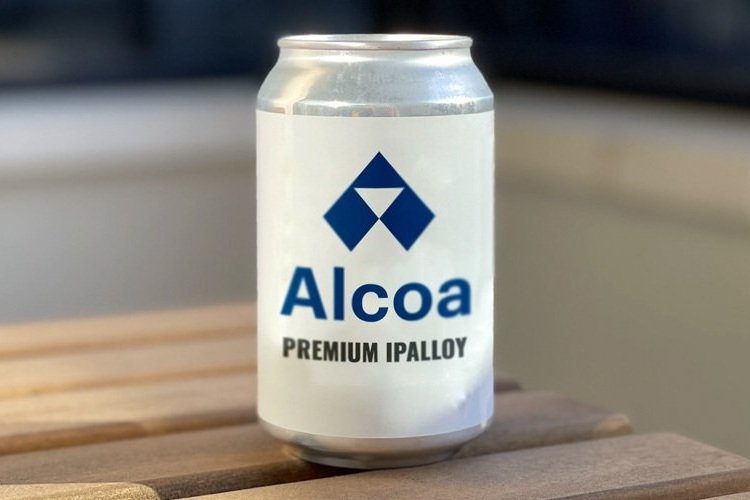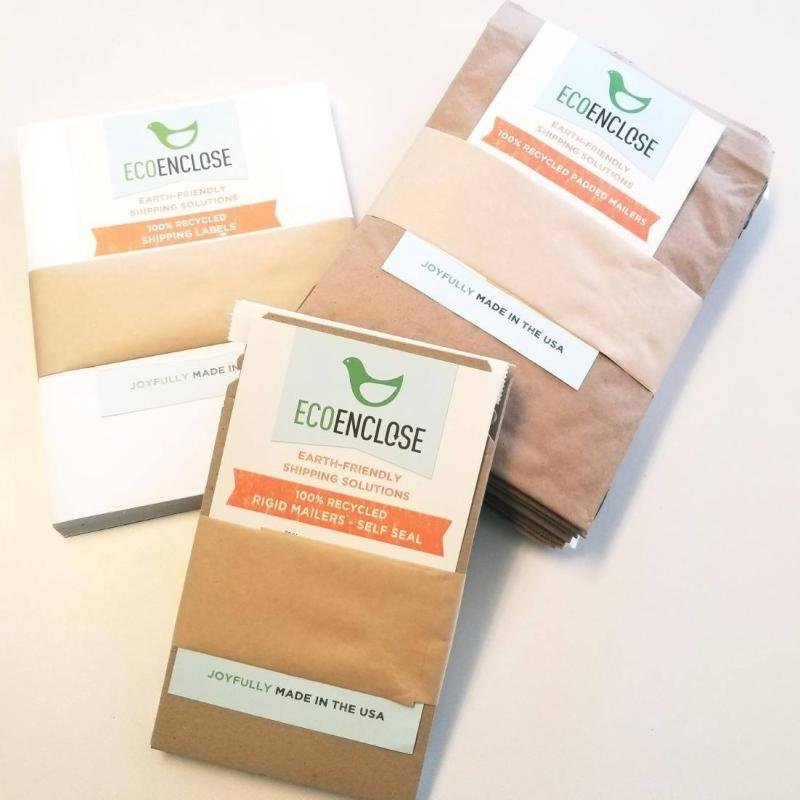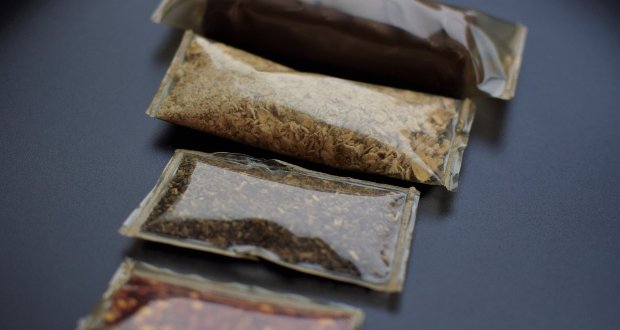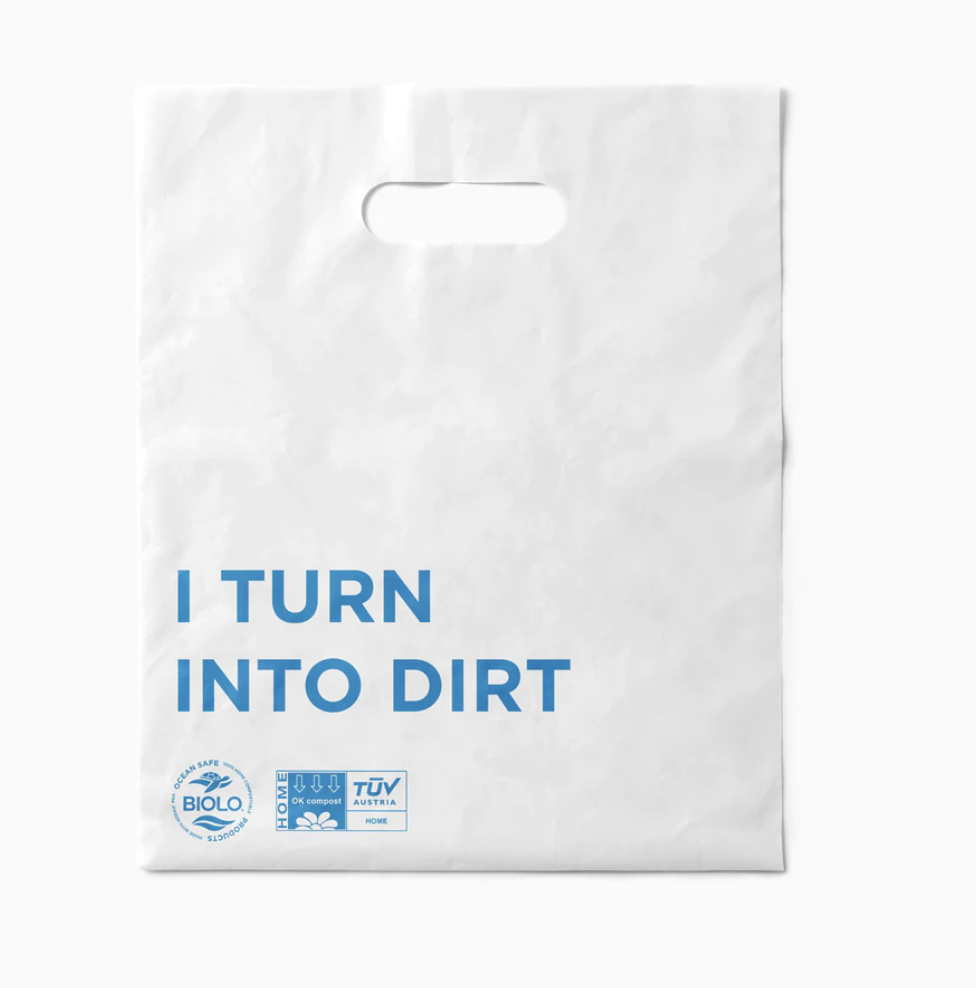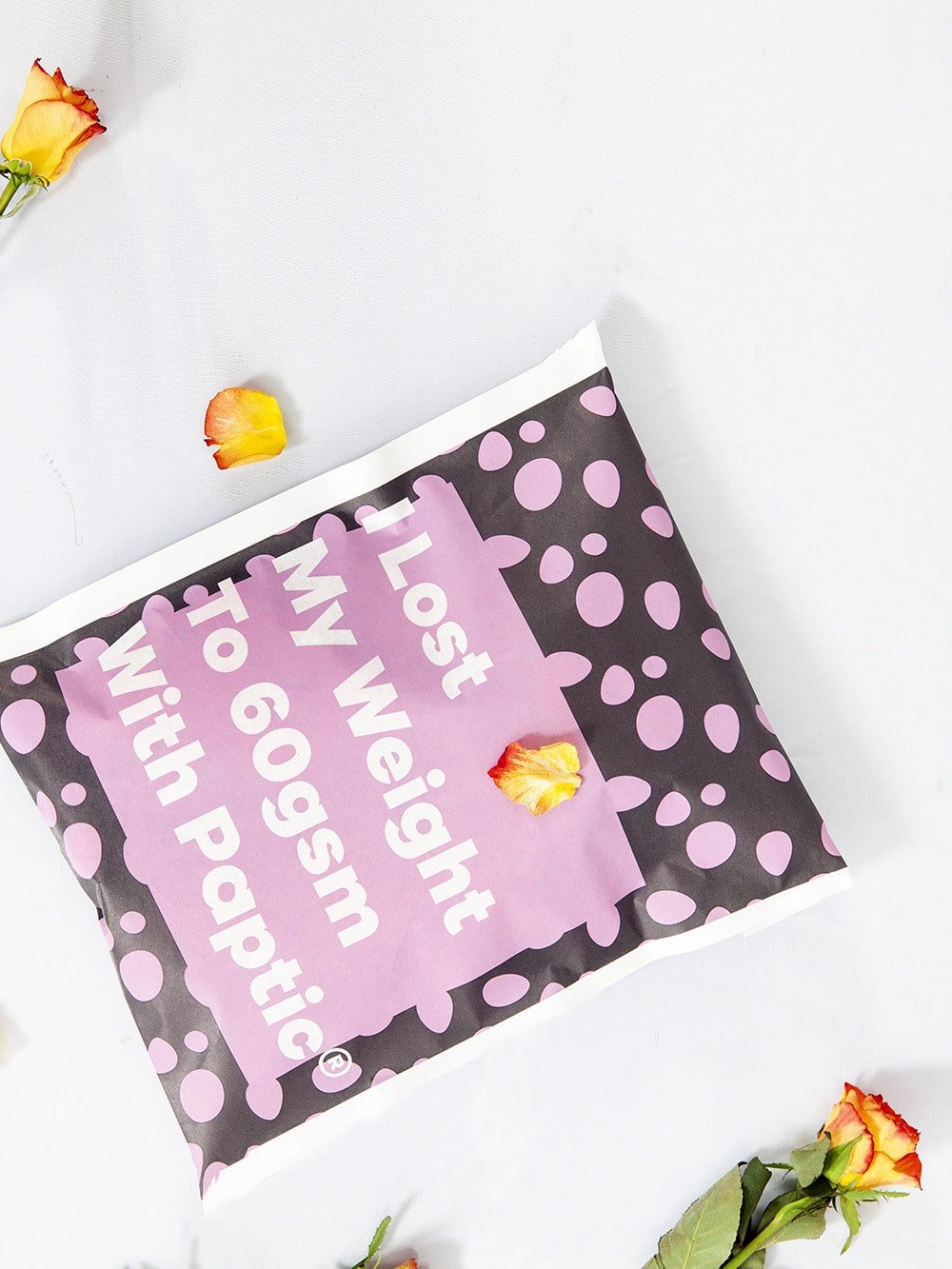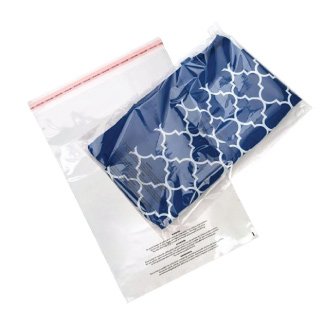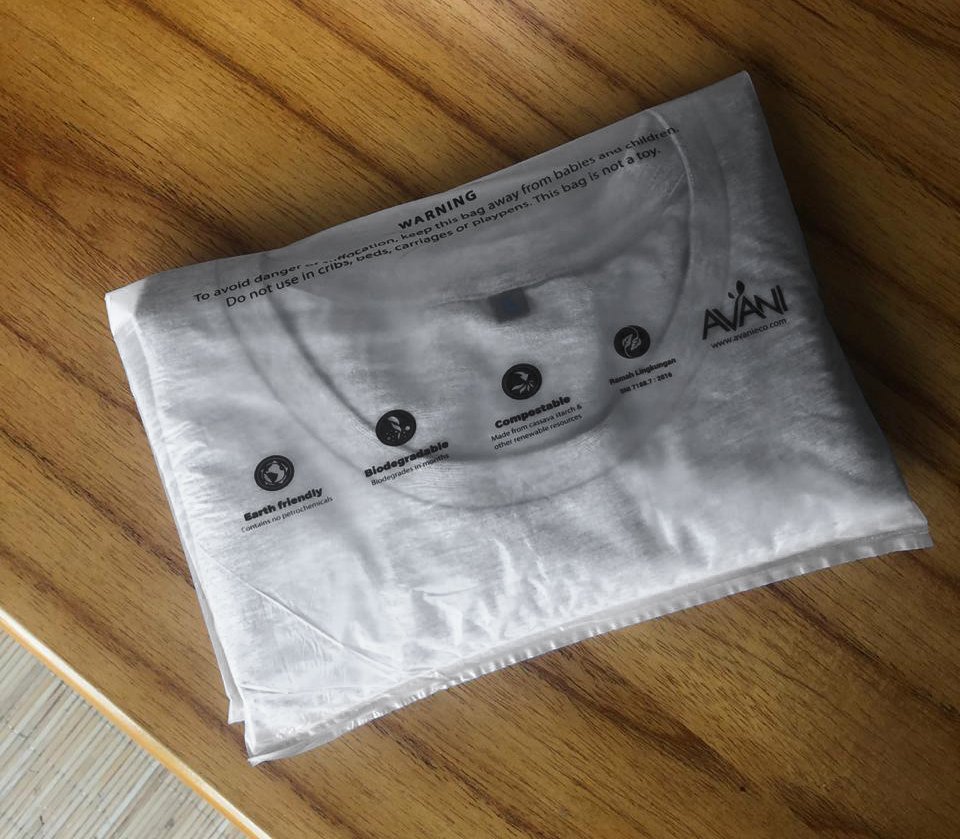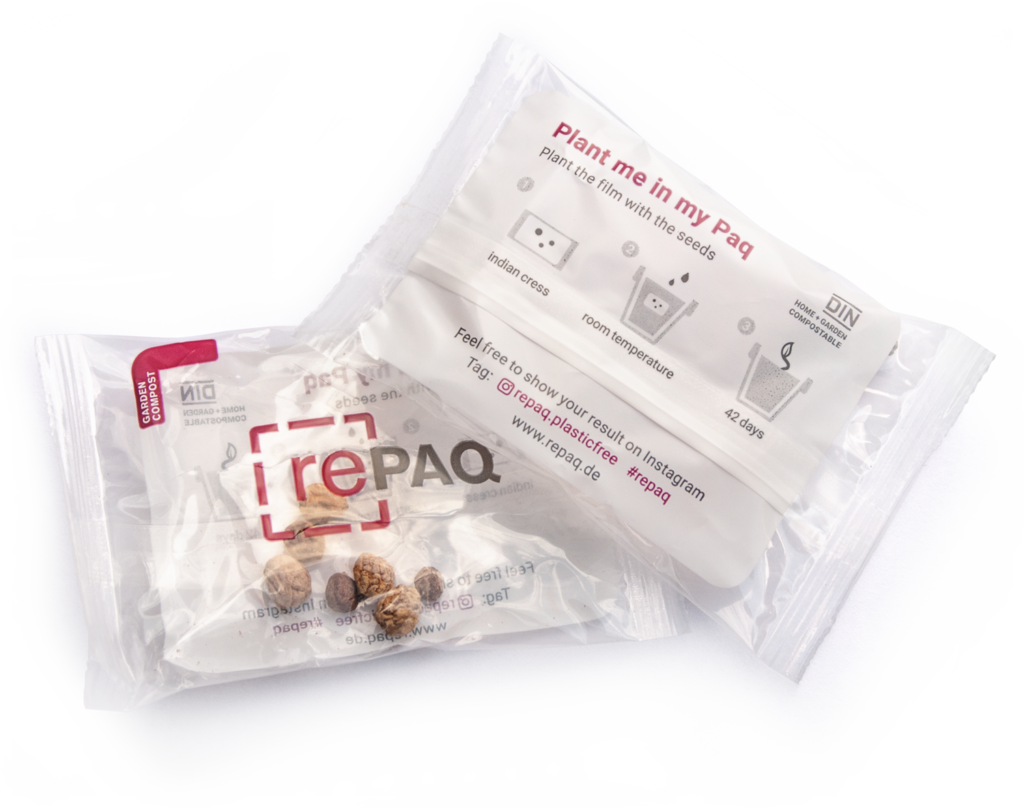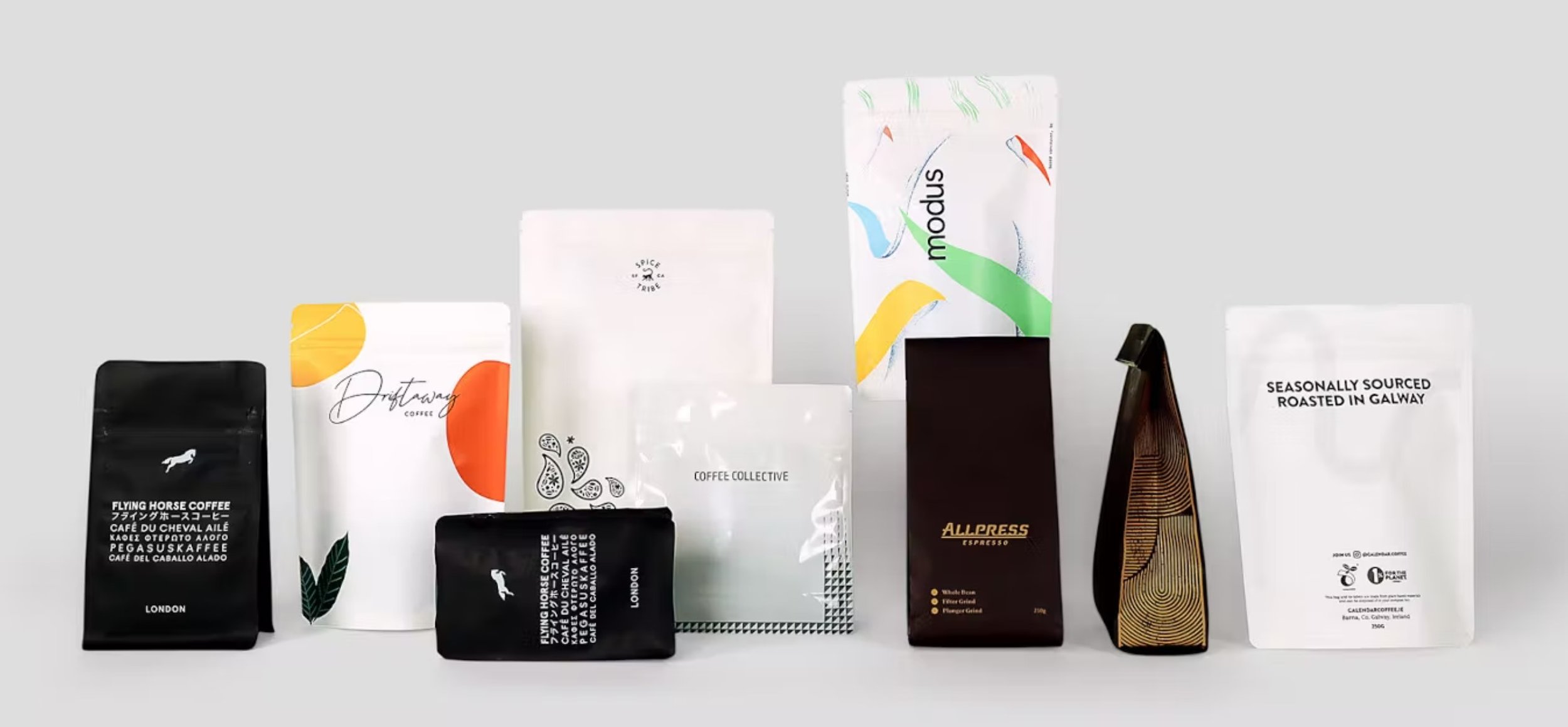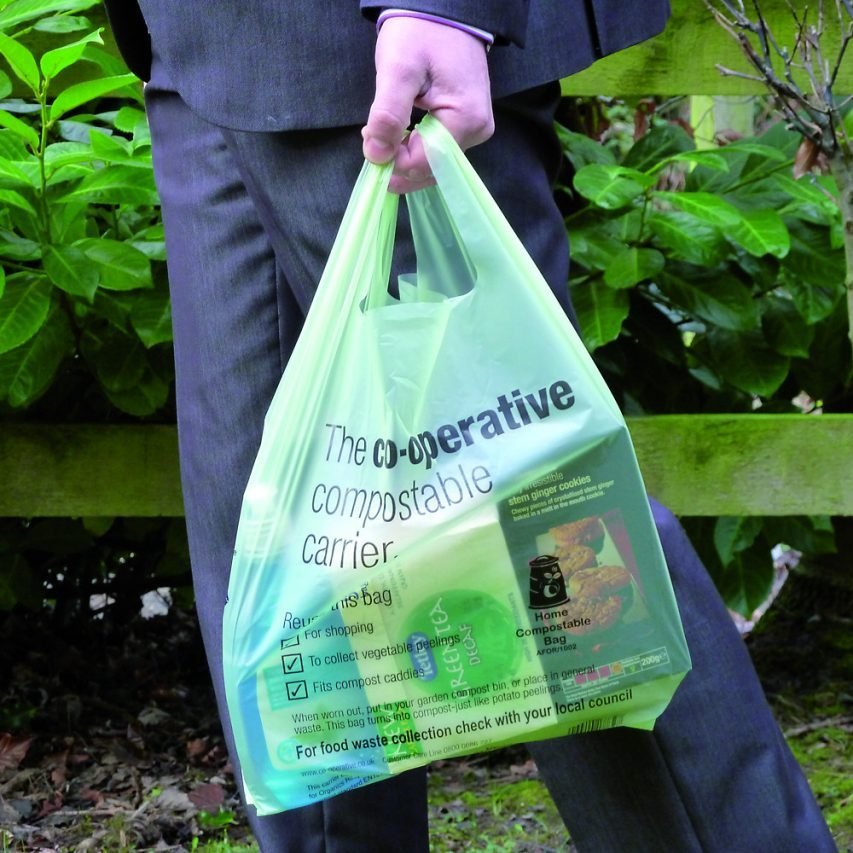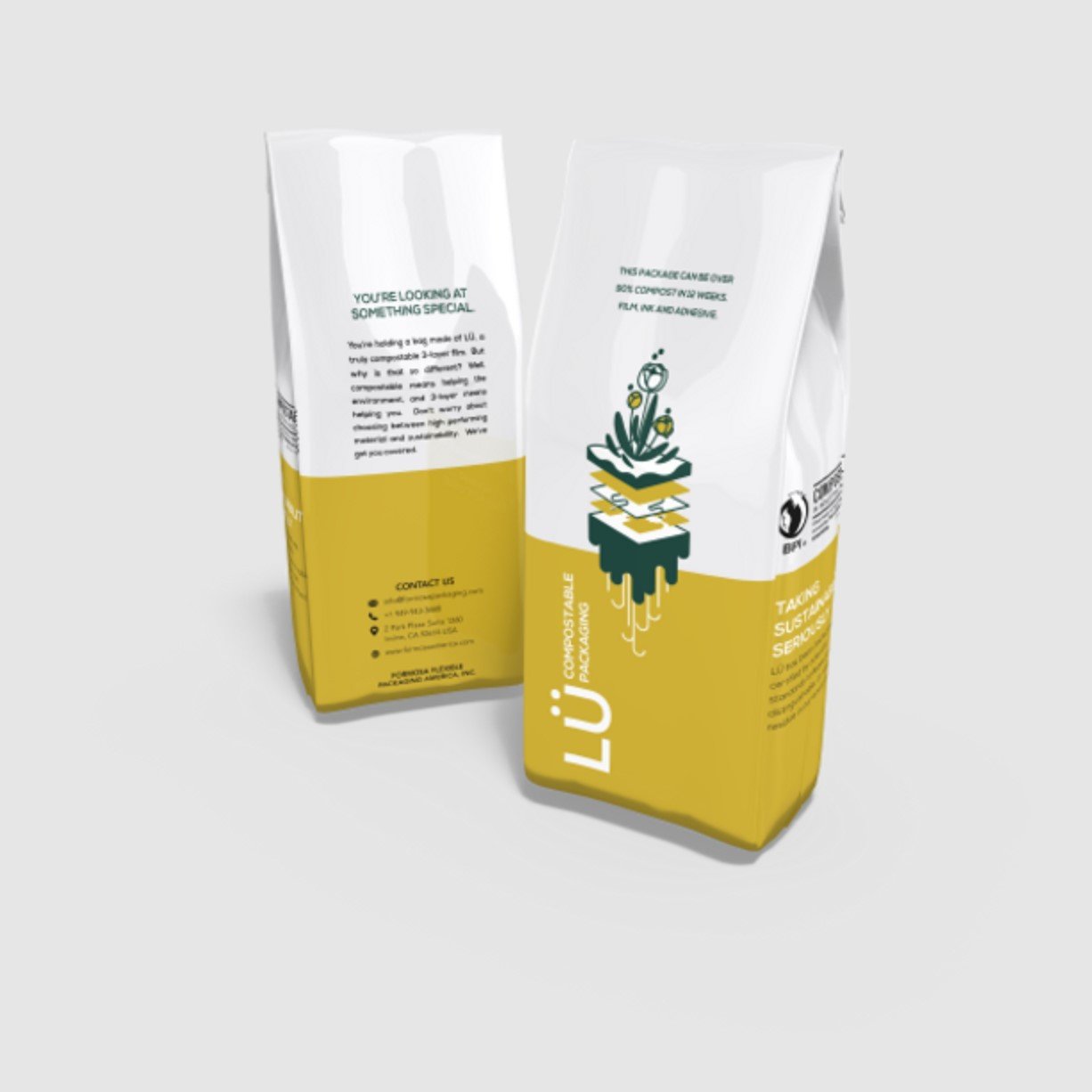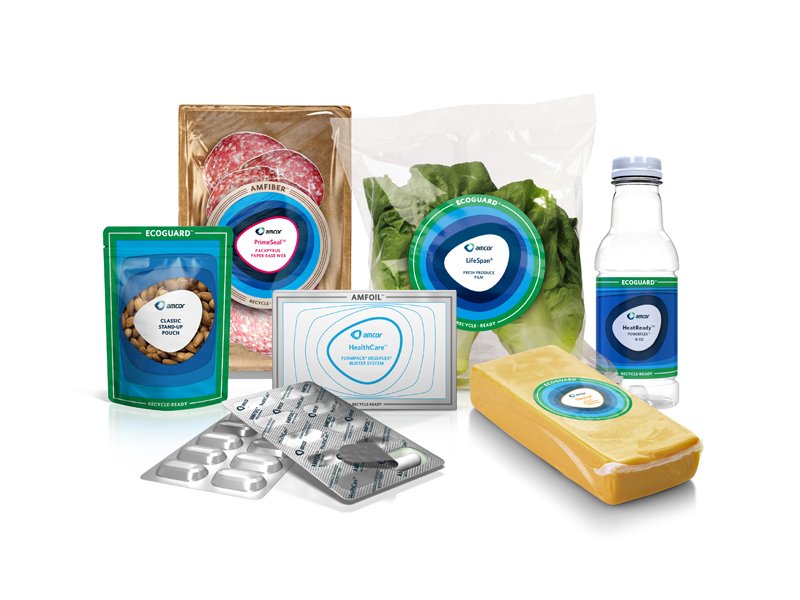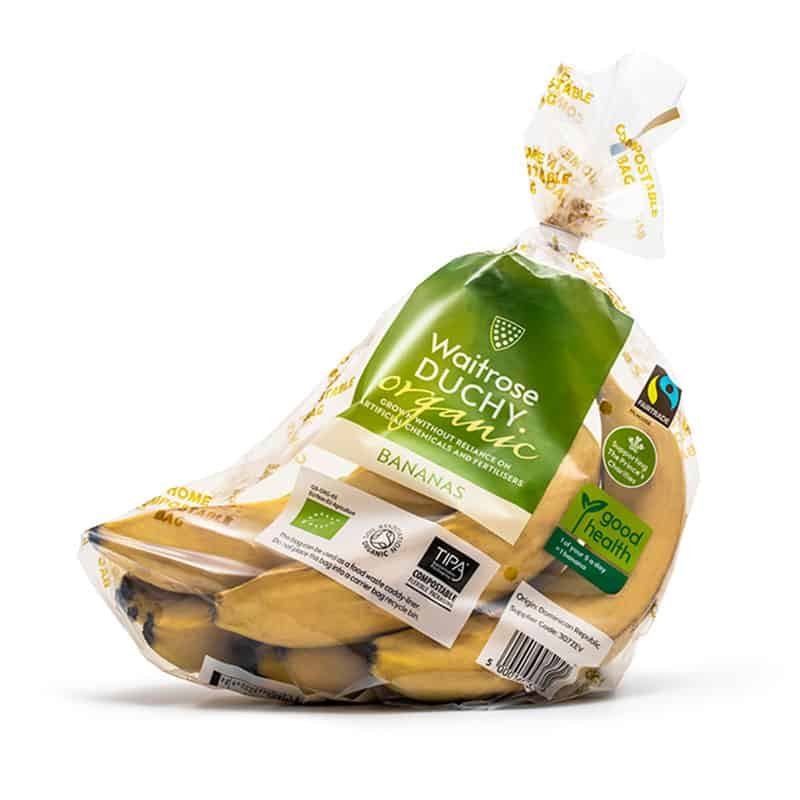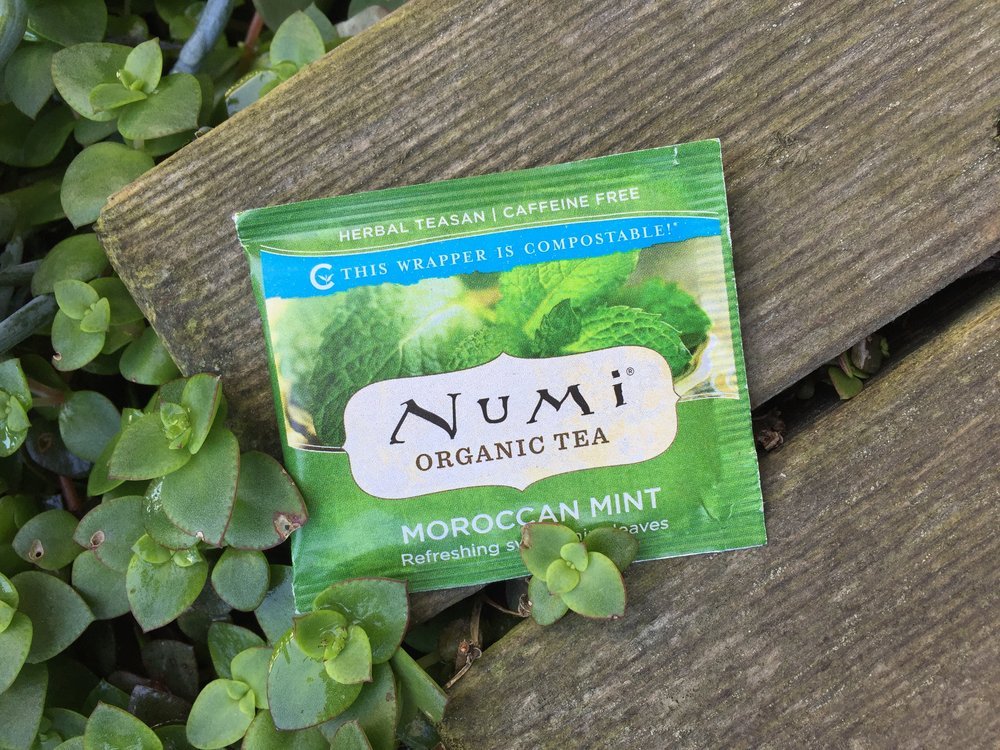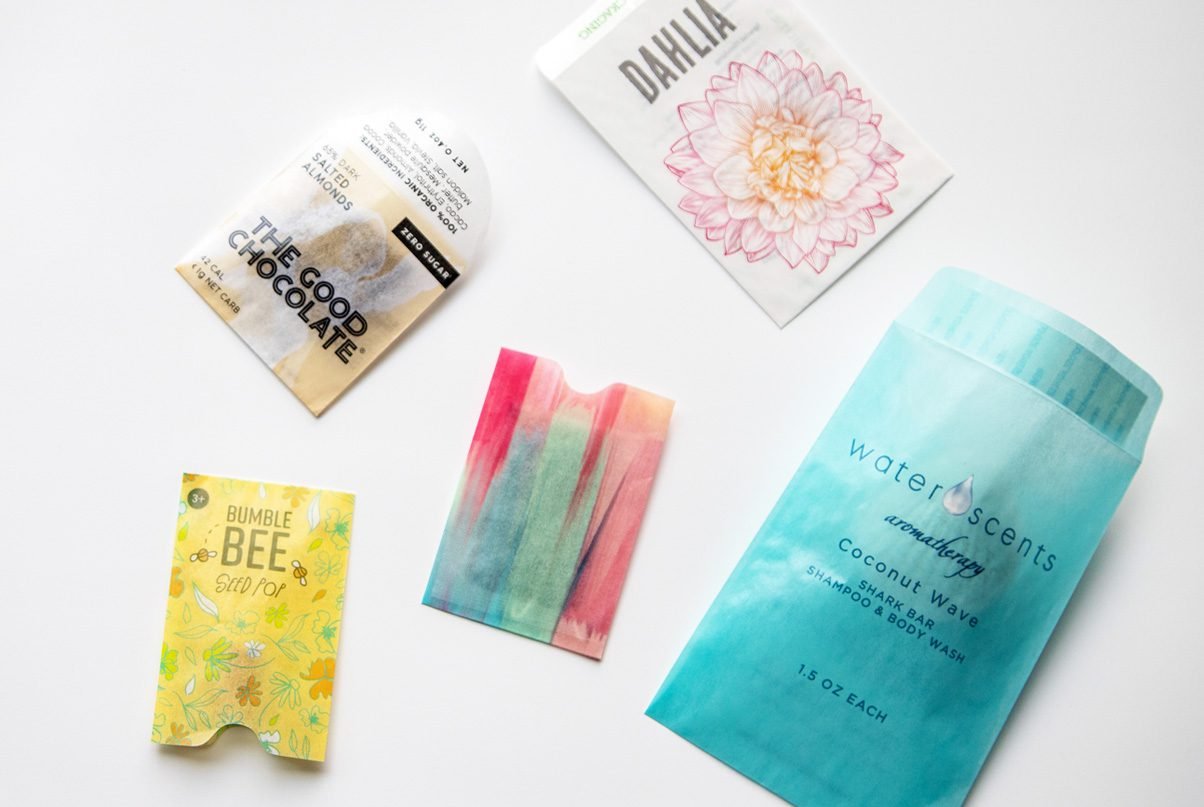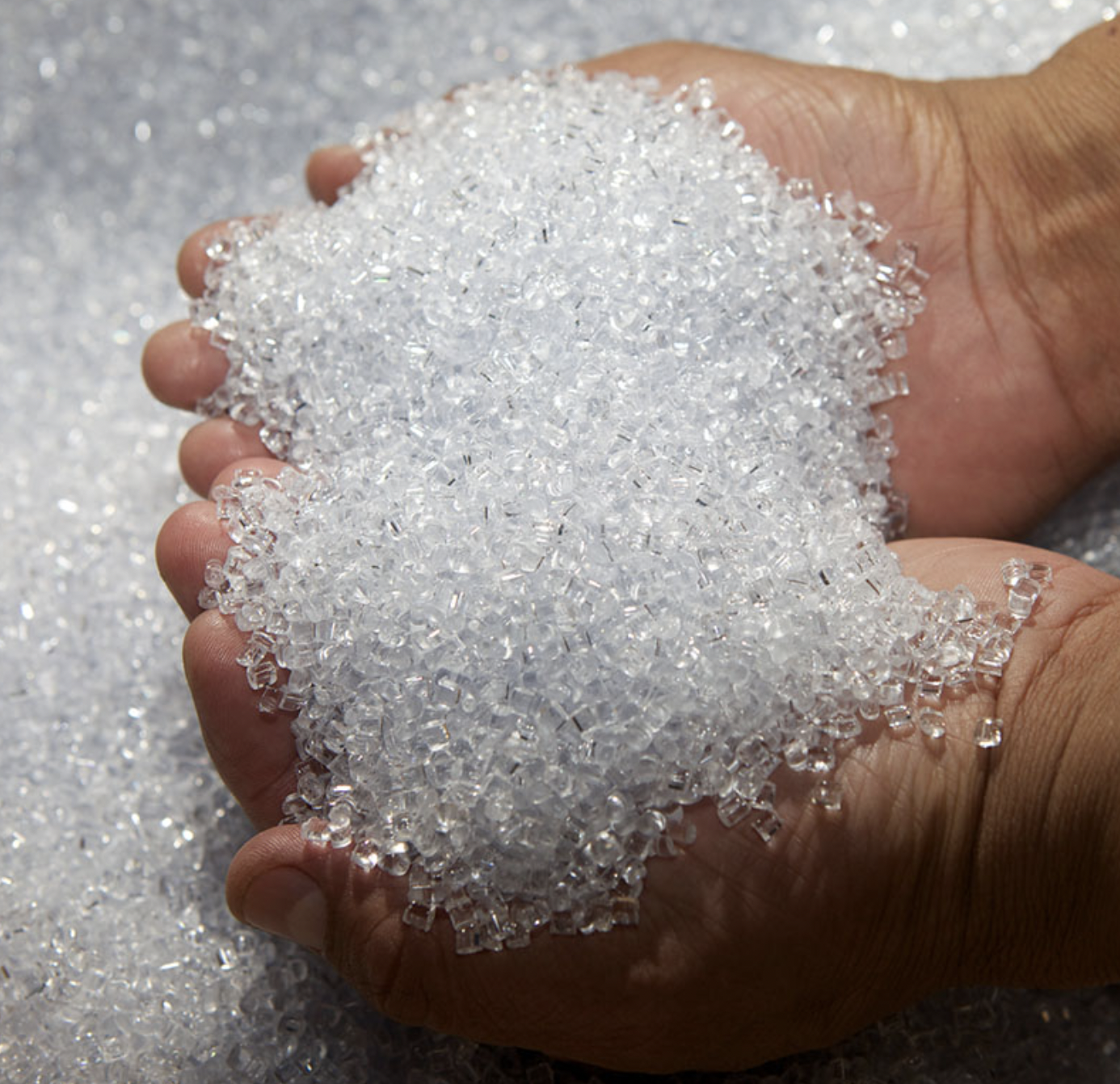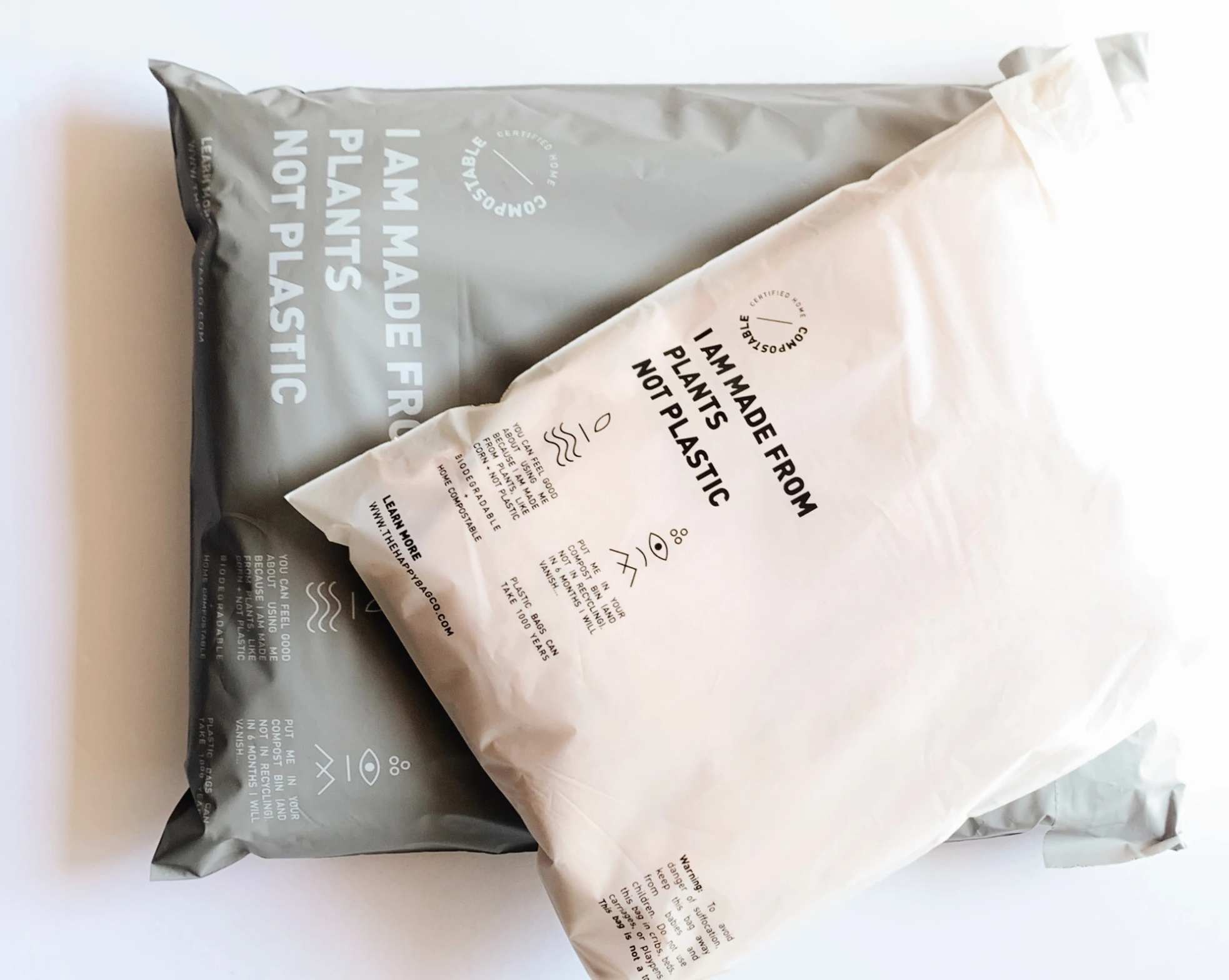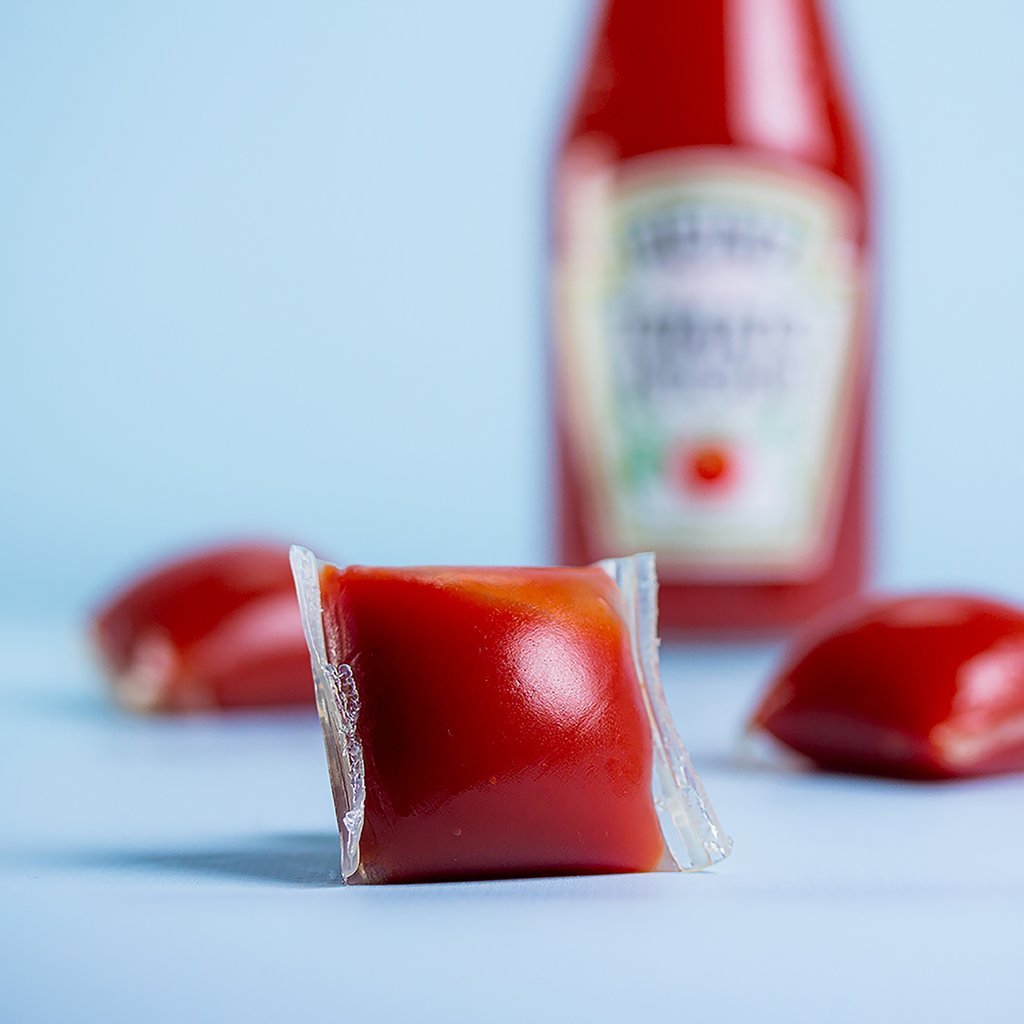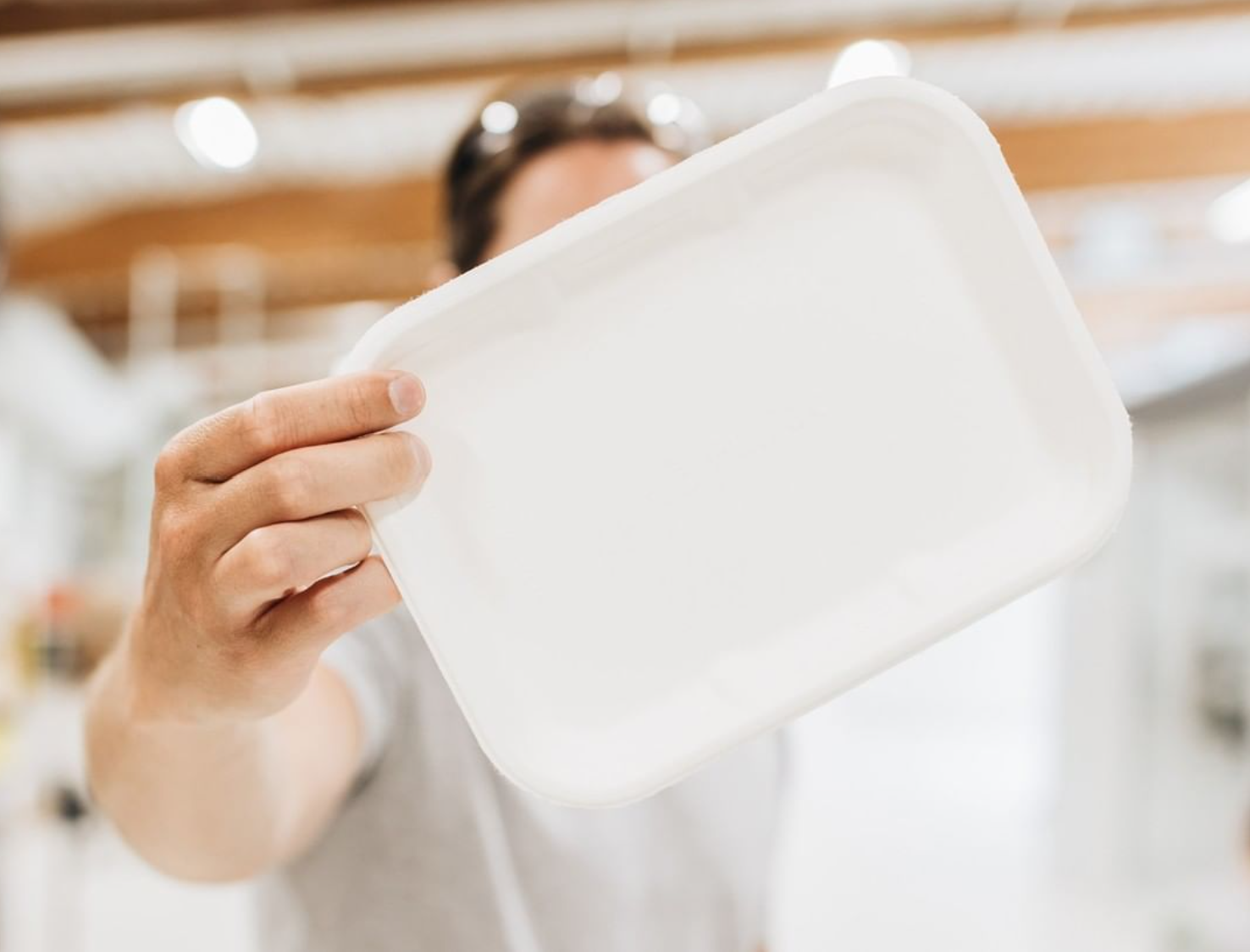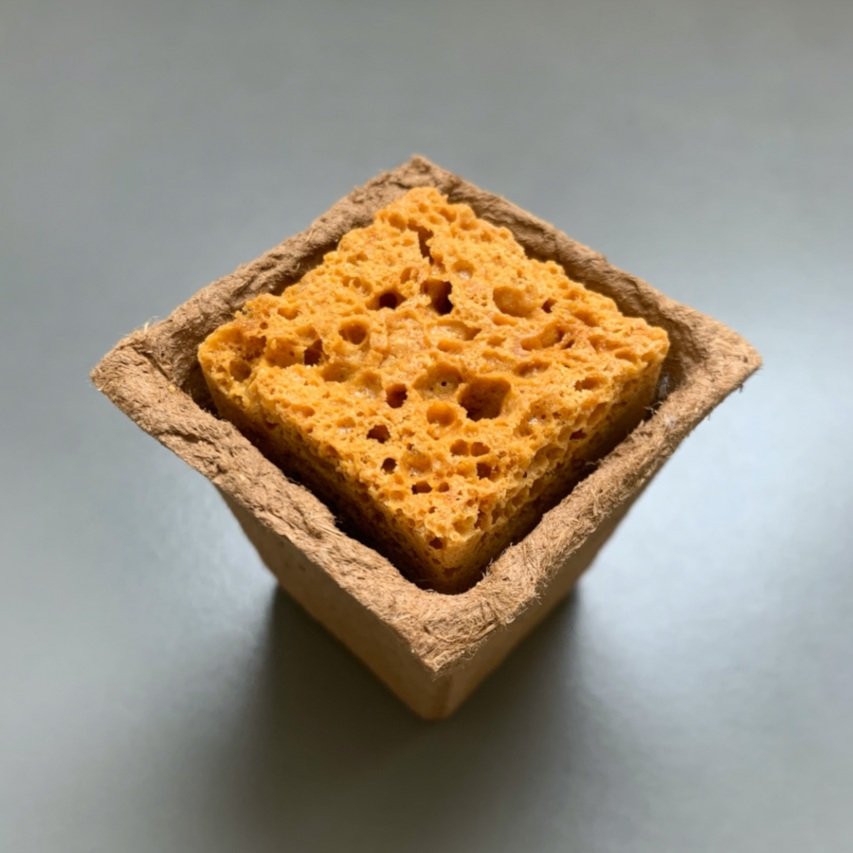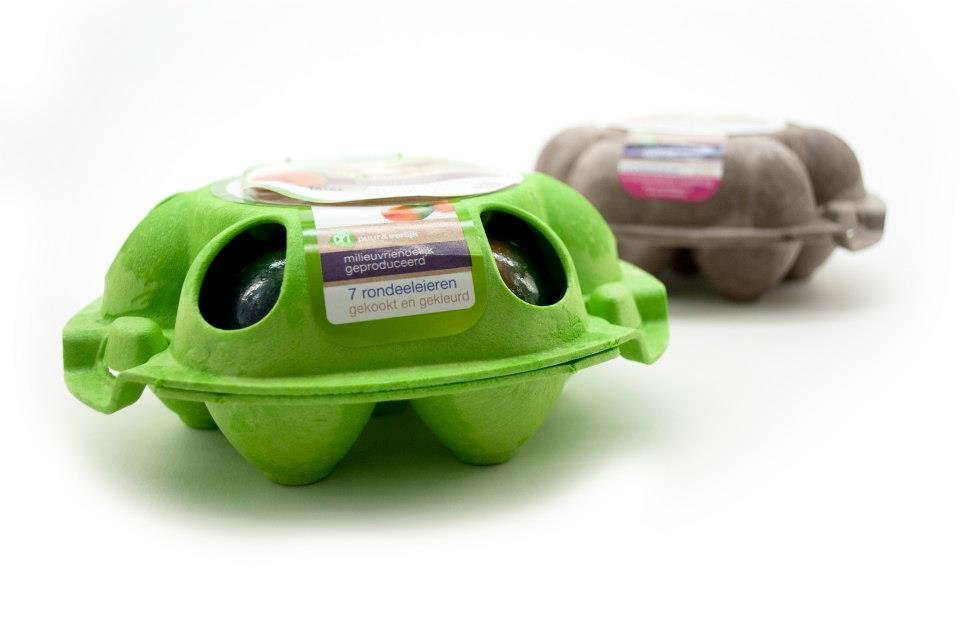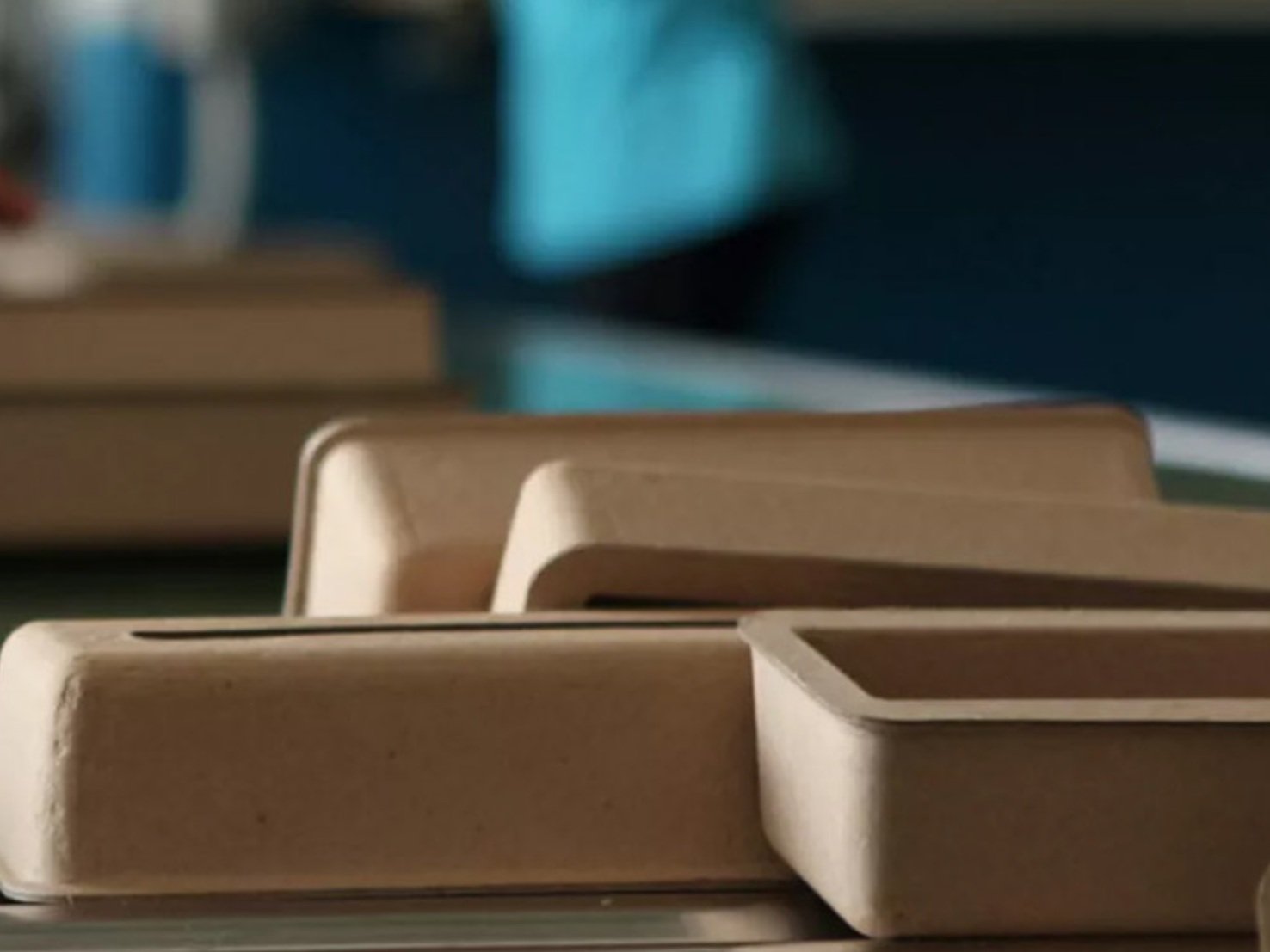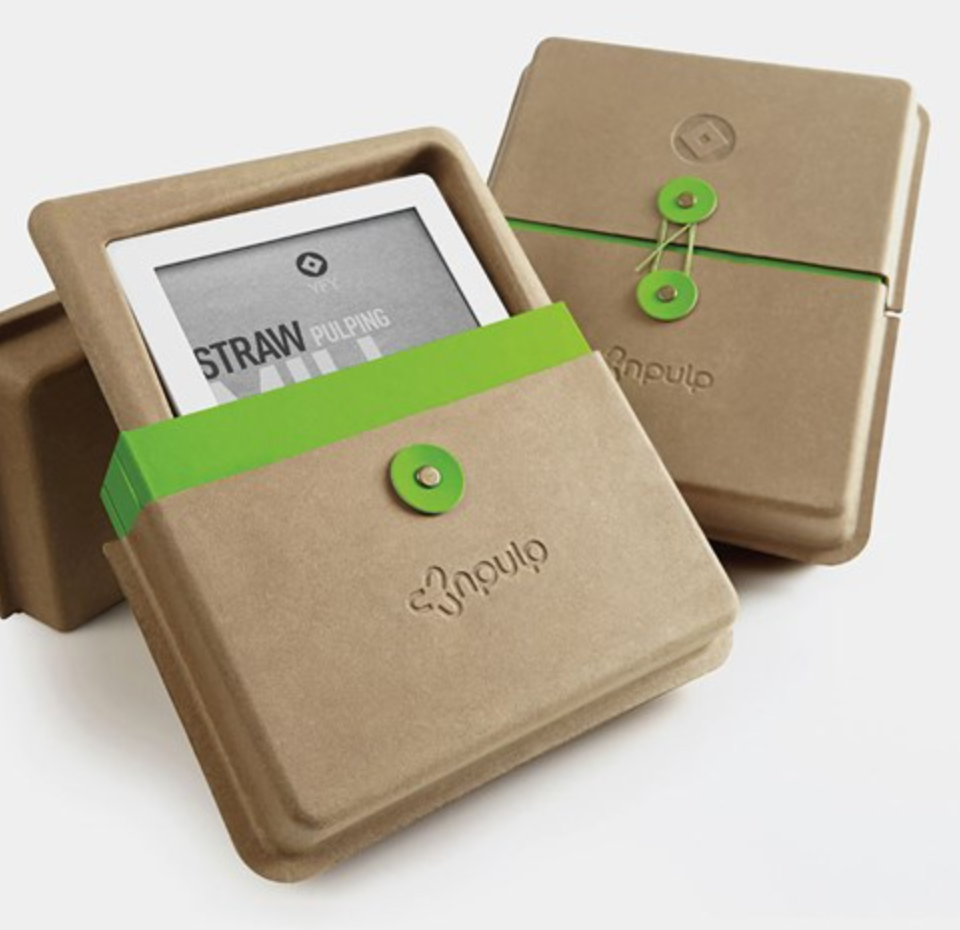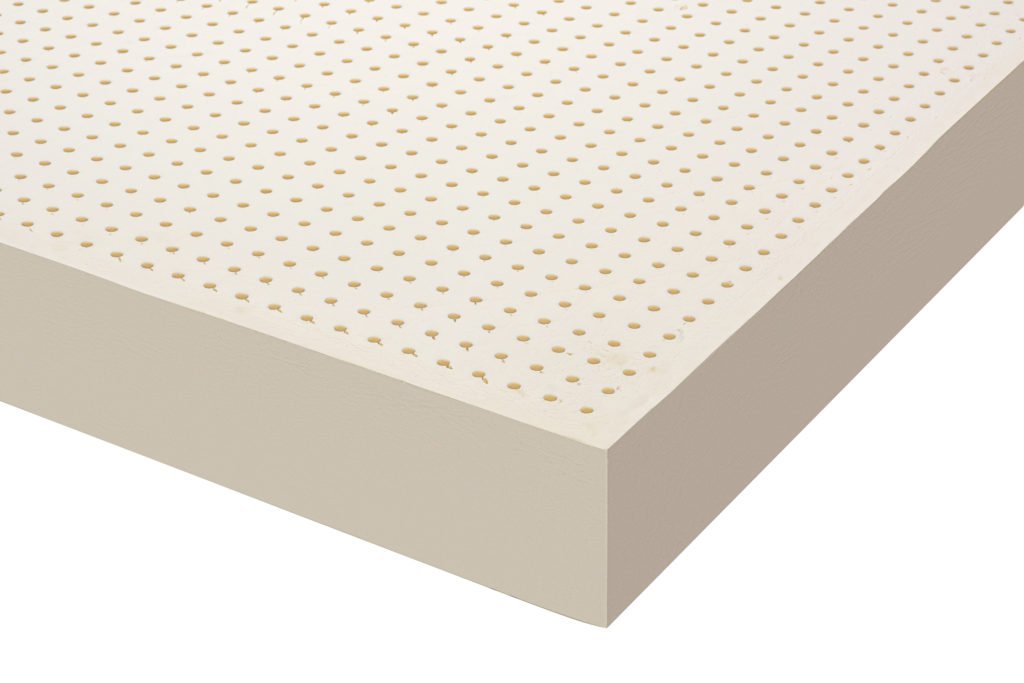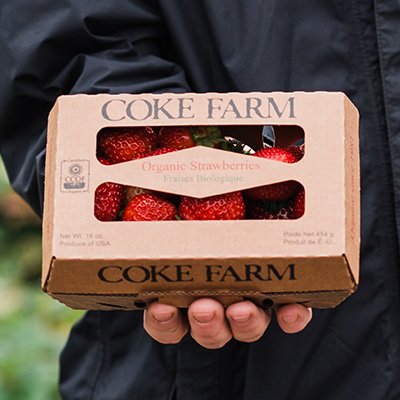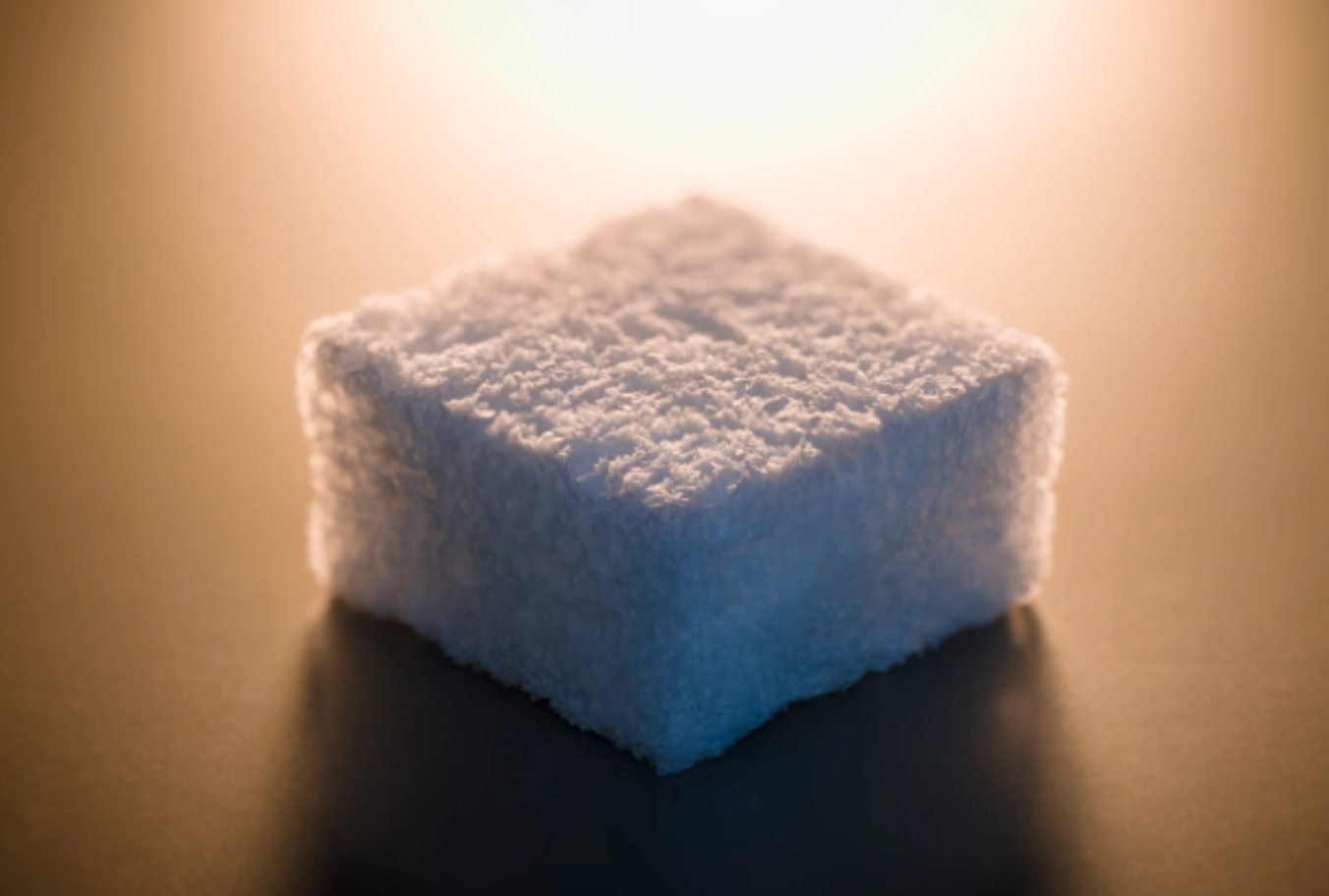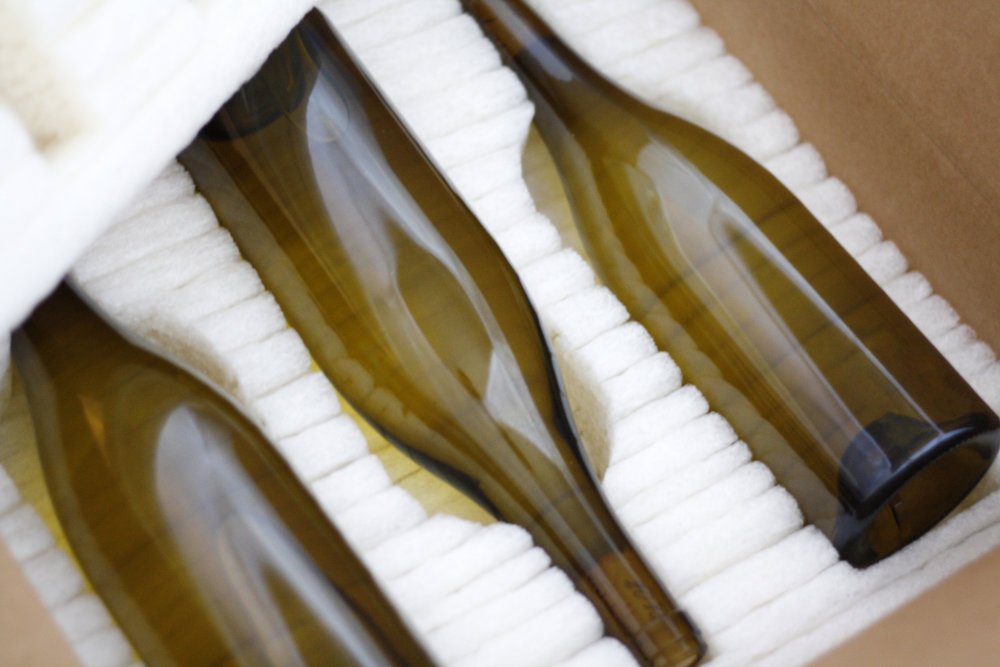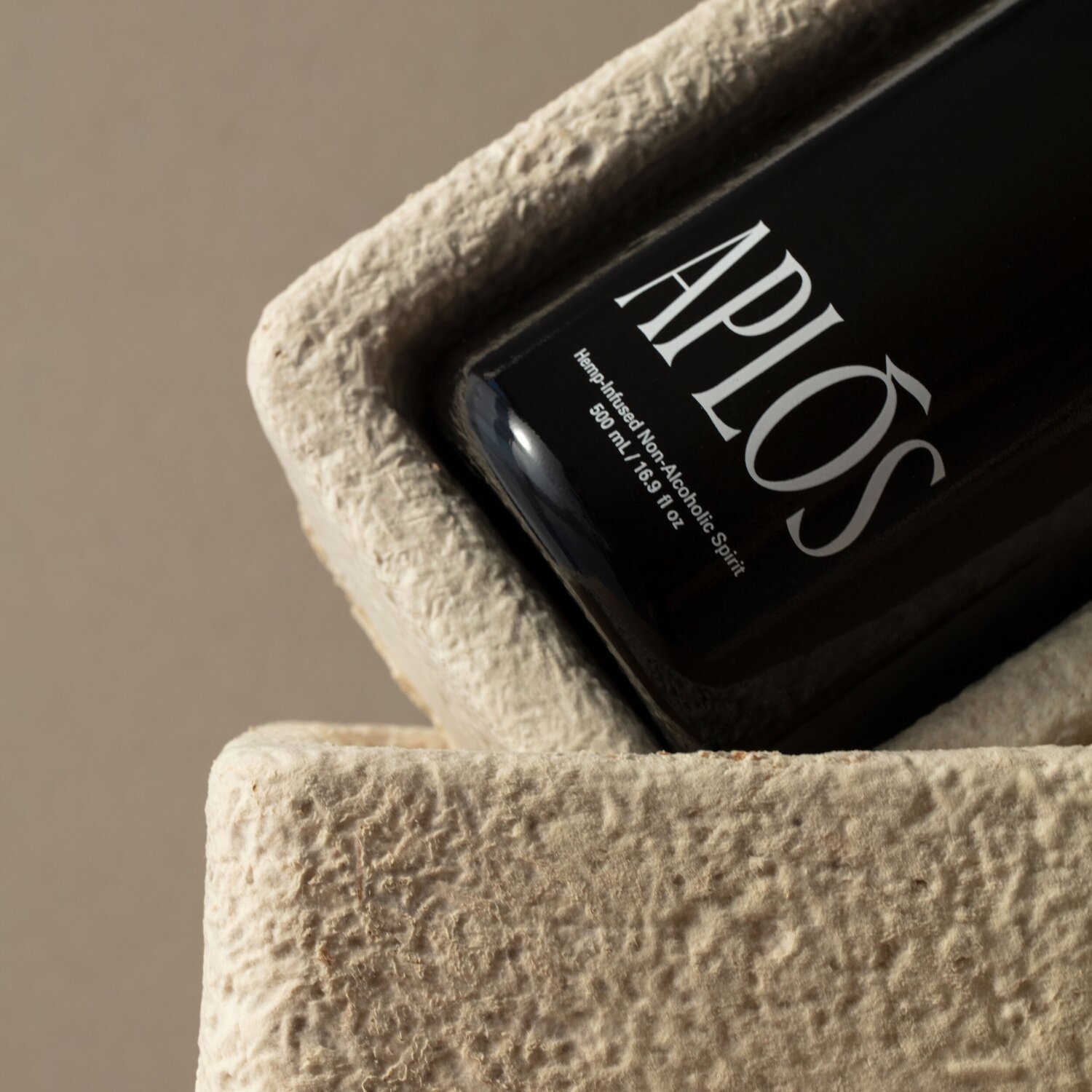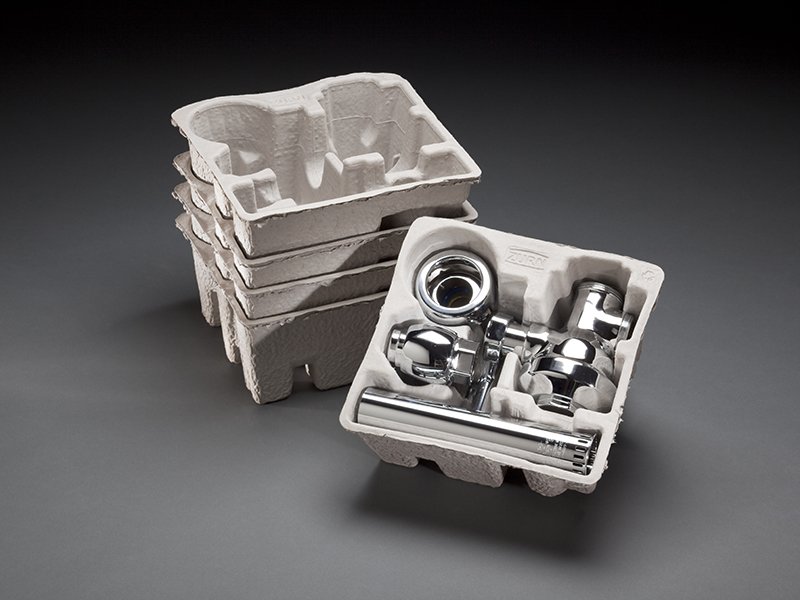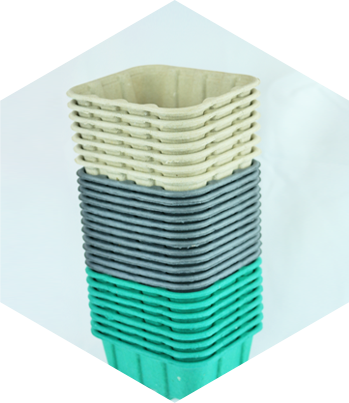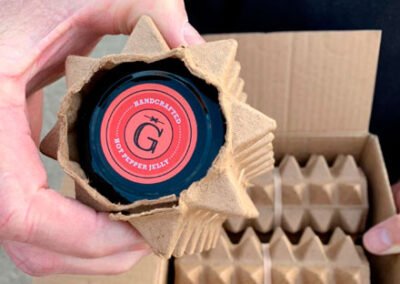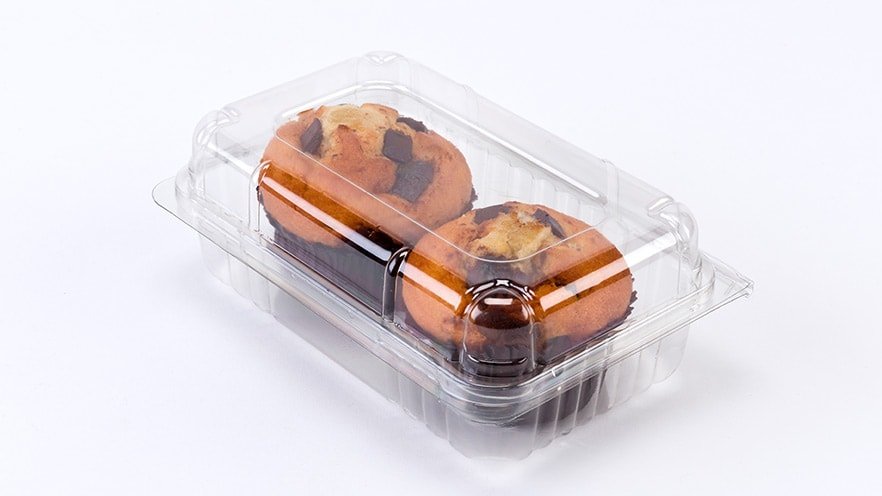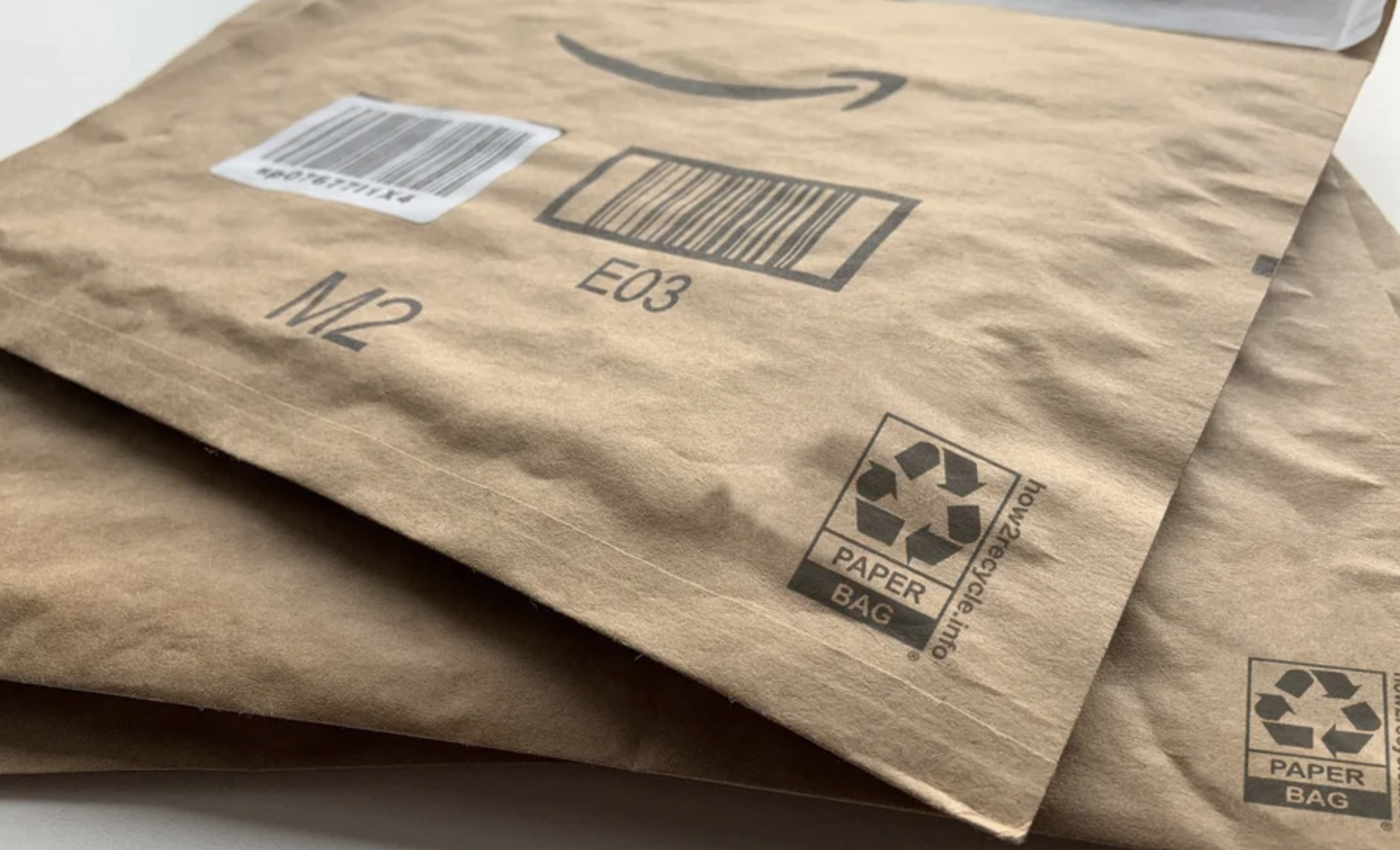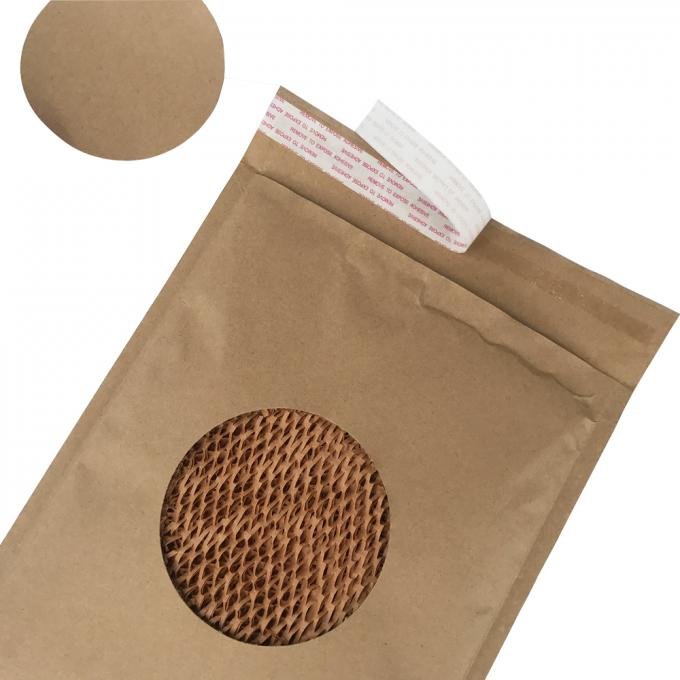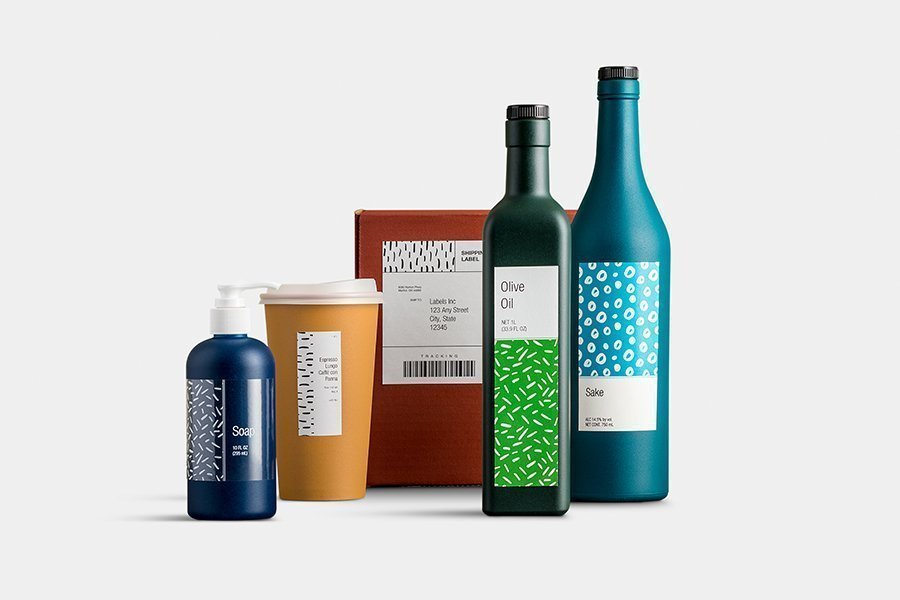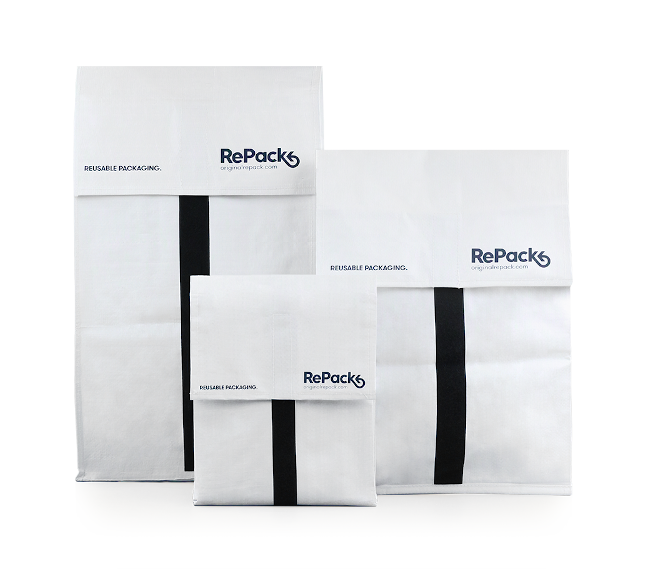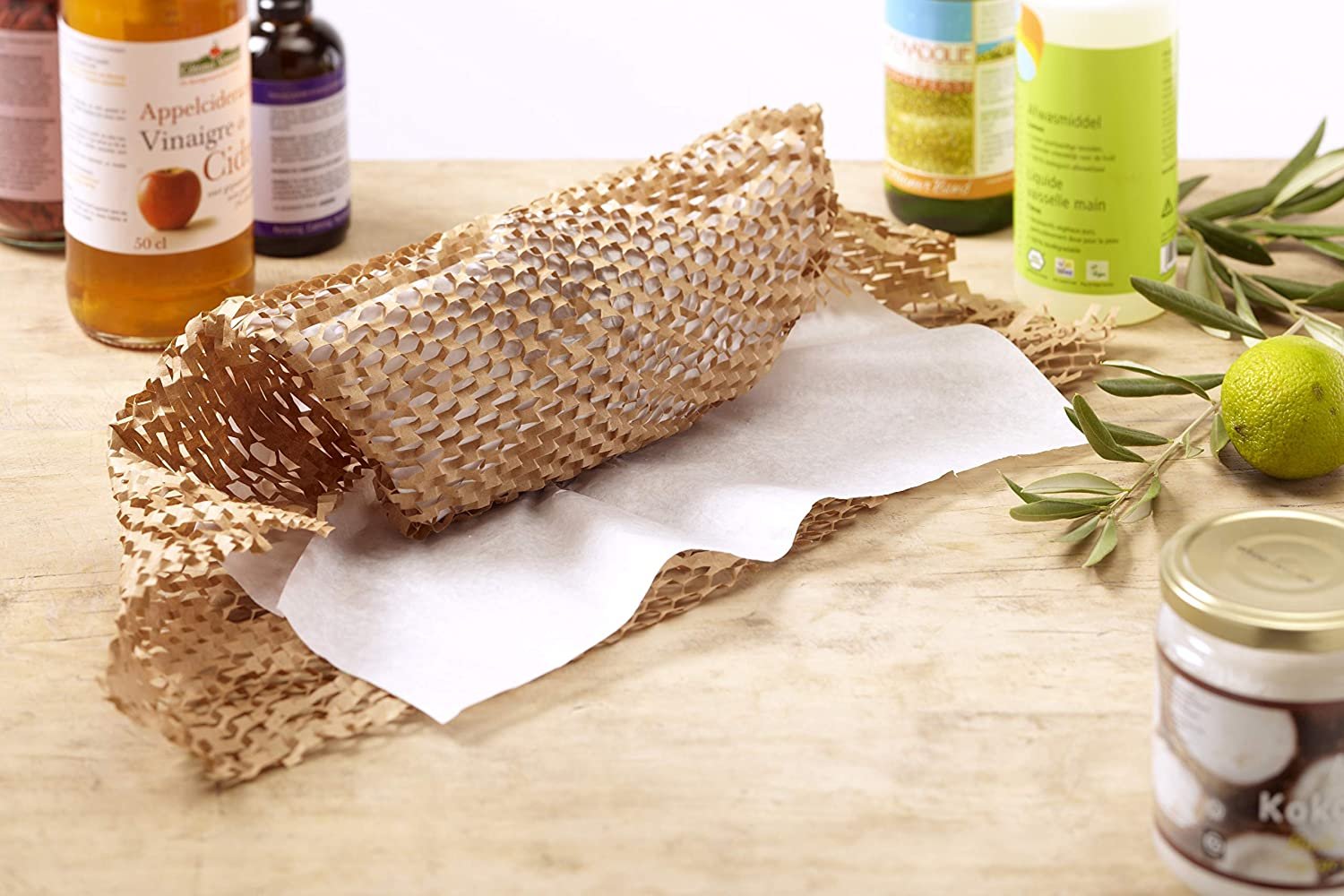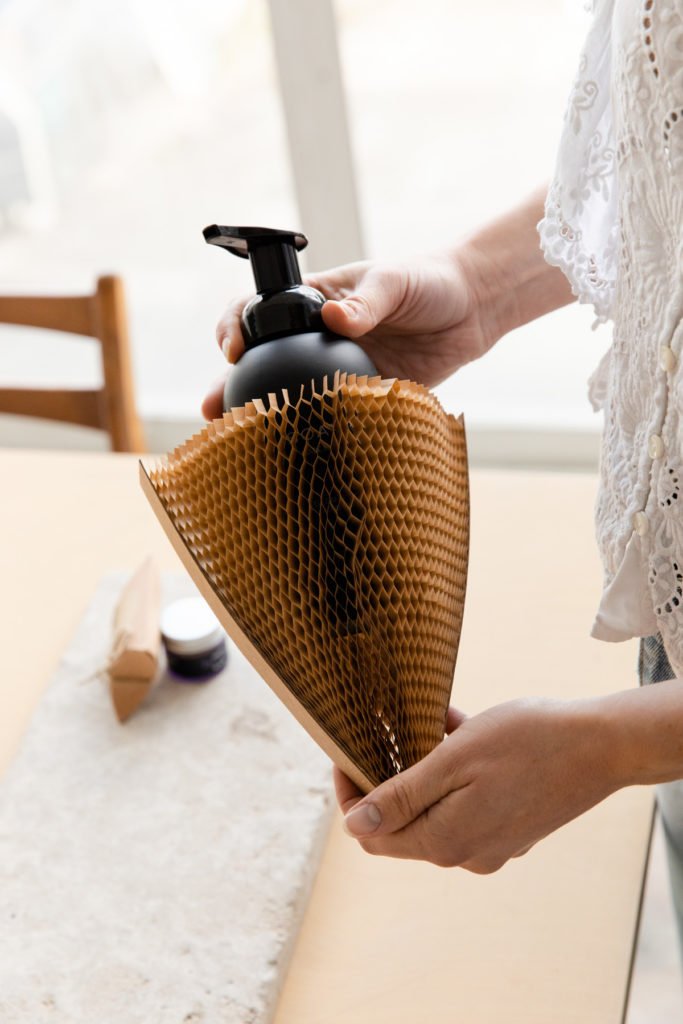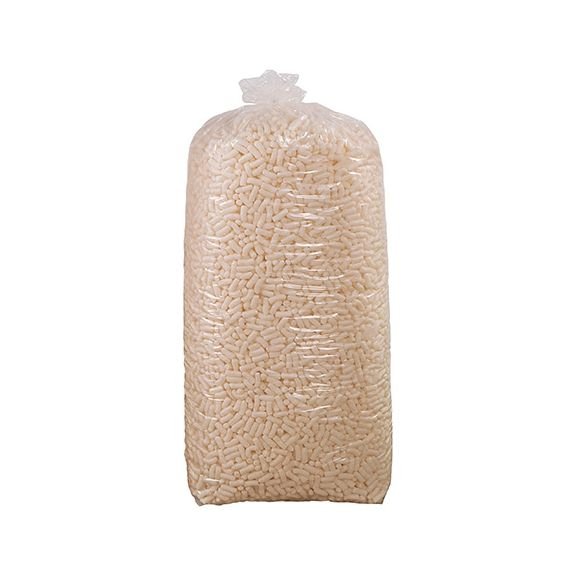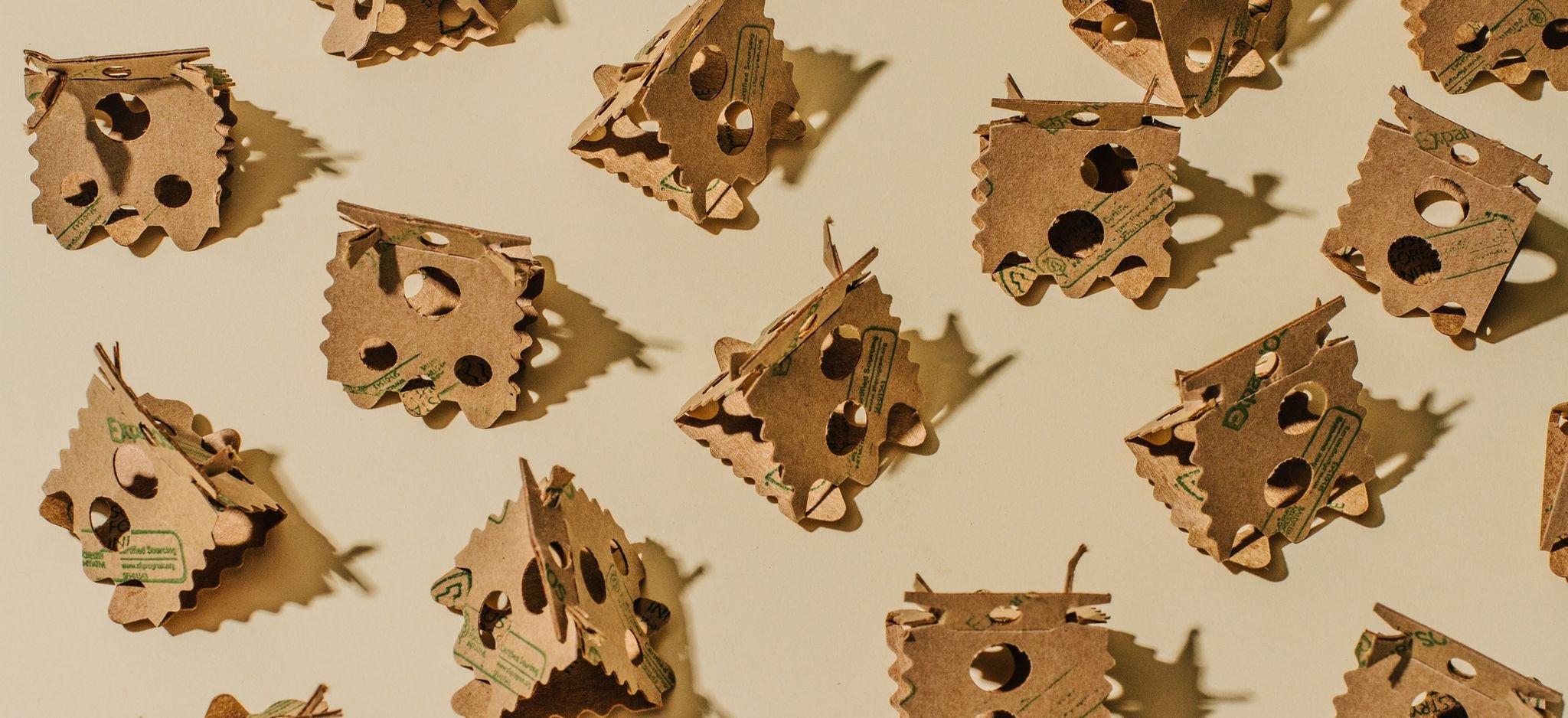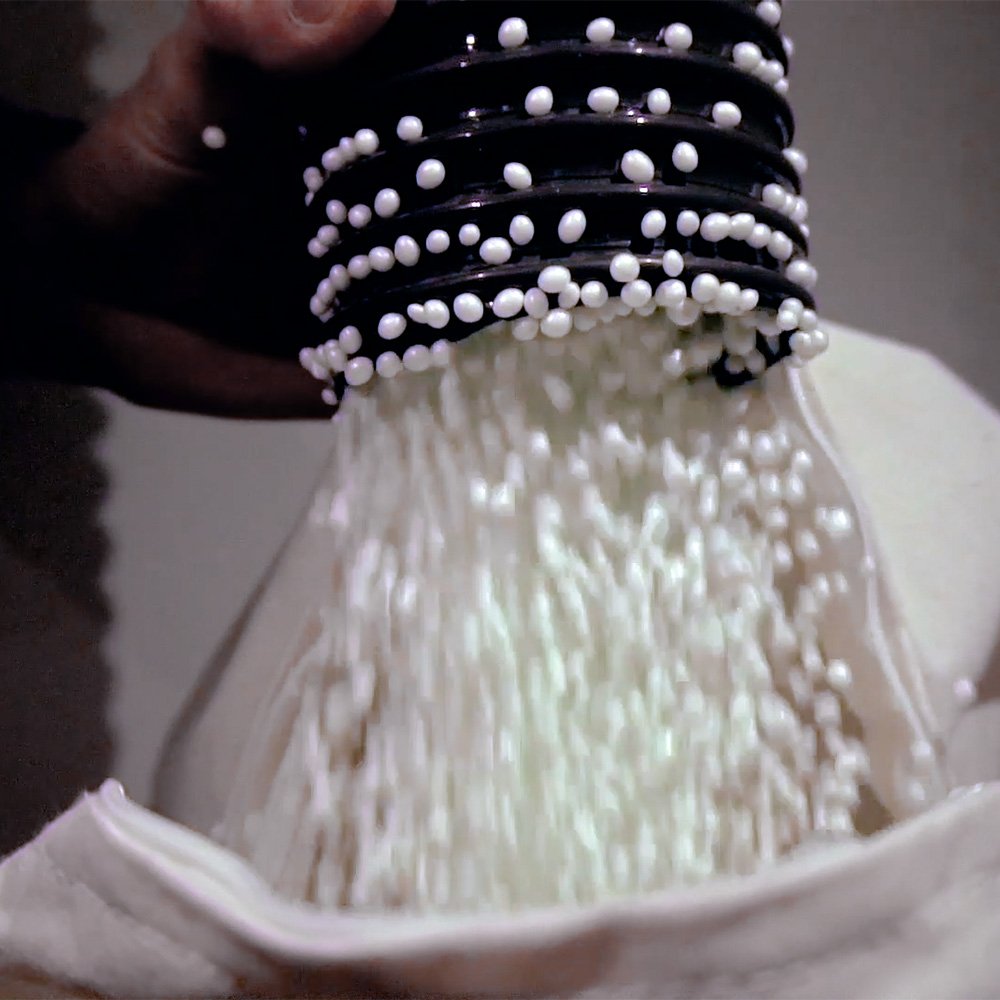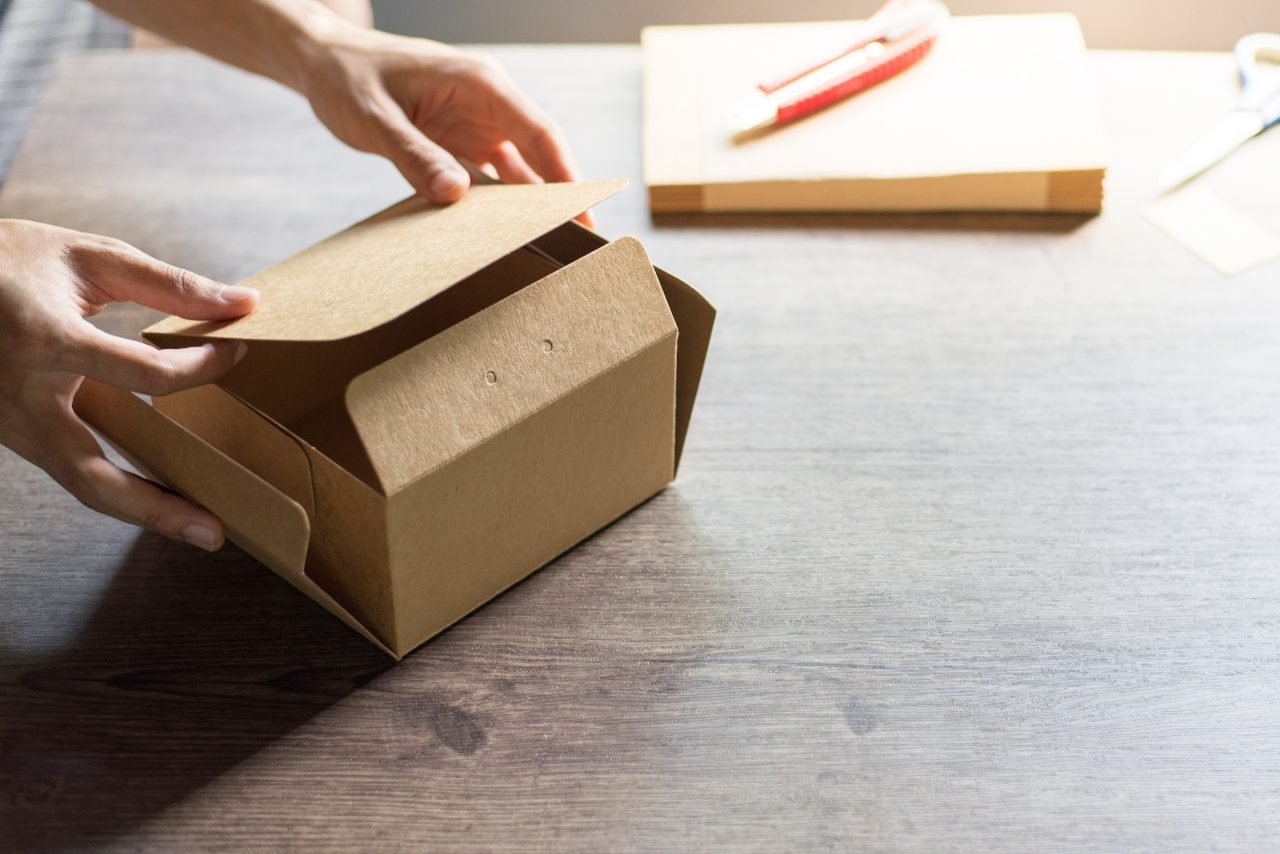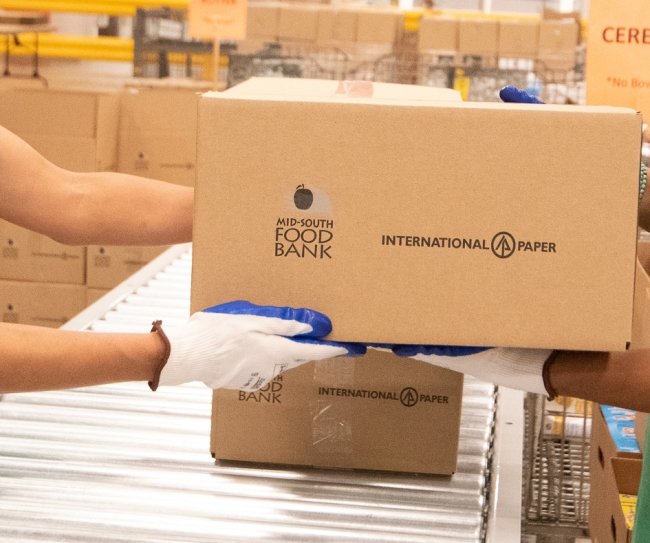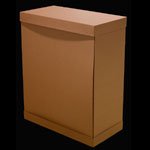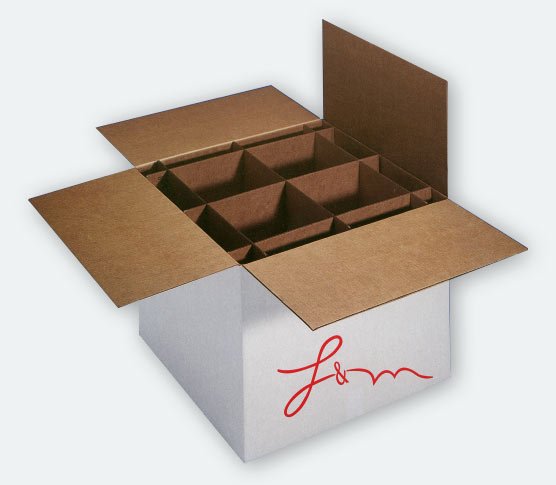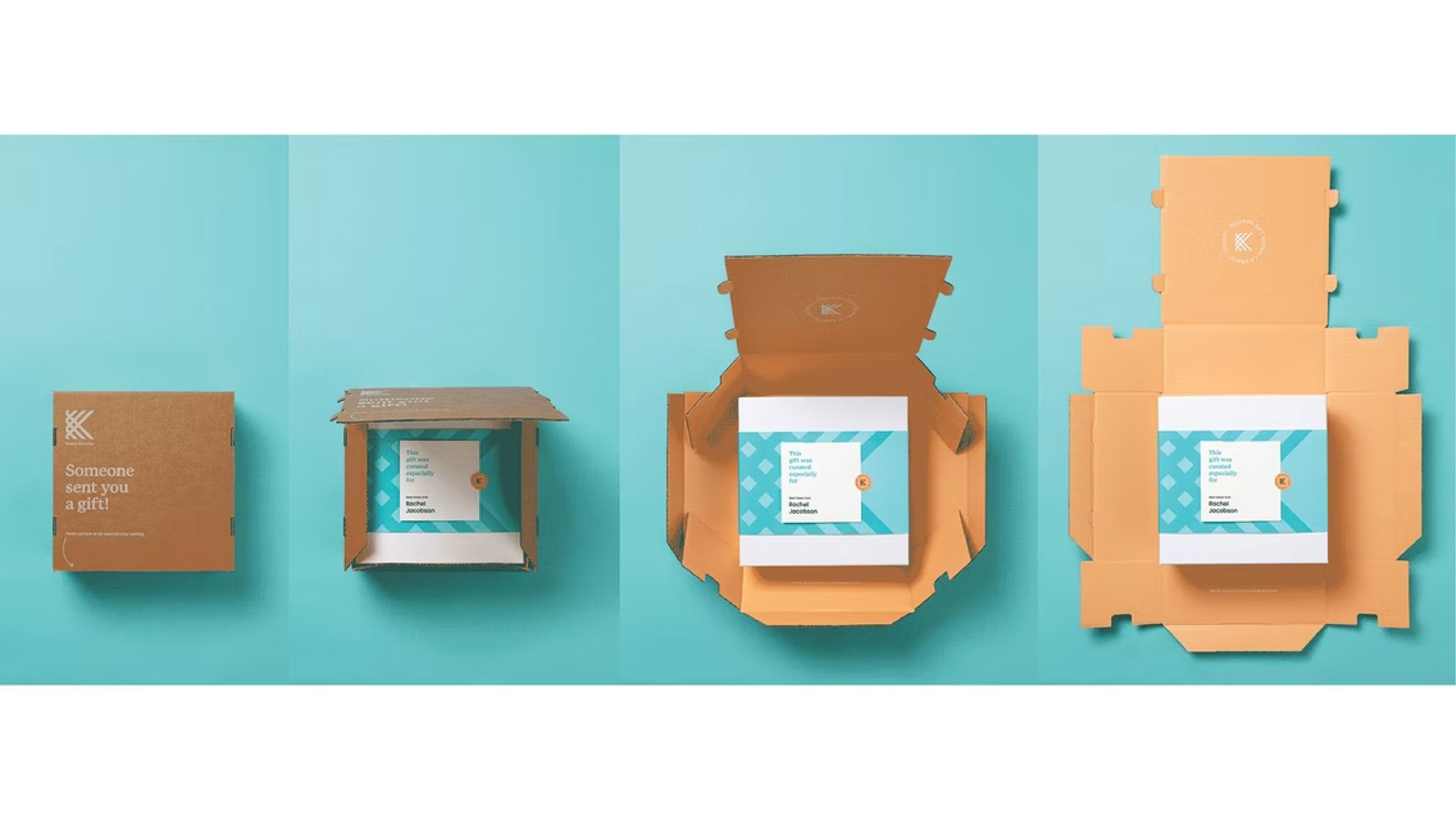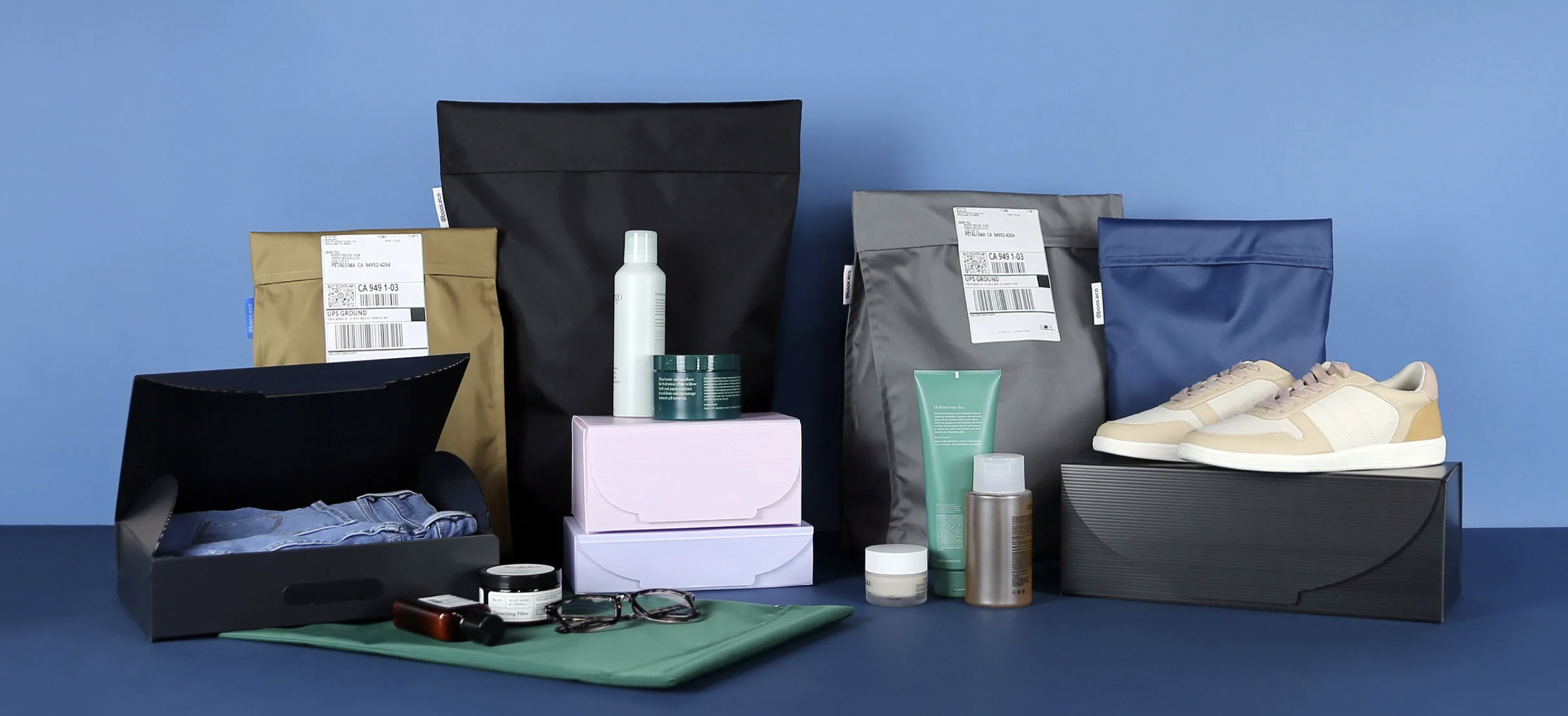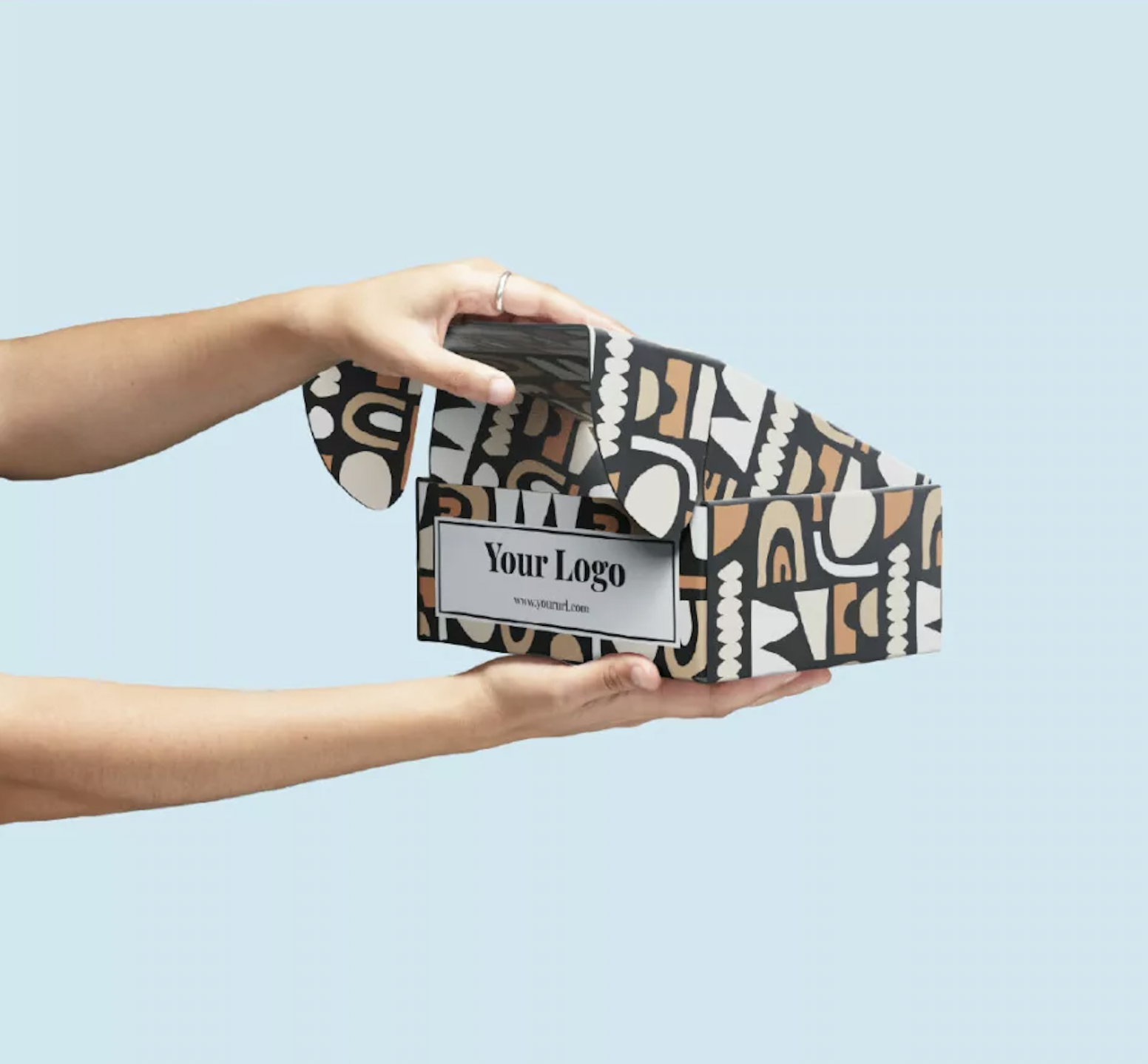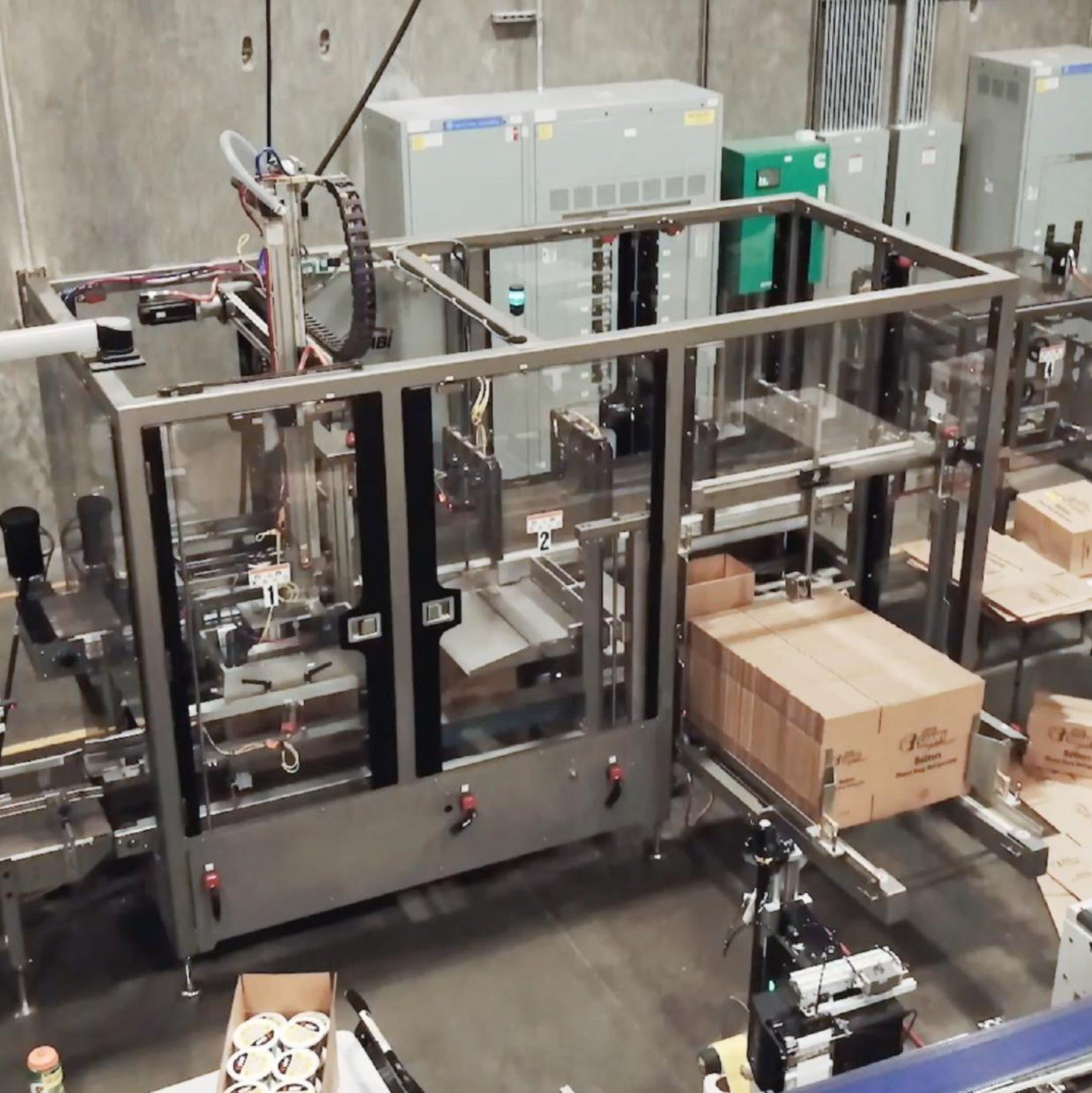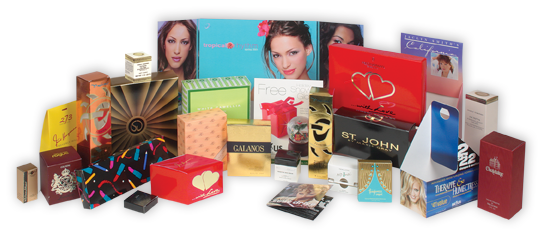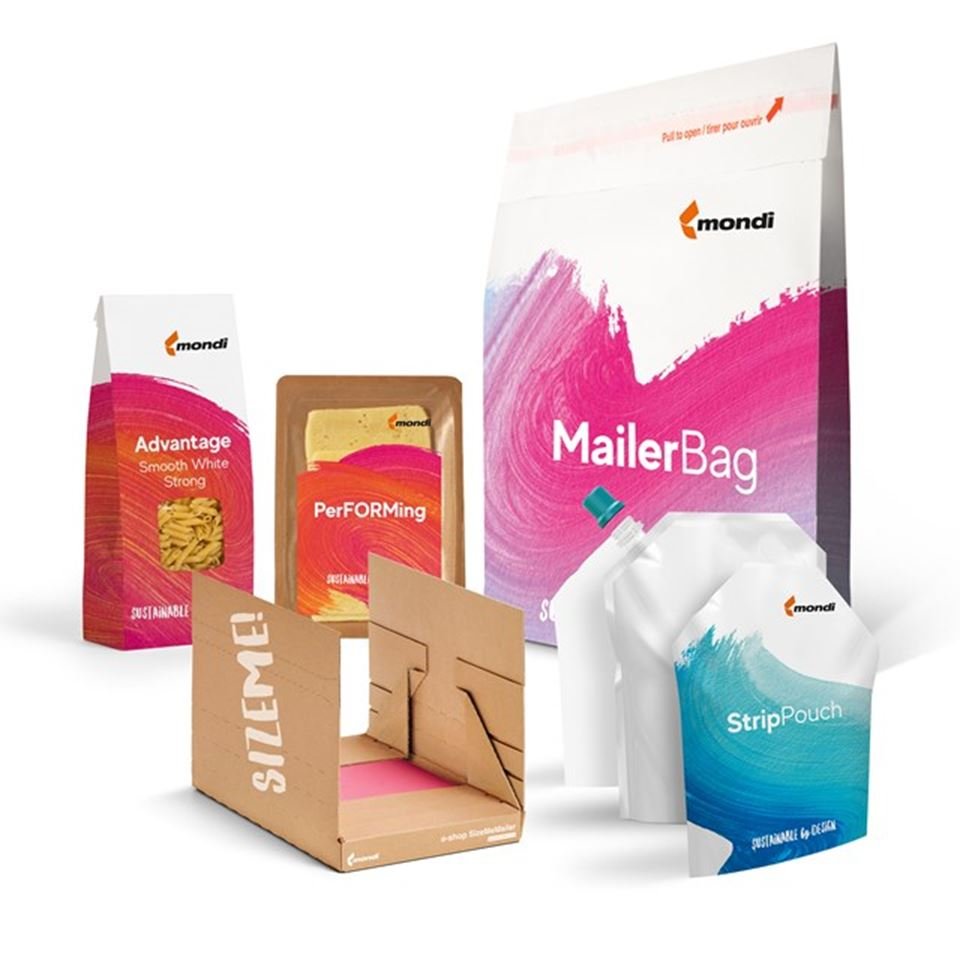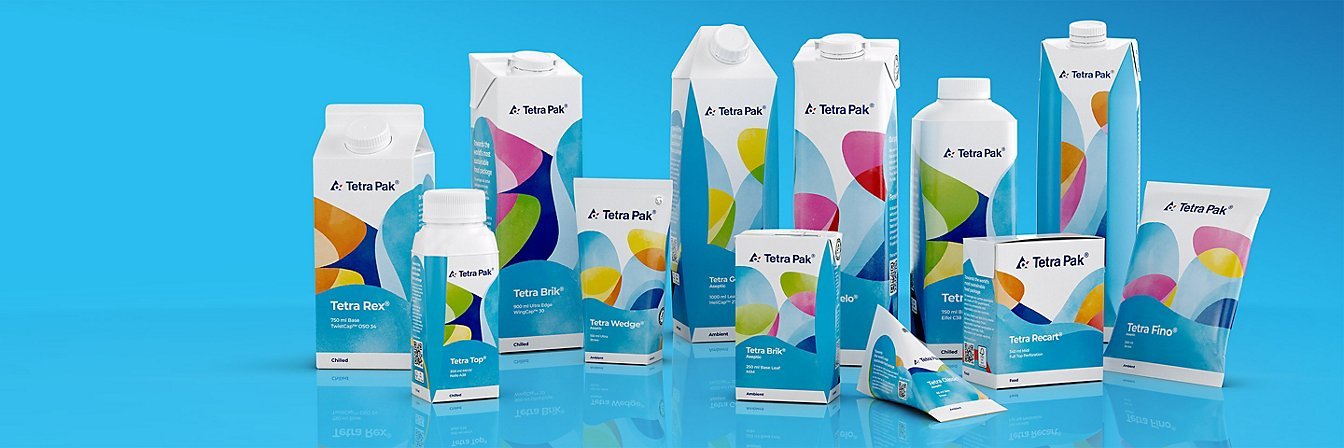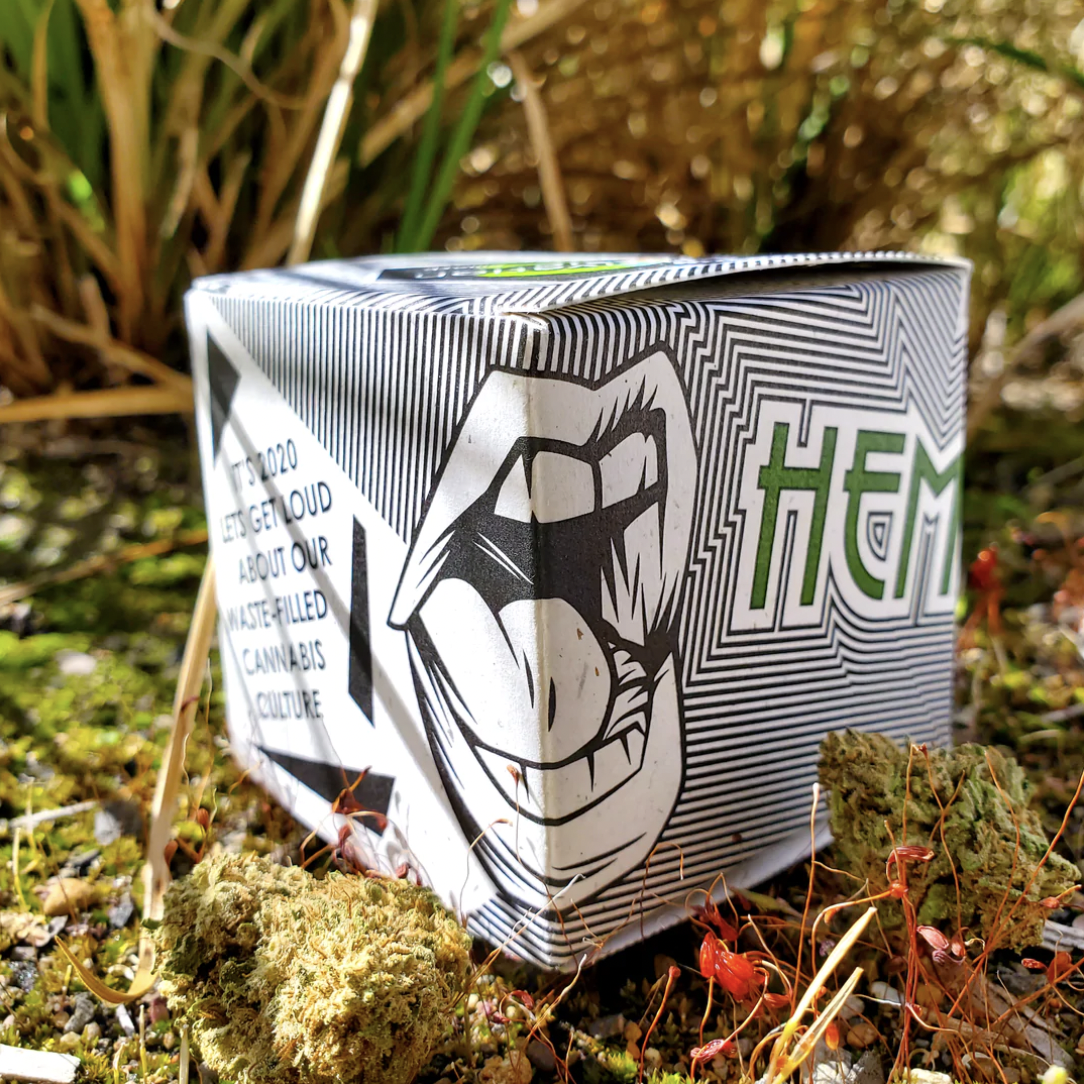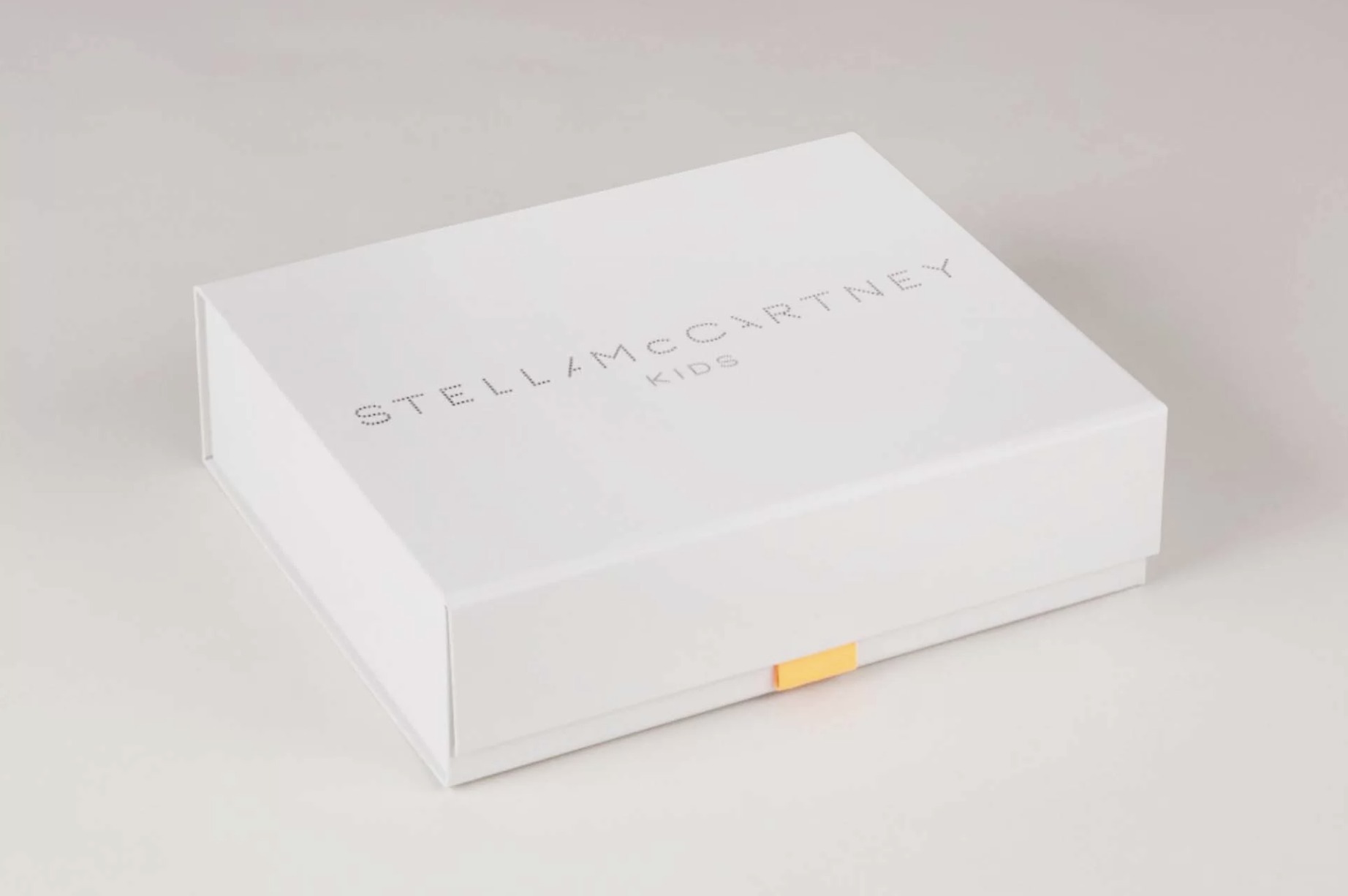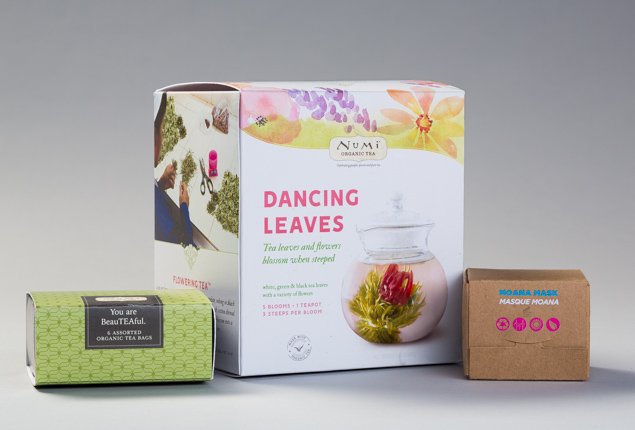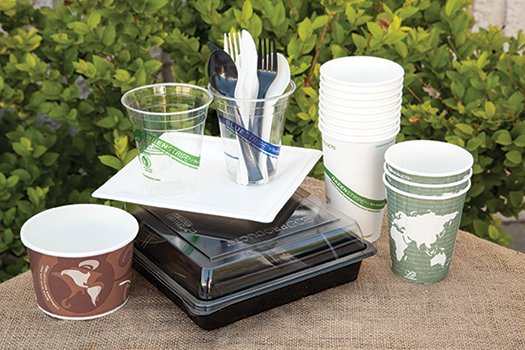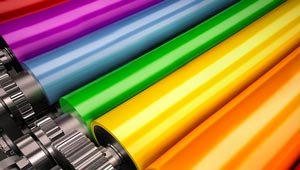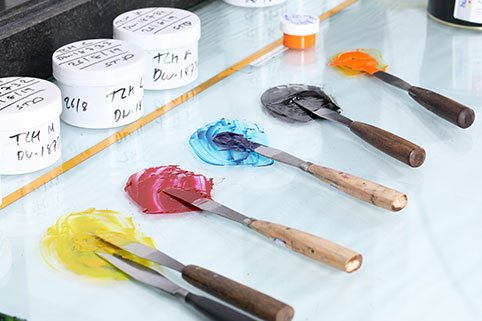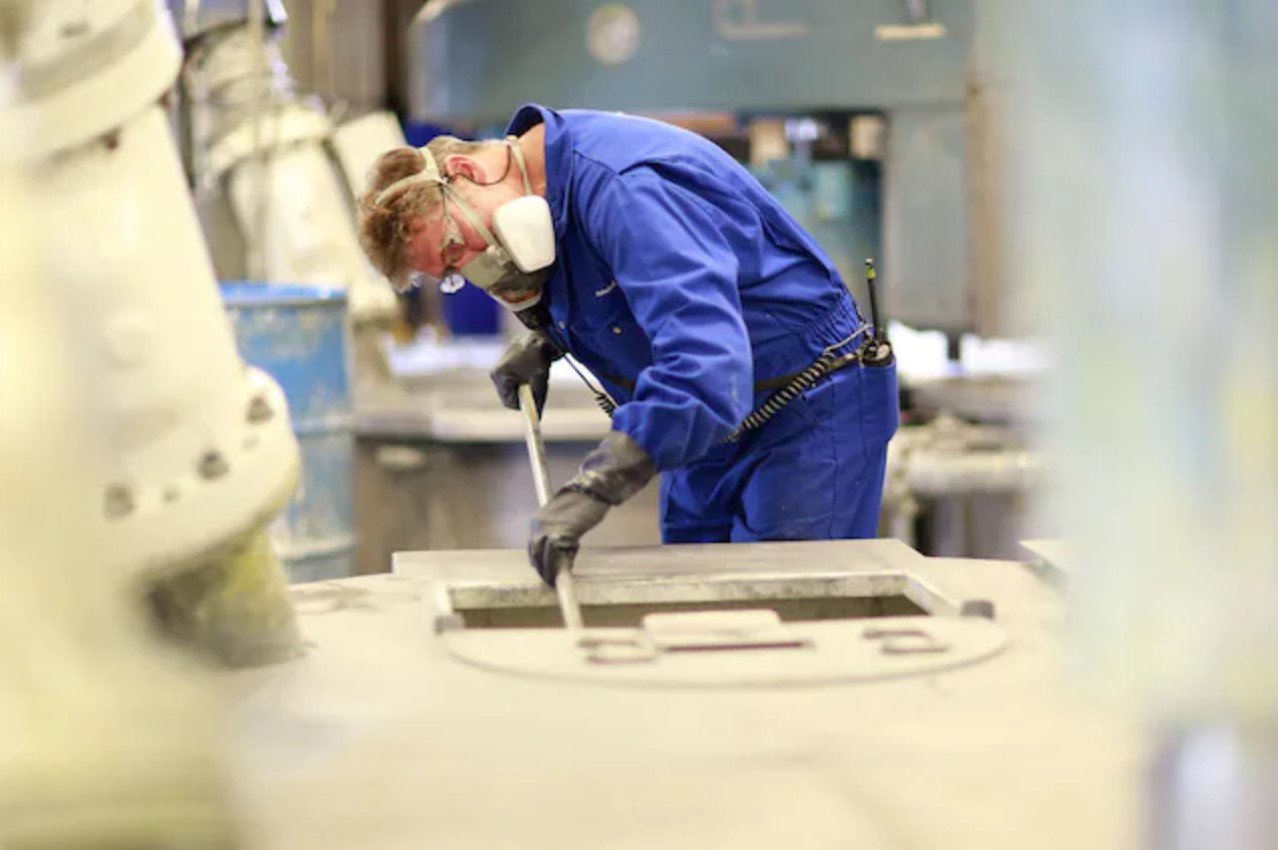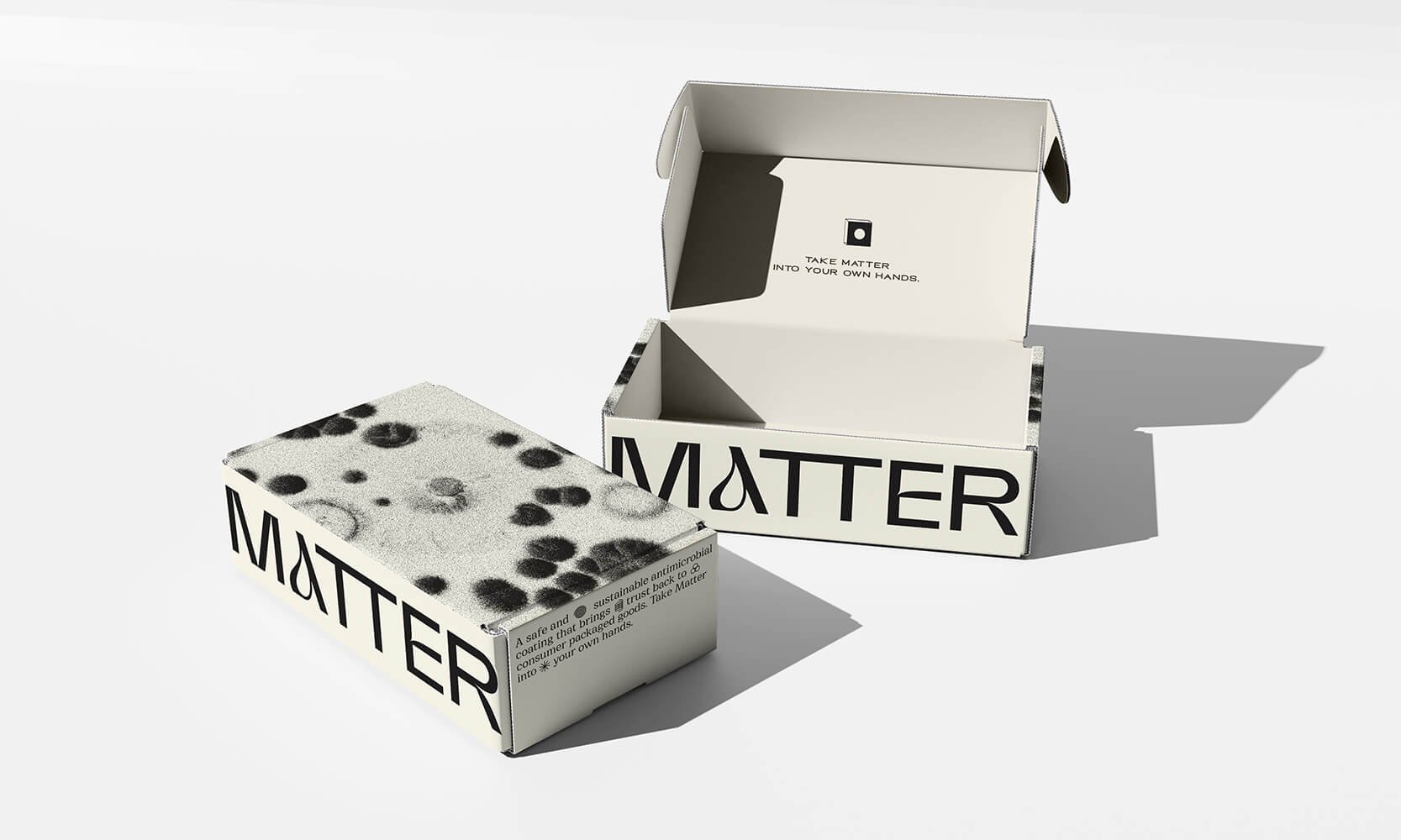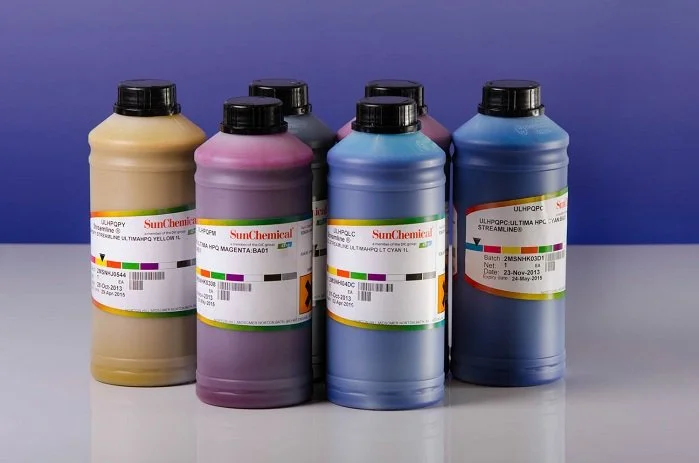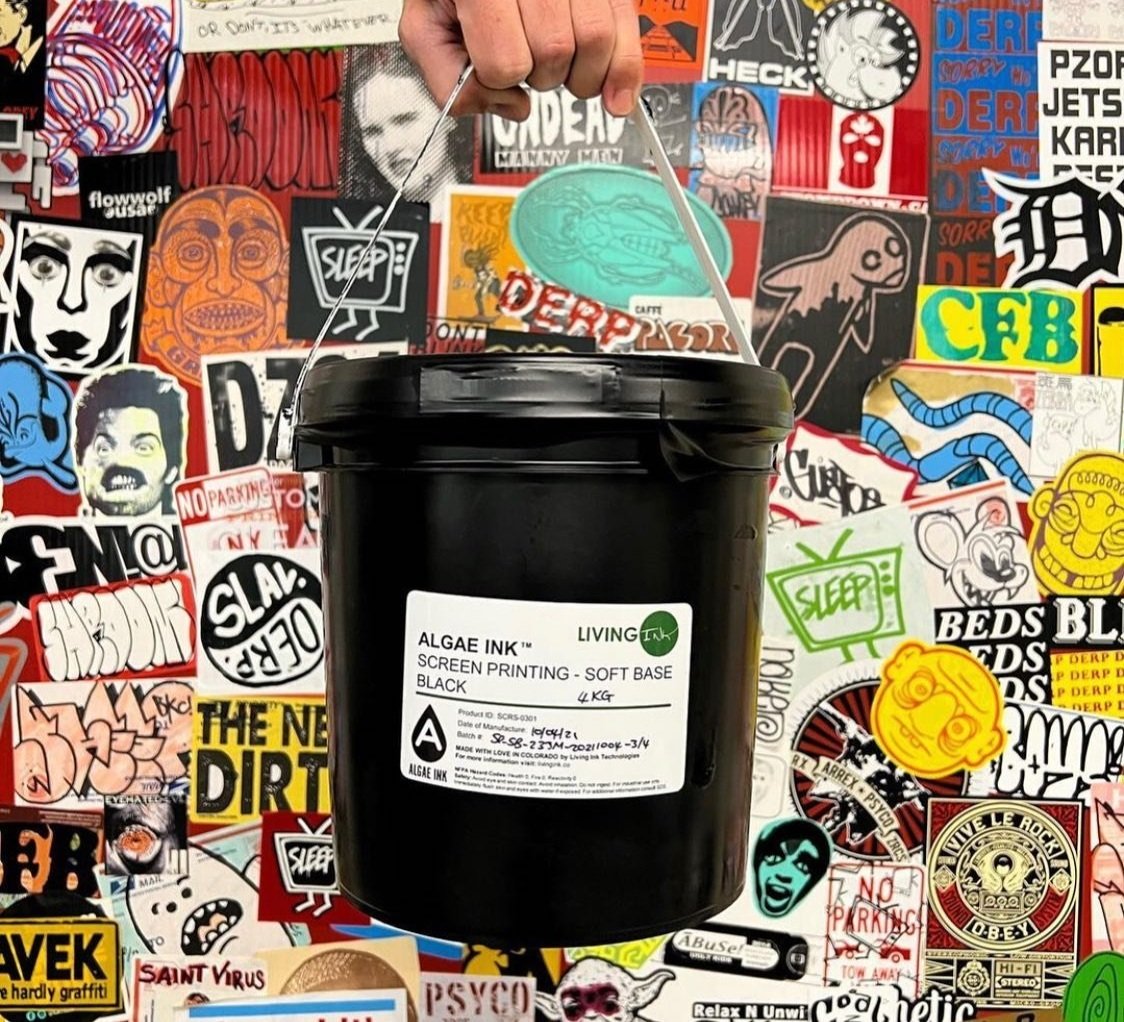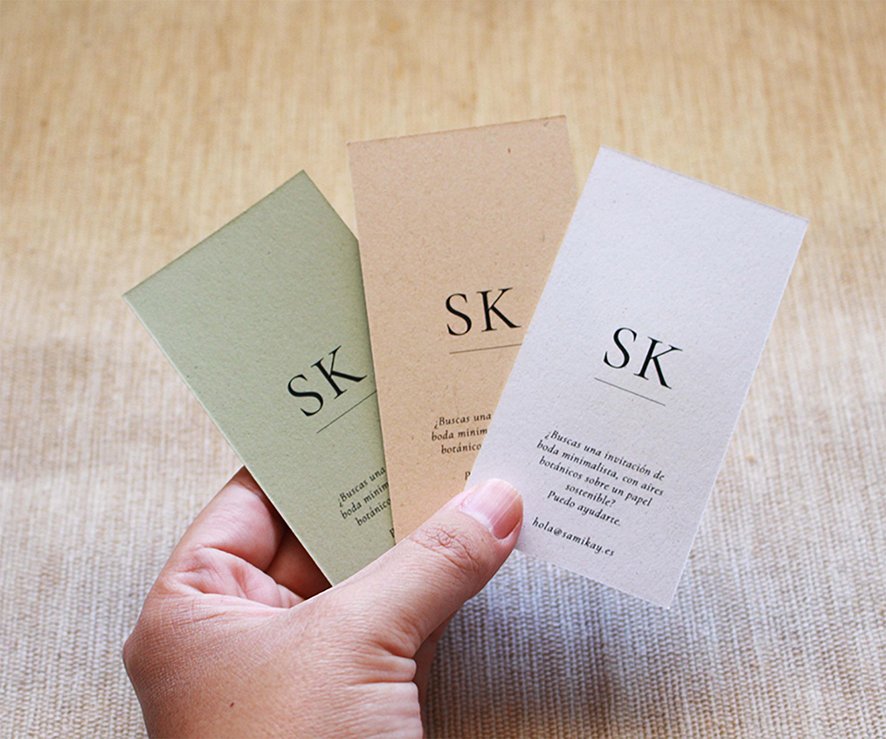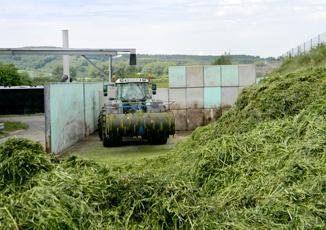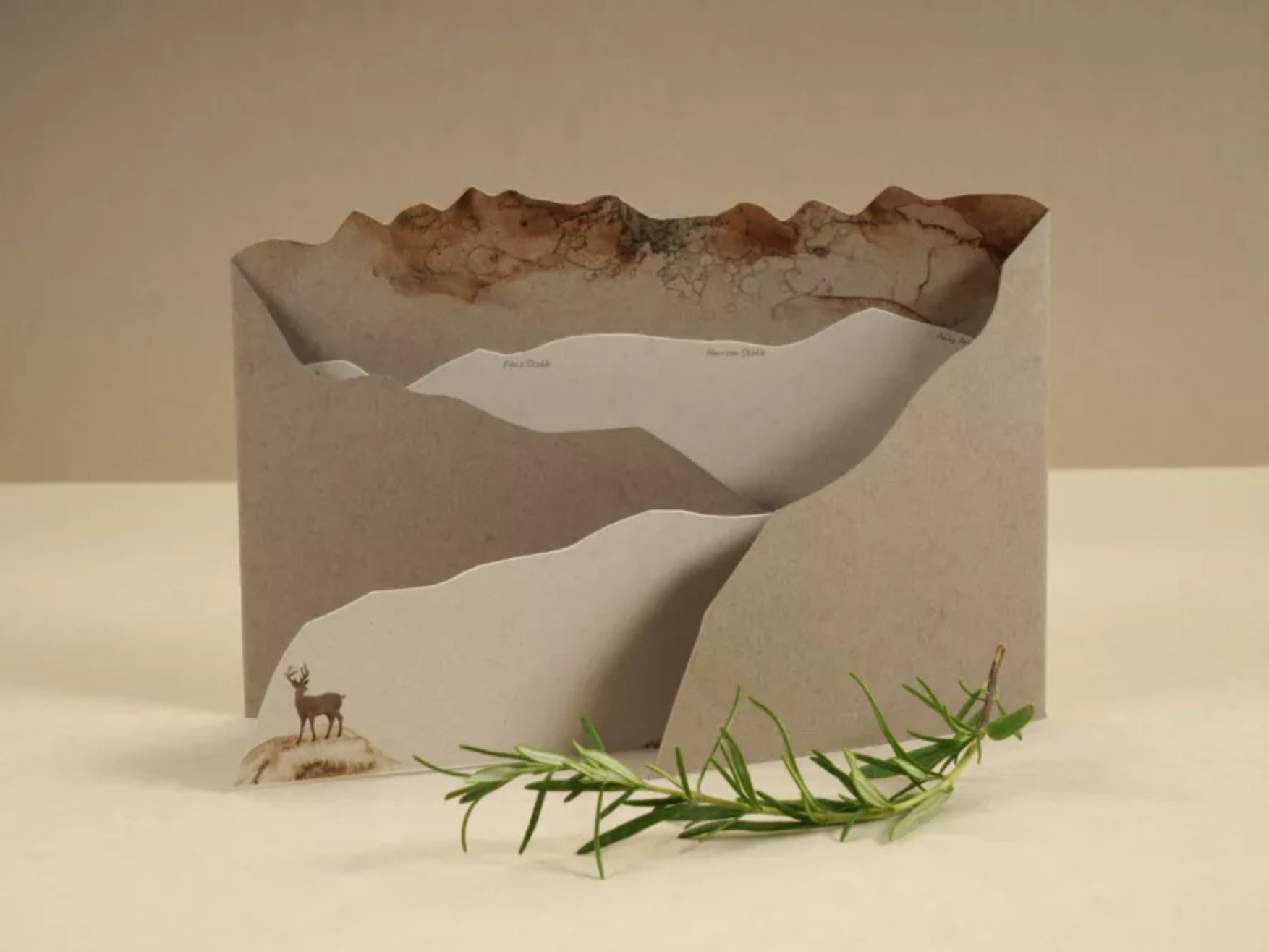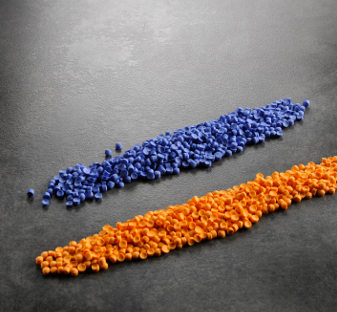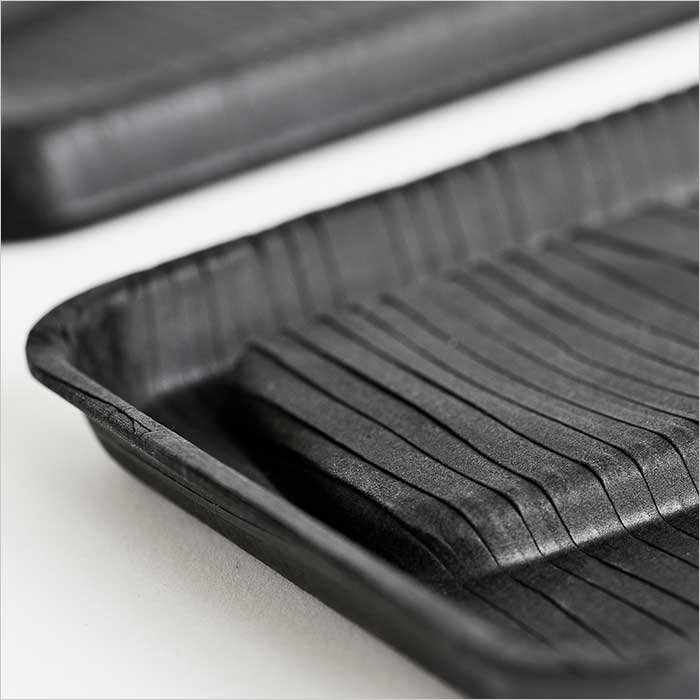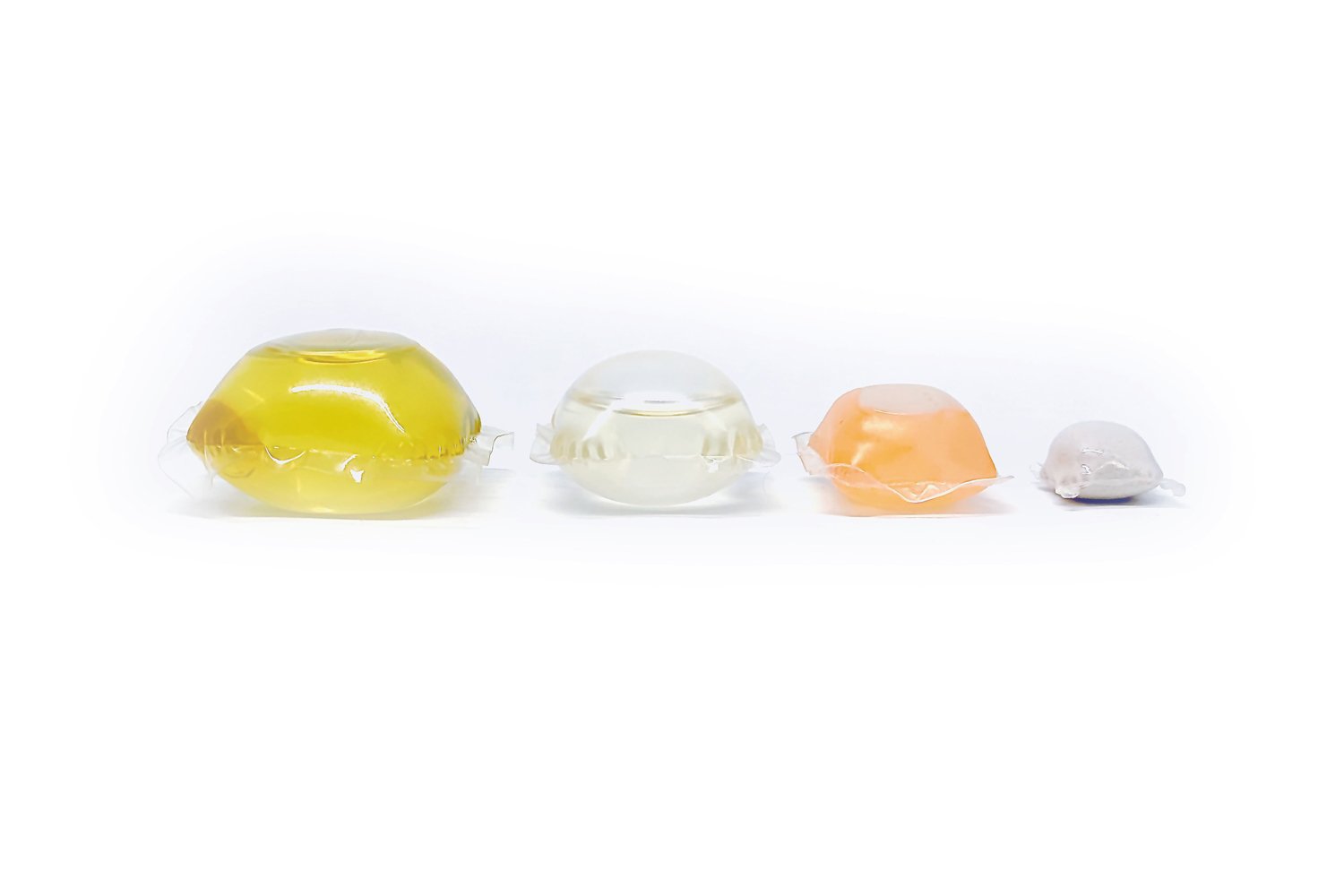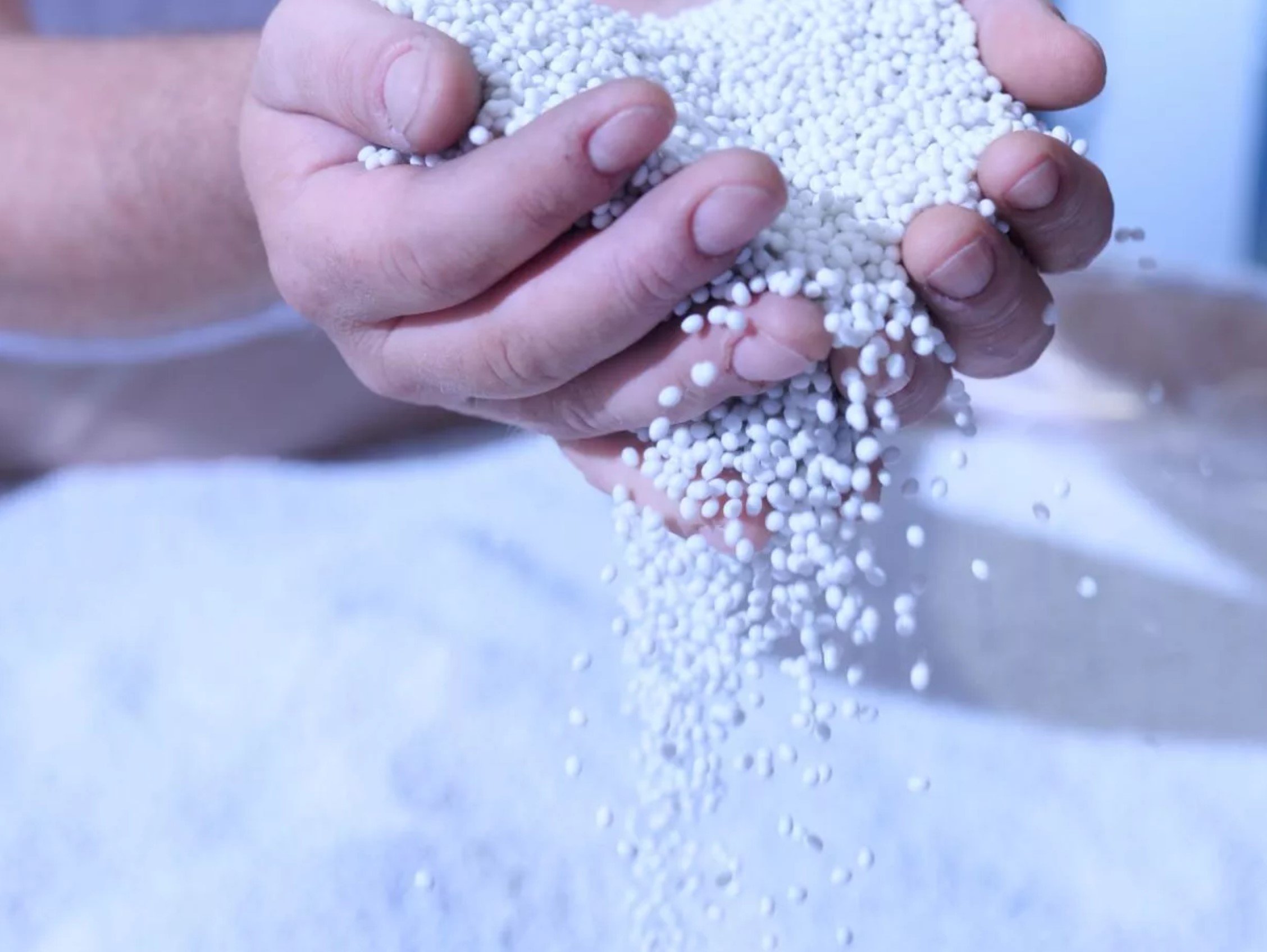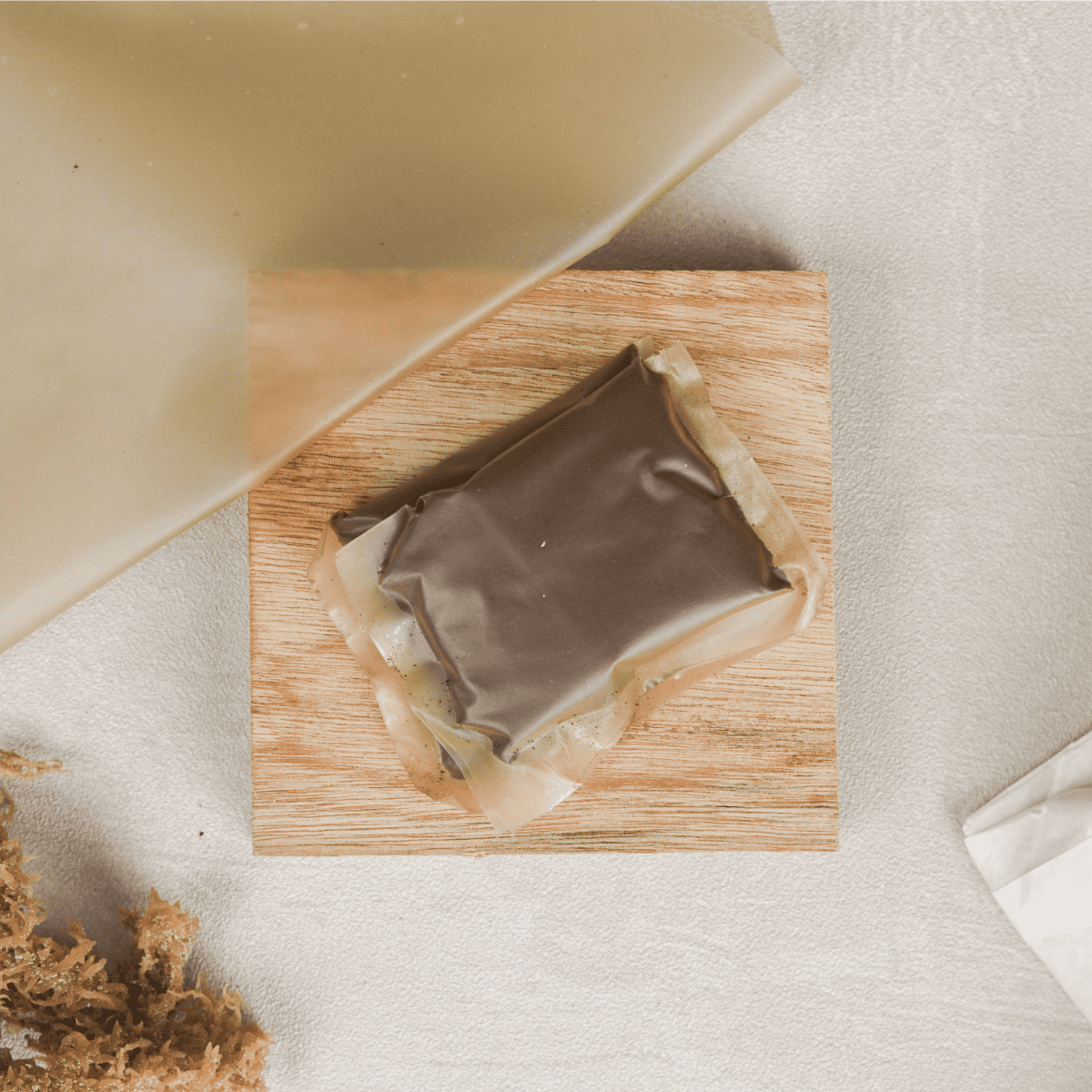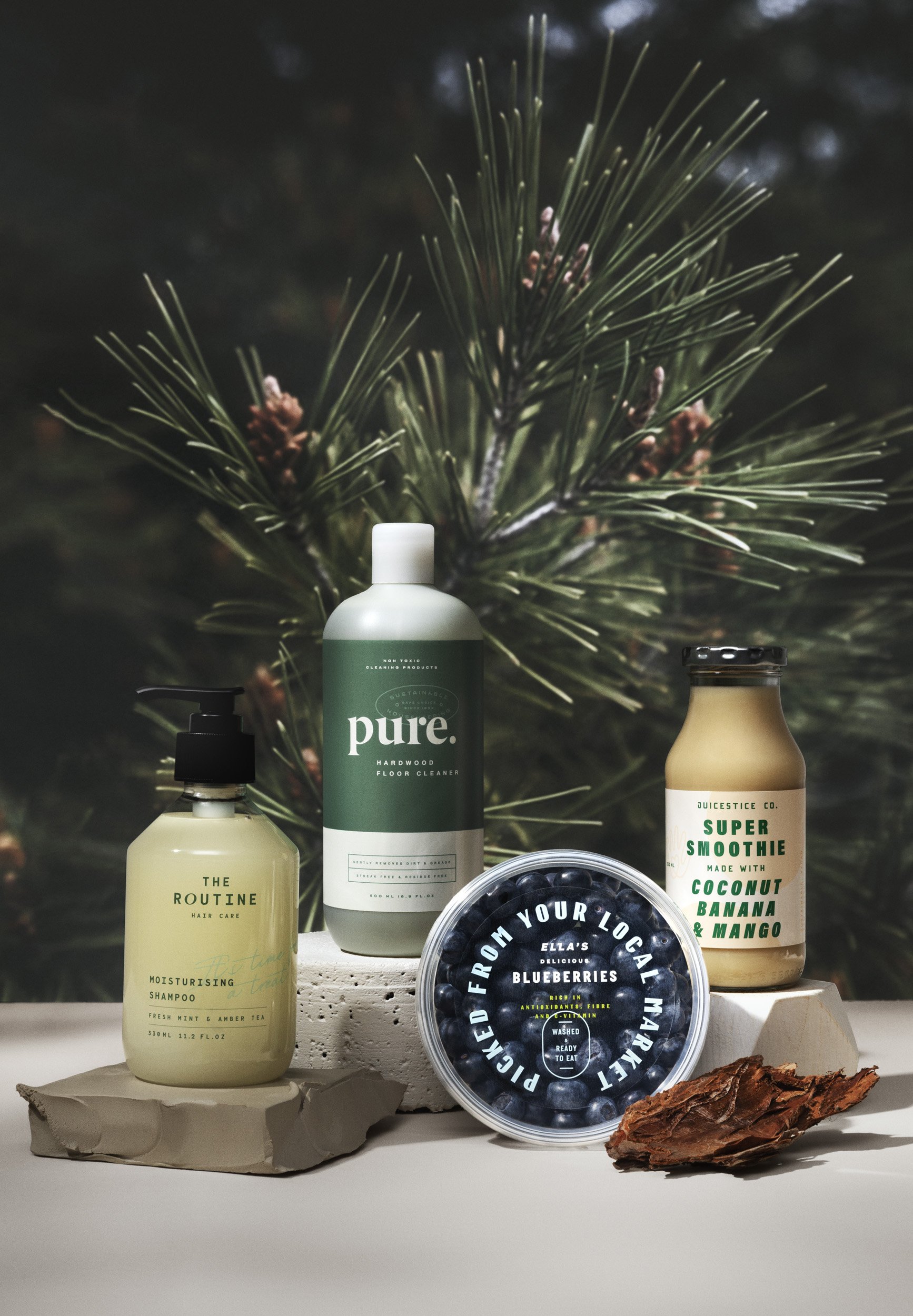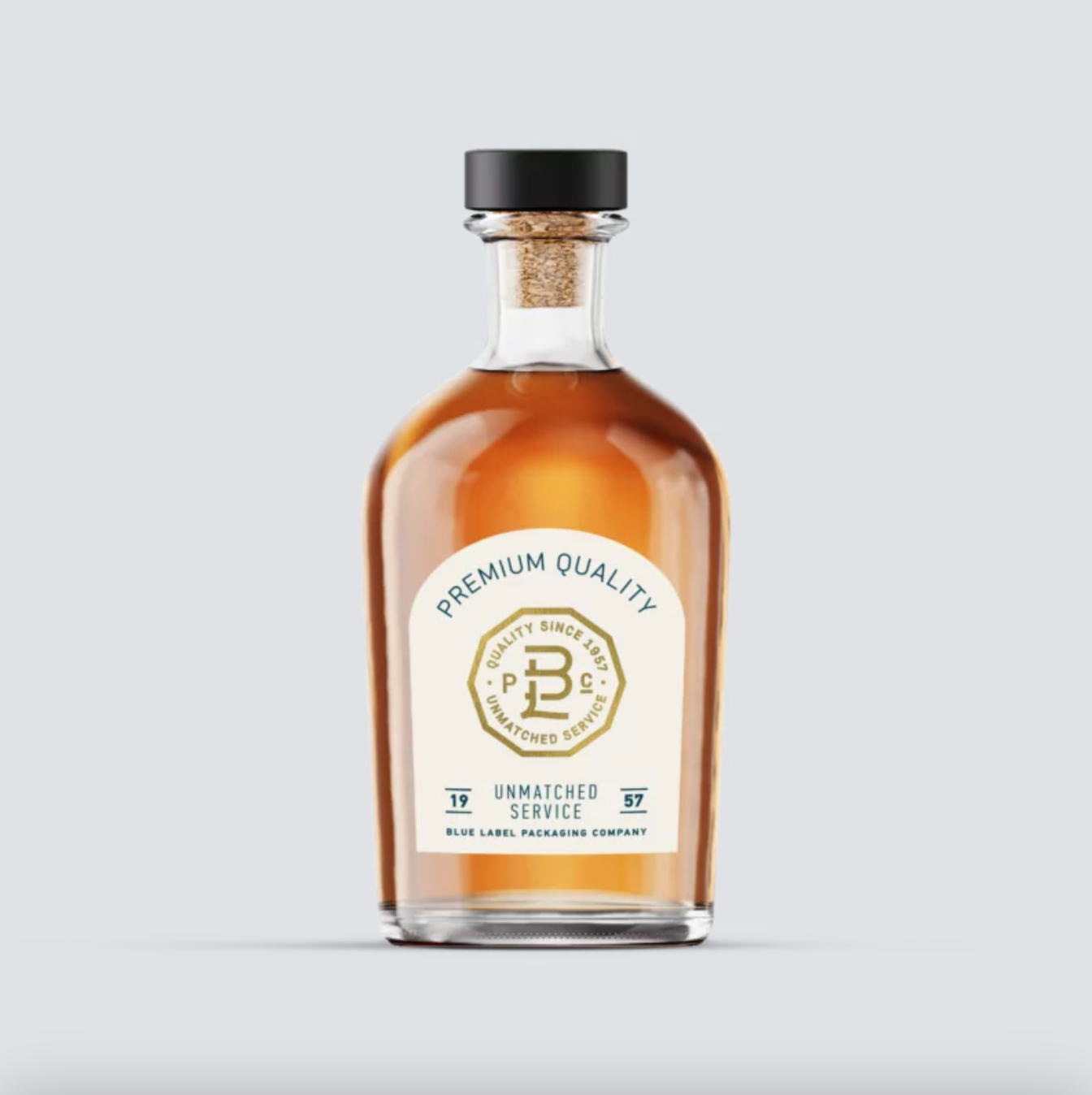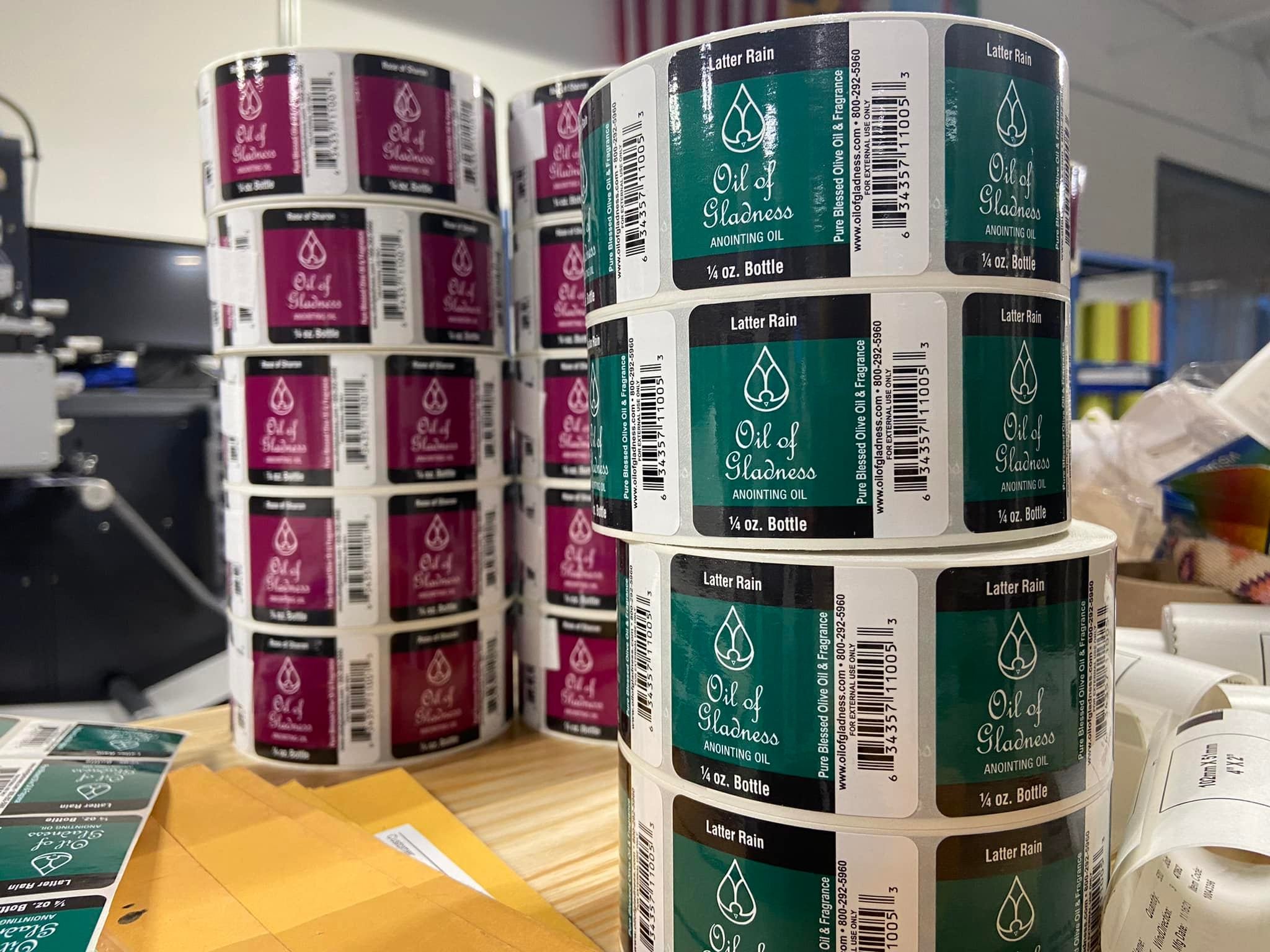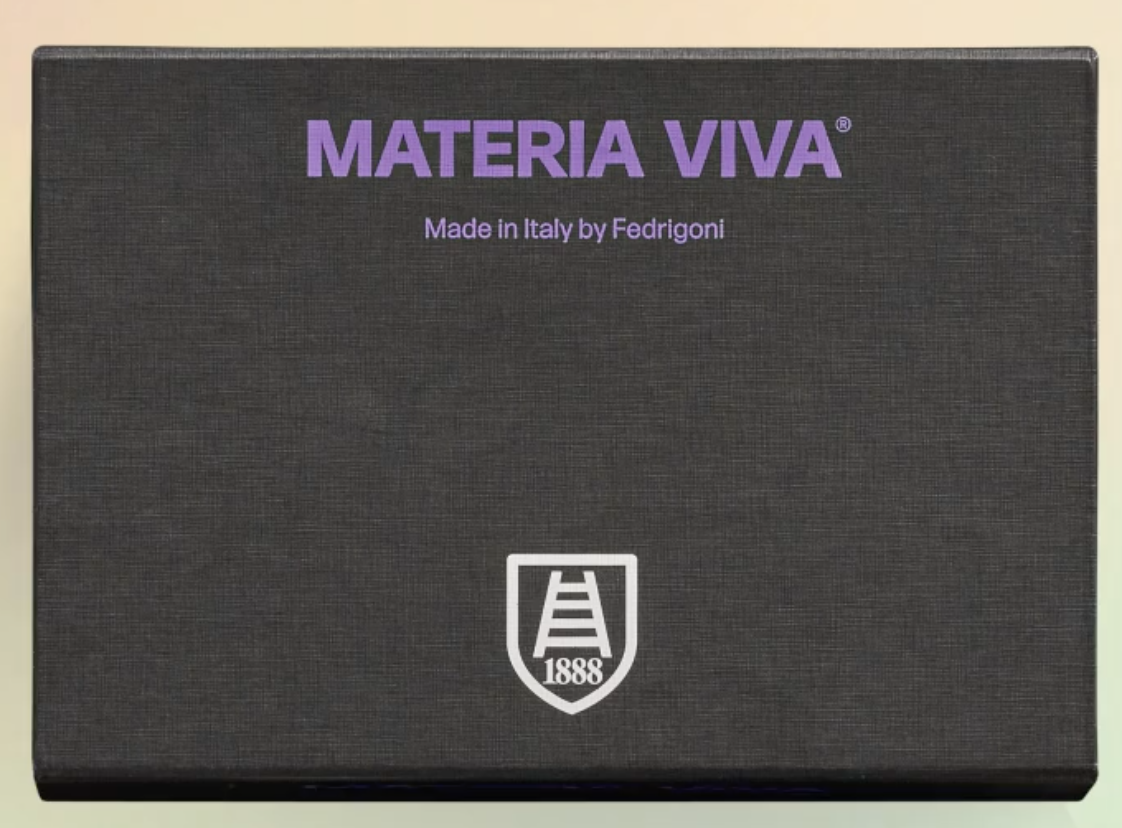Unique Distinctions
Unique Distinctions
🏭 Ontario, Canada
What we like about Unique Distinctions: Unique Distinctions focuses on beauty and personal care packaging like airless bottles and deodorant tubes.

Plastic bottles and jars
With options for 100% PCR and various lids like traditional pumps and airless pumps.
-
Unique Distinctions has decent coverage across various types of personal care bottles for anything from lotions to serums. They have options for airless pumps, spring pumps, and pop top lids.
-
Unique Distinctions offers post-consumer recycled (PCR) resins. Using recycled content is one way to minimize reliance on fossil fuels, the leading cause of human-driven climate change.
-
In the US, only around 5% of plastic waste was recycled in 2021. While plastics with the resin codes #1 and #2 (PET and HDPE) have a higher likelihood of being recycled, plastic as a whole has a very low likelihood of actually being recycled.
This is due to several factors including the lack of recycling infrastructure, the number of plastic types, the sheer volume of plastic waste, and the quick degradation of the polymers in recycling. Even if plastic ends up in a recycling bin, most of it will end up in landfills or oceans.
To minimize the amount of plastic sent to landfills, use paper-based or glass alternatives, or opt for refillable or practically reusable designs.
-
Use discretion when using plastic resin codes (the recycling symbol surrounding a number).
Resin codes simply indicate the type of plastic an object is made from, not its recyclability. Whether or not a plastic can be recycled depends on individual cities’ waste infrastructure. In cities where plastics are accepted, resins #1 and #2 (PET and HDPE) are most commonly permitted, unless they’re made into plastic film.
On your design, it's ideal to indicate the plastic type and encourage to look up their city’s disposal rules for that type of plastic.
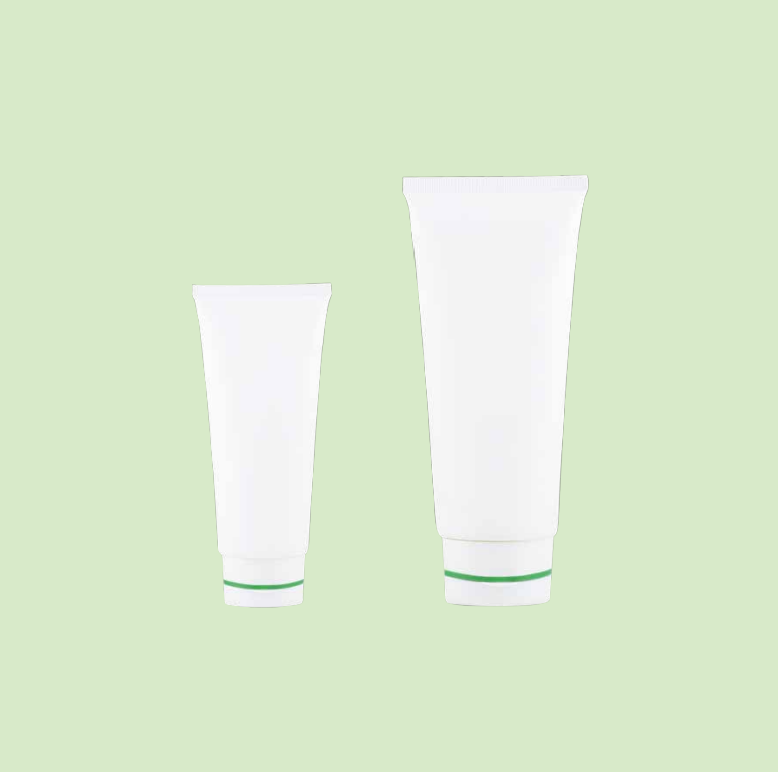
Sugarcane plastic tube
-
A flexible that’s pliable enough to squeeze product out. Sugarcane plastic feels like traditional, fossil fuel-based plastic.
-
Bioplastics are derived primarily from renewable materials from plants or animals, instead of fossil fuels which are not renewable. Some bioplastics may have fossil fuel additives to enhance certain performance properties like flexibility.
-
If a bioplastic is compostable, it’s a good idea to let customers know that the second best option is reuse. If they can’t compost or reuse the plastic, it should go in the trash.
Bioplastics look and feel like traditional plastic, but most can’t be recycled, so proper disposal information should be an important part of the design. Tossing bioplastic in with recycling just adds an extra step on the way to landfill.
You could consider a takeback program. If you can work with an industrial composter that accepts bioplastic, you can bulk compost your packaging on behalf of customers.
-
Bioplastics are primarily derived from renewable materials like plants and animals, instead of fossil fuels. Some bioplastics may have fossil fuel additives to enhance certain performance properties like flexibility.

Aluminum tubes & bottles
-
Aluminum bottles have the weight and feel of a beverage can, but in personal care applications, they tend to be a little thicker and more rigid.
Aluminum tubes and bottles are a recyclable alternative to plastic.
A metal “key” is often included with aluminum tubes to make for a more consistent, easy product distribution.
-
Metals are a nonrenewable resource, but the upside is that metals can be recycled endlessly. Metal can be more lightweight than glass, plus it's not breakable. It also has the water resistant properties of plastic. The most common metals used for packaging are steel, tin, and aluminum.
-
Since metal is a nonrenewable resource, it's crucial that it's recycled. Metals are endlessly recyclable without degradation in quality. Many metals are widely accepted for curbside recycling.
Because metals can last a long time without degradation, refill programs often use metal containers.
-
Because it's endlessly recyclable, it's crucial to remind consumers to recycle metal so that this valuable material stays in the stream.
Most metals start as a silver or gold color. Your design can embrace the metallic feel, or you can explore flood coats or wrap applications to cover the shine.
Jars & Bottles
Industrially compostable bamboo bioplastic jars and bottles for personal care products.
Glass bottles and jars for food and beverage, made from an average of 60% recycled content.
Personal care packaging like bottles and tubes made from 100% post consumer recycled plastic, sugarcane, or aluminum.
Glass containers made from high percentages of recycled glass and ocean-bound plastic caps.
Glass manufacturer, specializing in cosmetics and perfume, with options for plastic closures.
Jars and bottles, with options for recycled content in addition to mono-material pouches.
Poly Bags & Films
Large offering of stock paper and plastic ecommerce solutions, with impressive PCR rates.
Biopolymer extracted from nature to take many forms: films, rigid containers, and more.
Selection of home compostable plastic mailers and bags. They also carry compostable tape and labels.
Trays & Inserts
Specializes in corn starch foam, a dissolvable, home-compostable alternative to plastic foam and insulation.
Paper Mailers
Large offering of stock paper and plastic ecommerce solutions, with impressive PCR rates.
Manufacturer of boxes and paper mailers that also specializes in high quality adhesive and labels.
Expansive catalog of stock and custom ecommerce packaging, from mailers and boxes to tape and labels.
Selection of home compostable plastic mailers and bags. They also carry compostable tape and labels.
Cushioning
Large offering of stock paper and plastic ecommerce solutions, with impressive PCR rates.
Specializes in corn starch foam, a dissolvable, home-compostable alternative to plastic foam and insulation.
Corrugated
US-based corrugated manufacturer with 100% recycled content Envirokraft line. Strongest TikTok game in the corrugated manufacturing world.
Corrugated manufacturer with options for a water and grease barrier that’s compatible with paper recycling.
US-based supplier carrying a good array of stock options and are capable of doing custom solutions.
Manufacturer of boxes and paper mailers that also specializes in high quality adhesive and labels.
Expansive catalog of stock and custom ecommerce packaging, from mailers and boxes to tape and labels.
Folding Cartons
Utah PaperBox is a folding carton and rigid packaging manufacturer based in Salt Lake City.
European manufacturer offering recyclable paper packaging with barrier protection against water and grease.
Folding cartons and collateral made from paper blend made from 50% hemp 50% recycled paper.
Specializing in paperboard boxes, folding cartons, and collateral, with options for 100% recycled paper.
Expansive catalog of stock and custom ecommerce packaging, from mailers and boxes to tape and labels.
Personal care packaging like bottles and tubes made from 100% post consumer recycled plastic, sugarcane, or aluminum.
Food Service
Large catalog of low minimum compostable options. Be wary of PLA with further research.
Inks & Coatings
Raw Materials
Industrially compostable bamboo bioplastic jars and bottles for personal care products.
European manufacturer offering recyclable paper packaging with barrier protection against water and grease.
Folding cartons and collateral made from paper blend made from 50% hemp 50% recycled paper.
Biopolymer extracted from nature to take many forms: films, rigid containers, and more.
Labels
High-performing self-adhesive paper and film products for an extensive set of end-uses, with a range of fossil fuel-free options.
Quality custom labels, shrink sleeves, and hang tags with fast turn around for a variety of industries.
Manufacturer of boxes and paper mailers that also specializes in high quality adhesive and labels.
Expansive catalog of stock and custom ecommerce packaging, from mailers and boxes to tape and labels.
Selection of home compostable plastic mailers and bags. They also carry compostable tape and labels.
Specialty Papers
European manufacturer offering recyclable paper packaging with barrier protection against water and grease.
Folding cartons and collateral made from paper blend made from 50% hemp 50% recycled paper.

